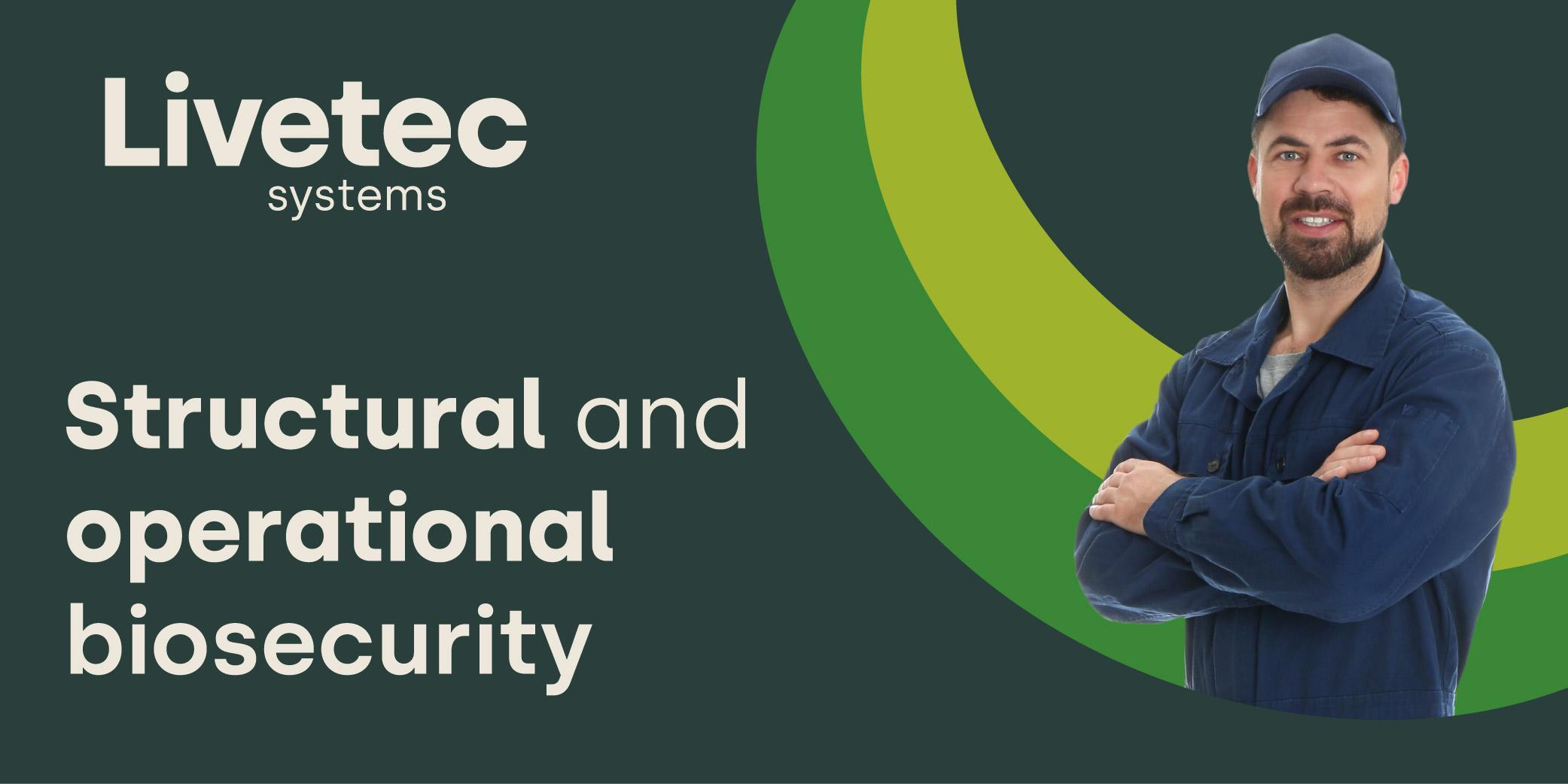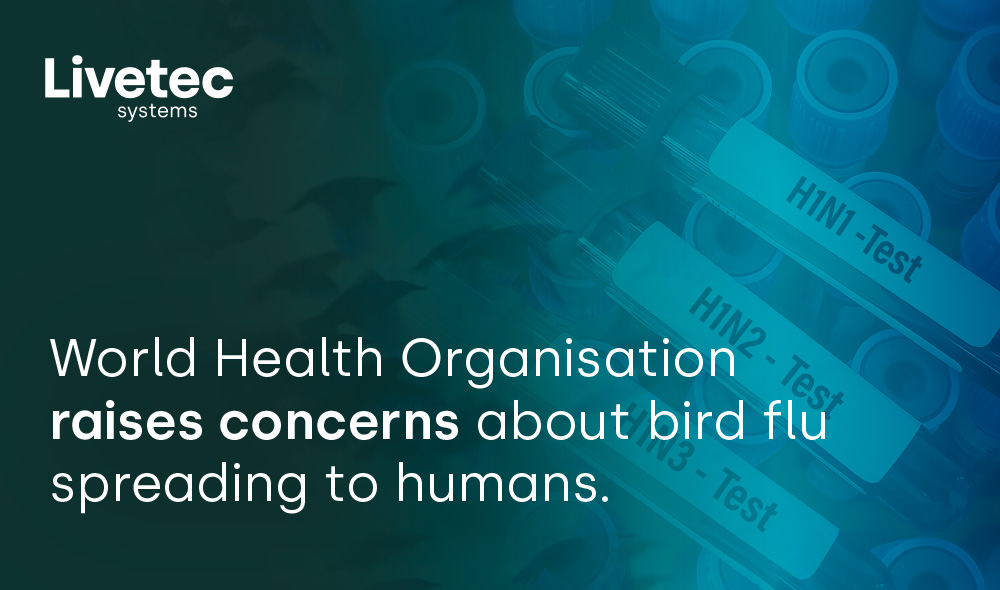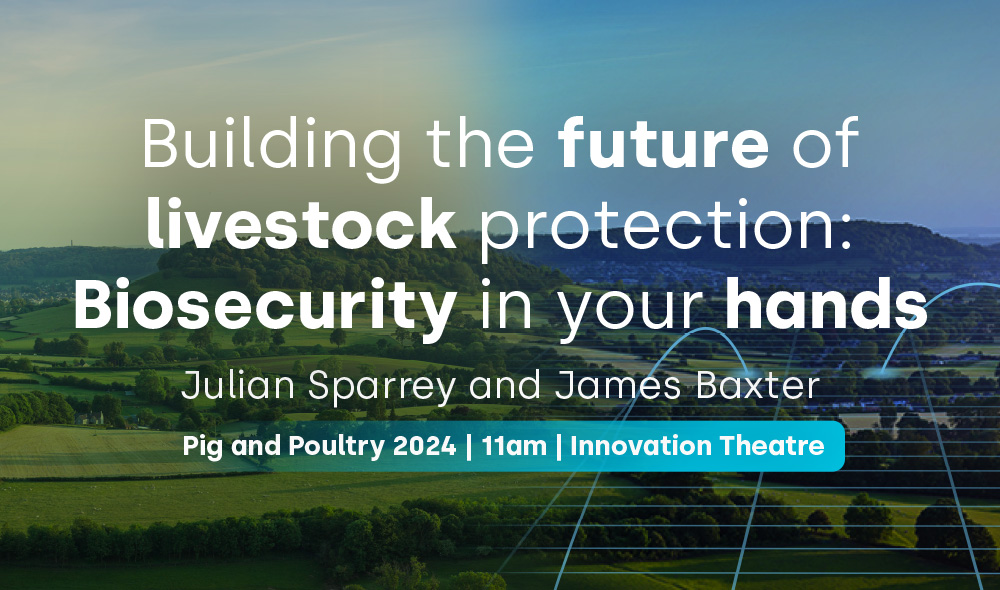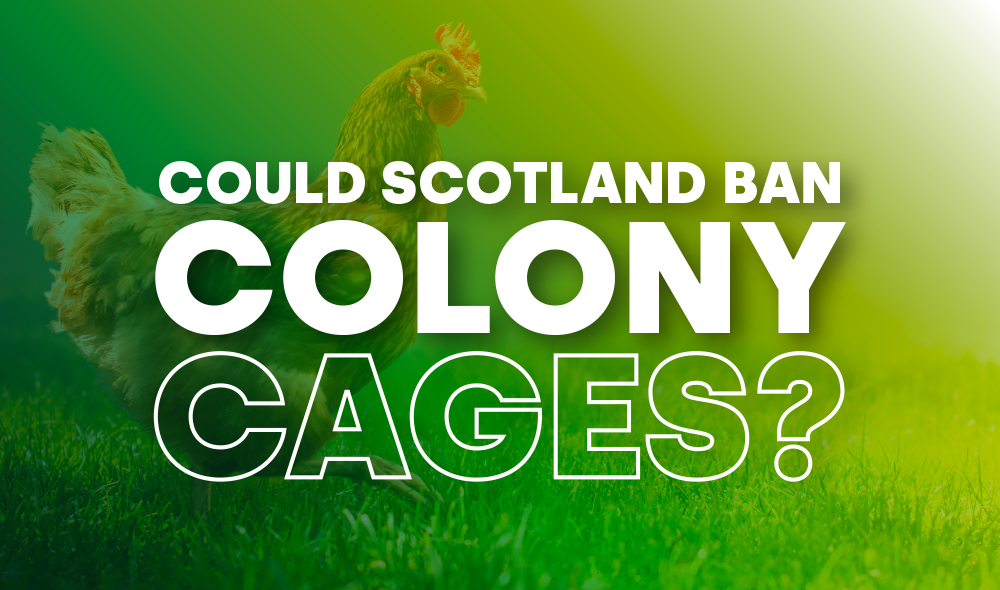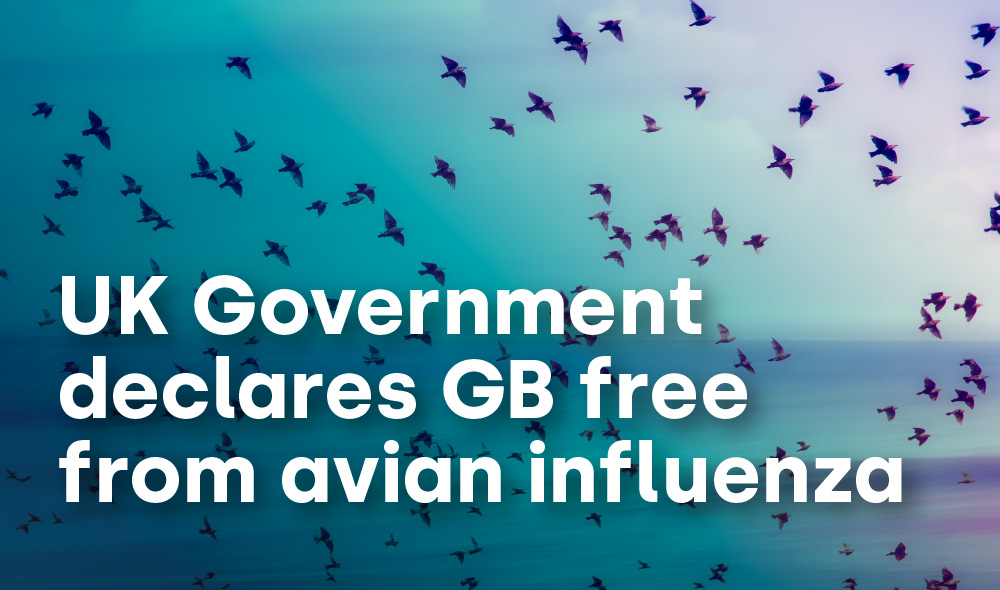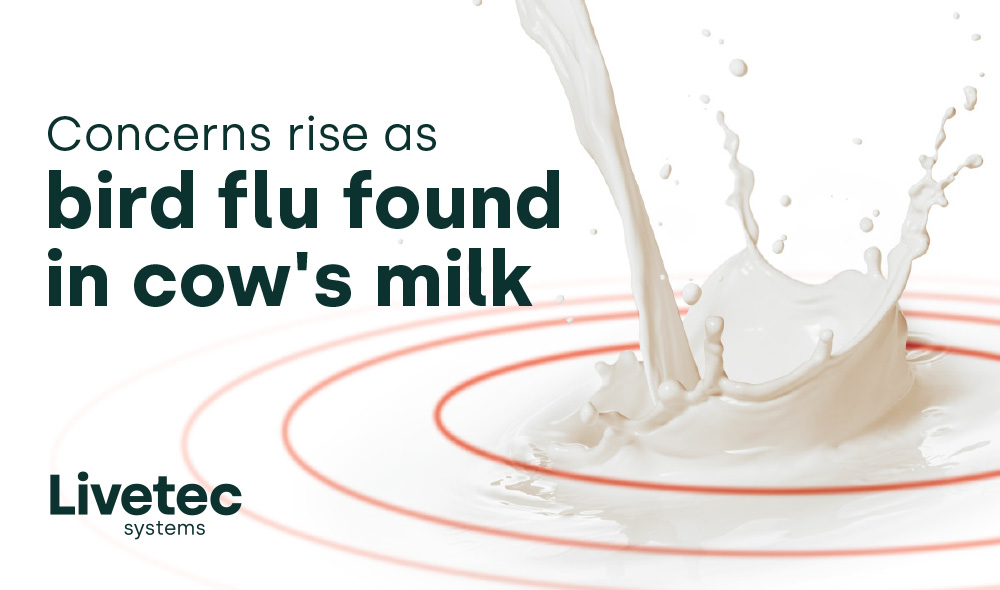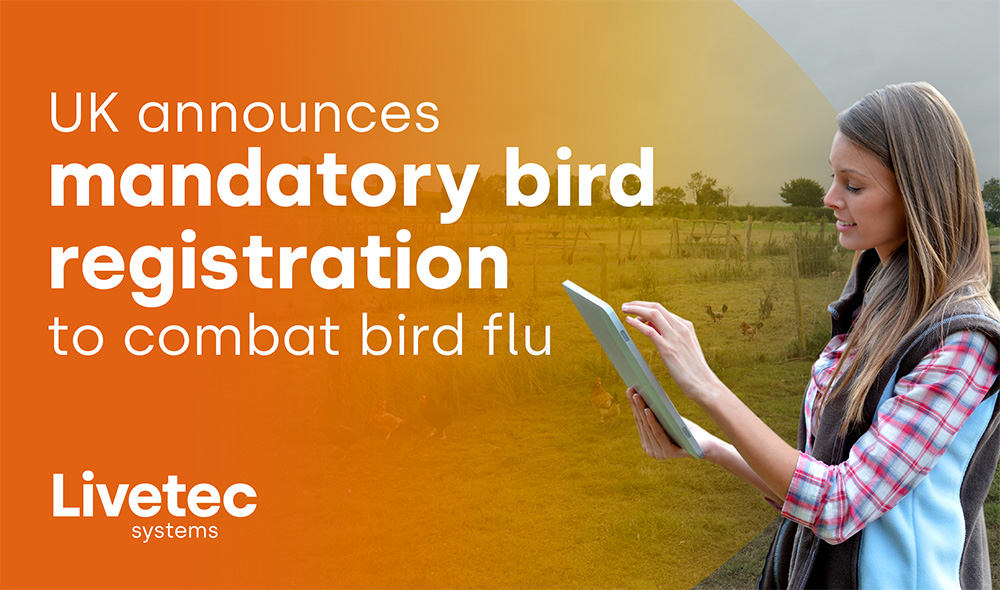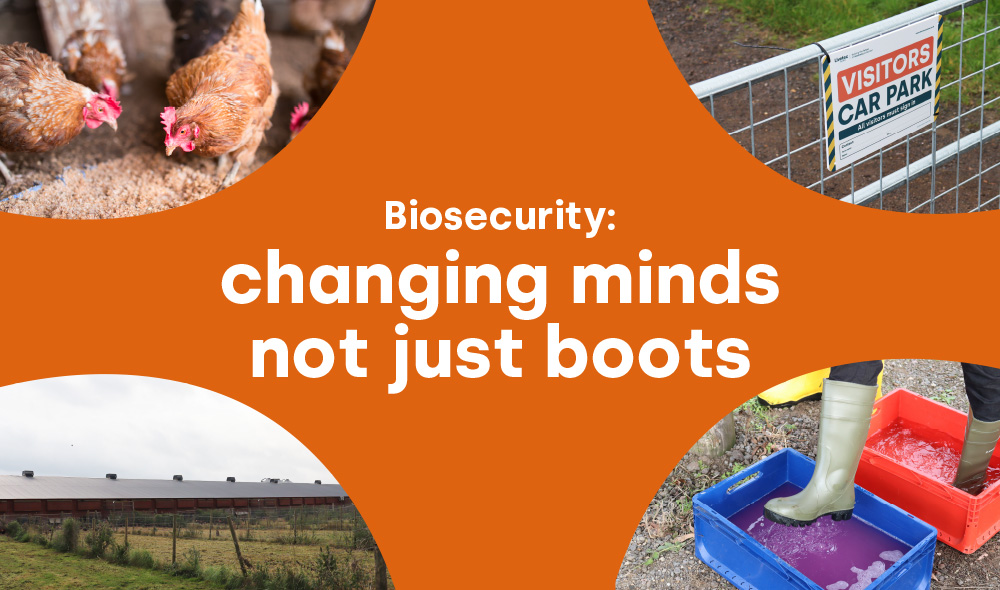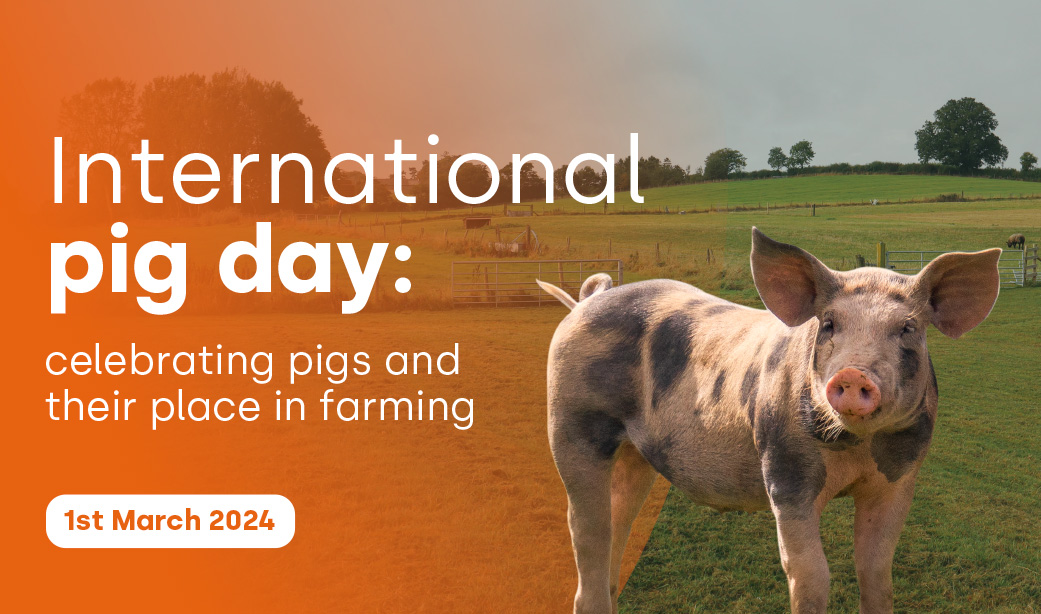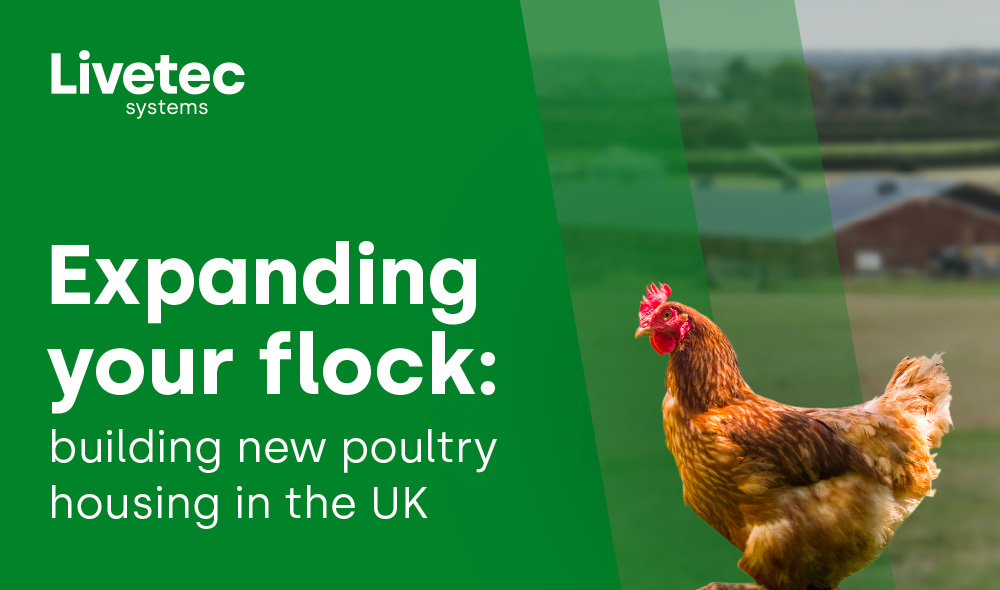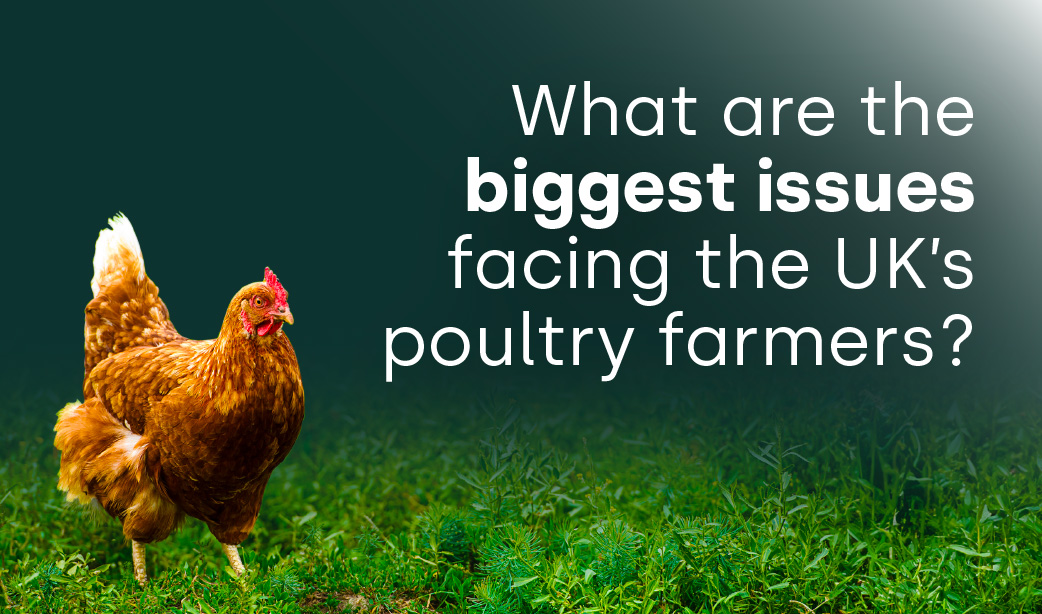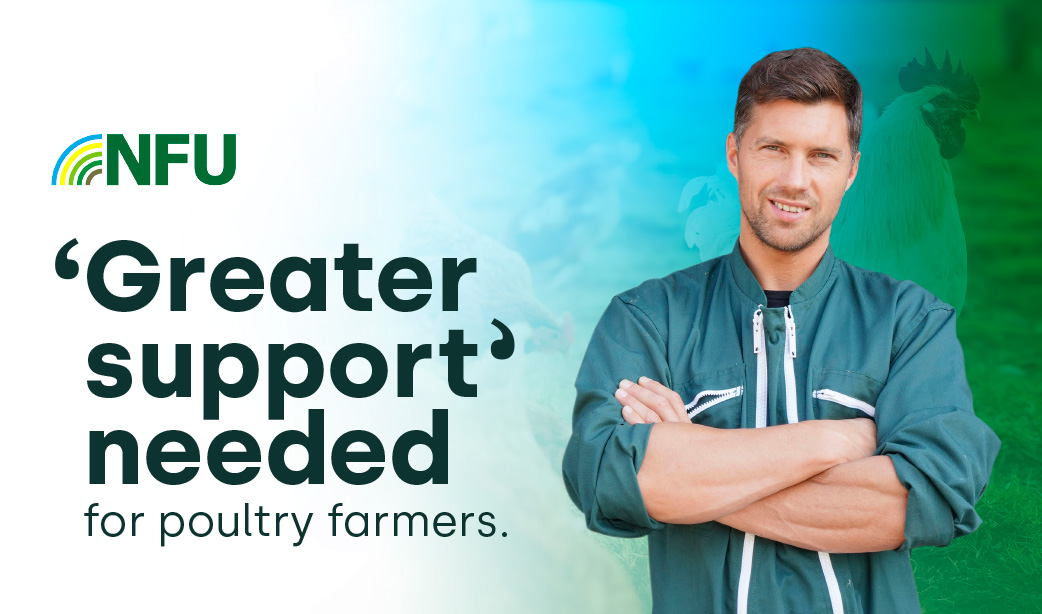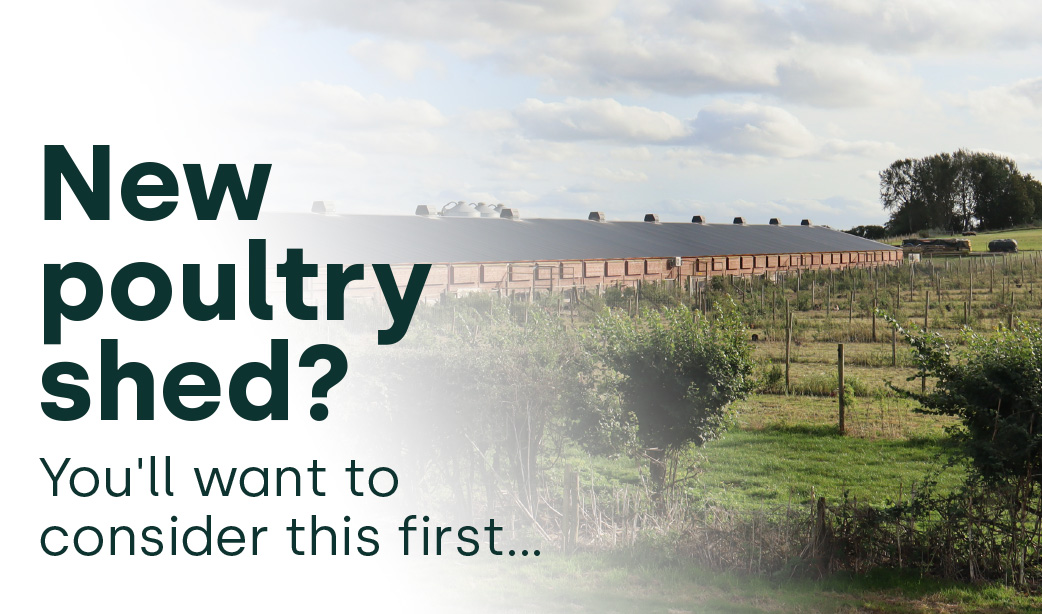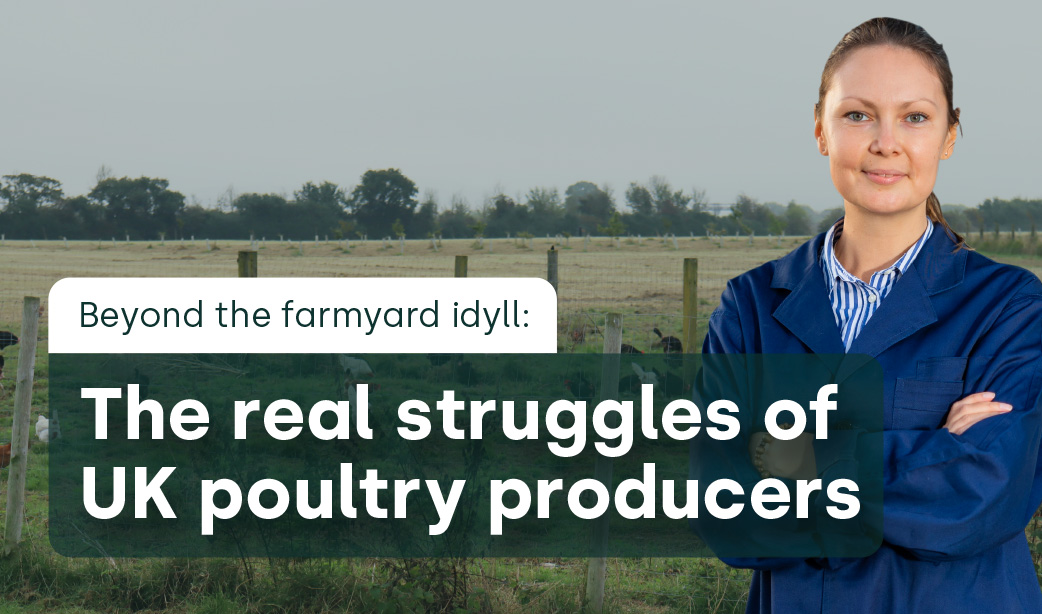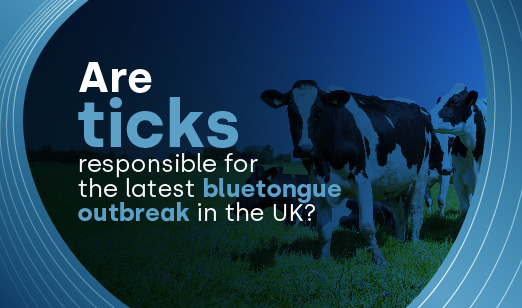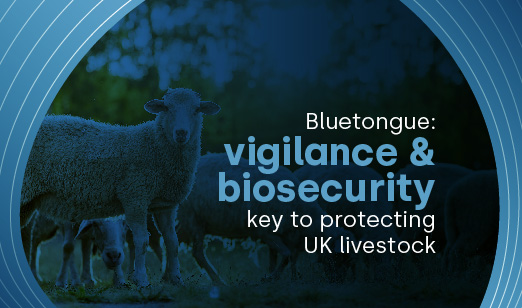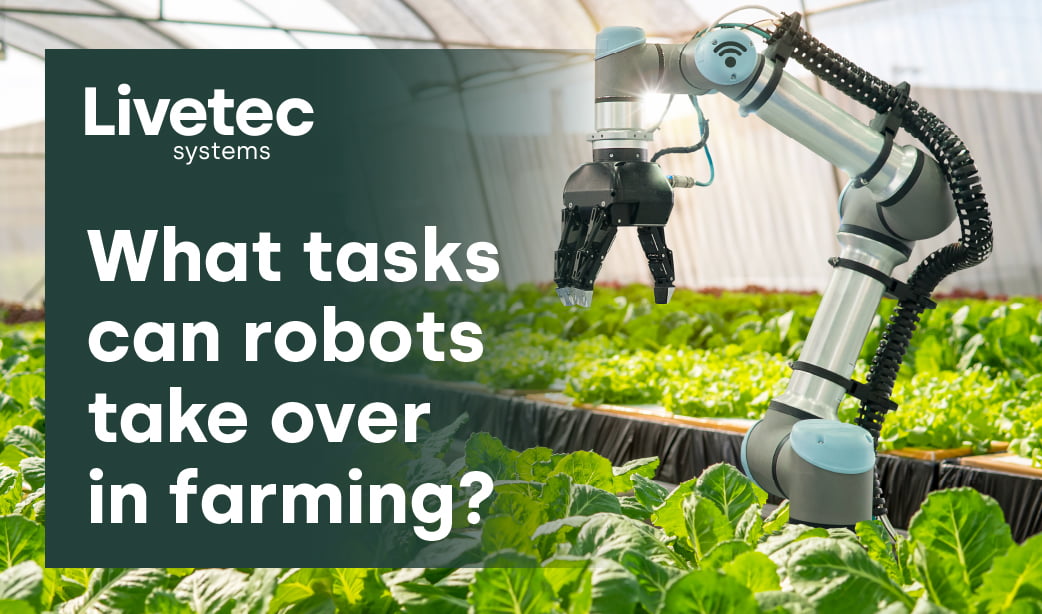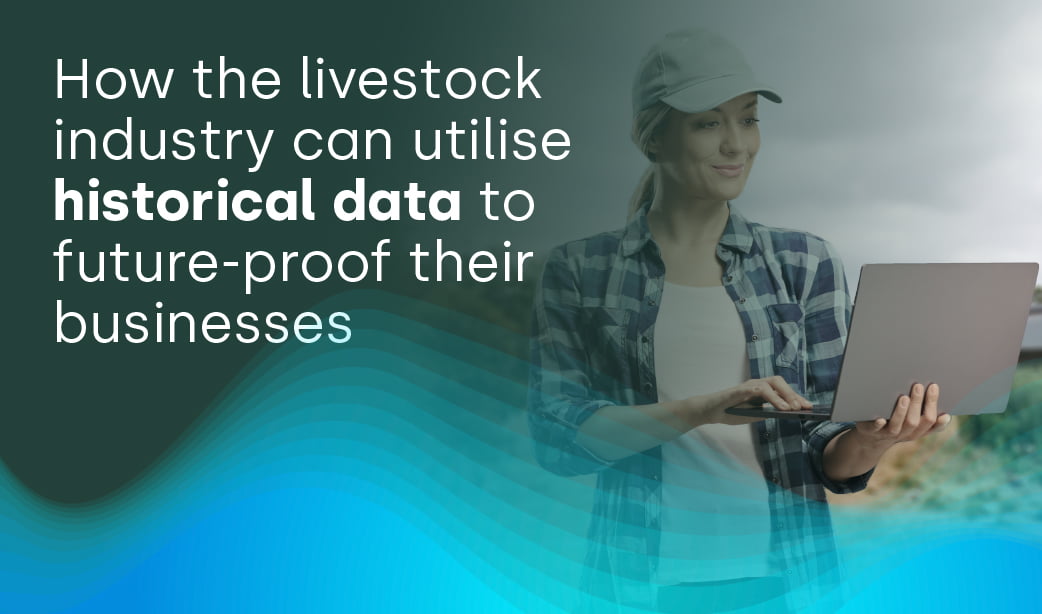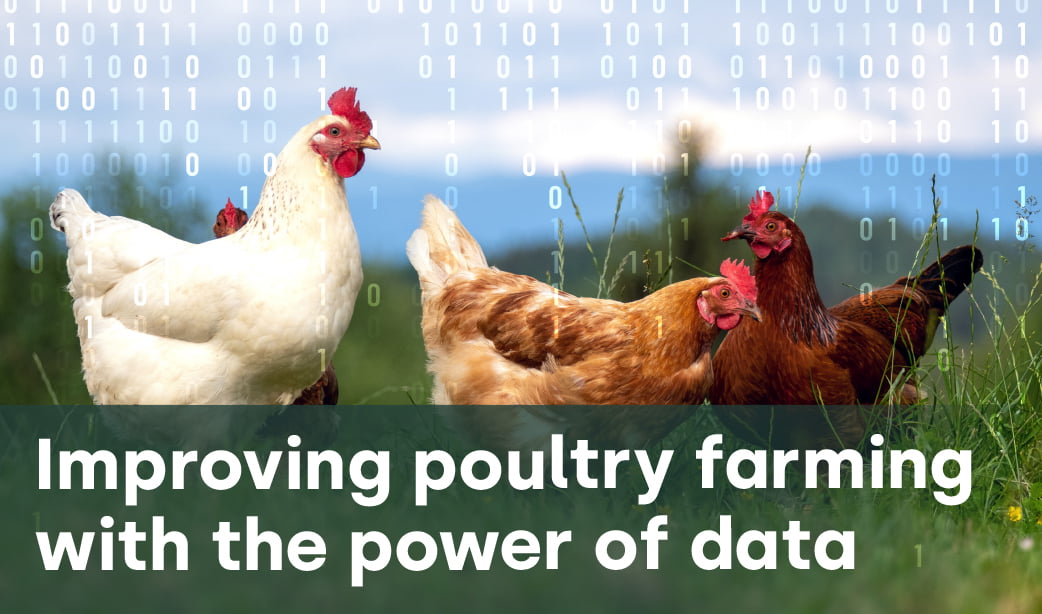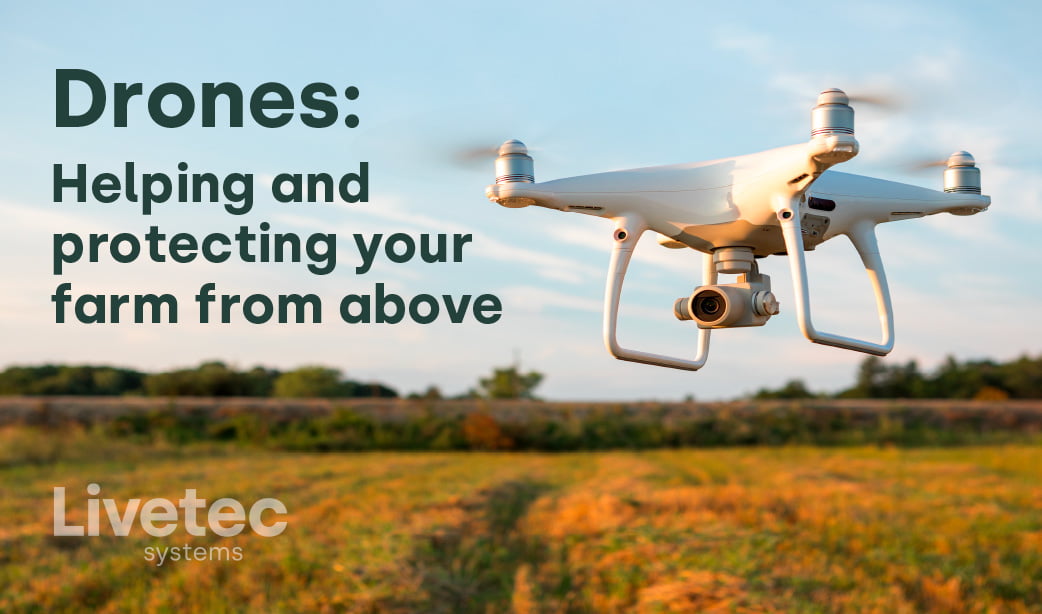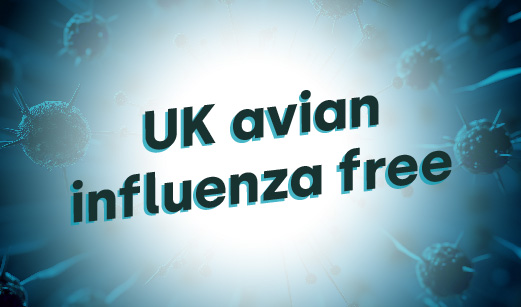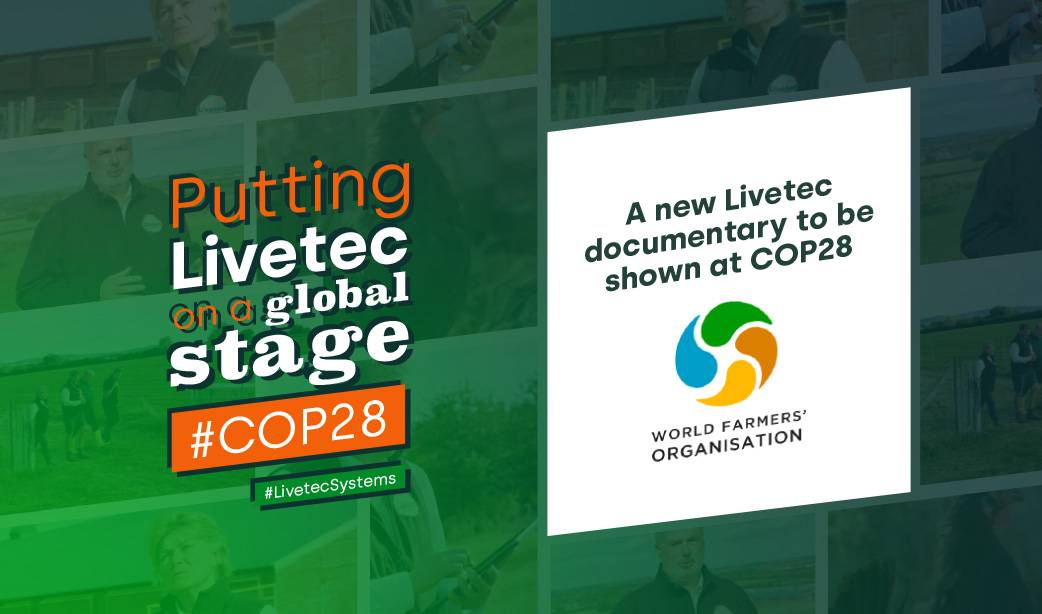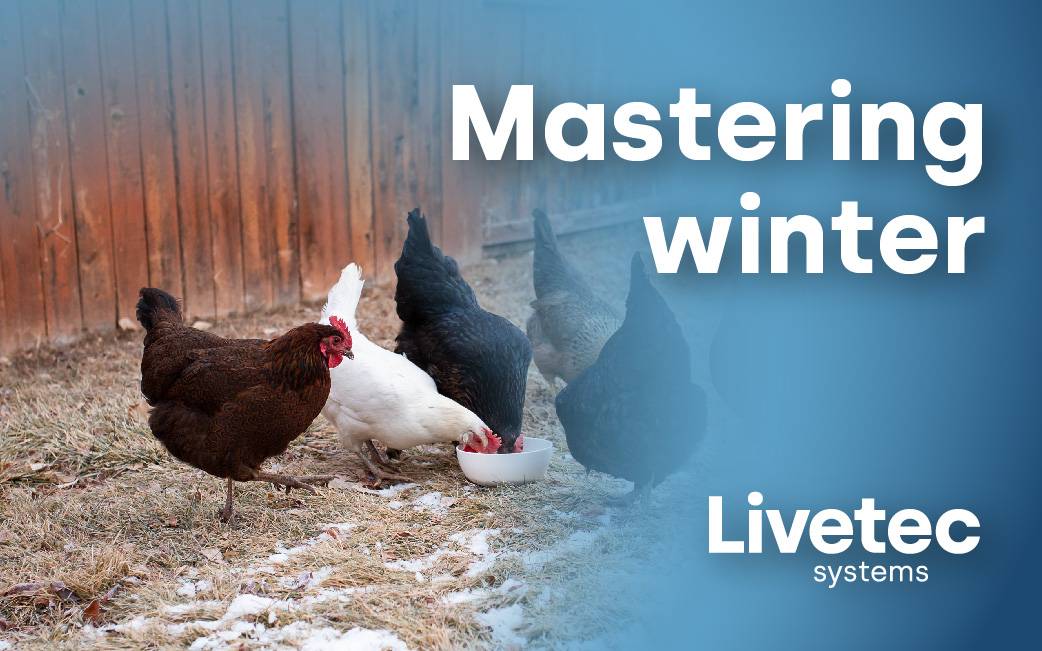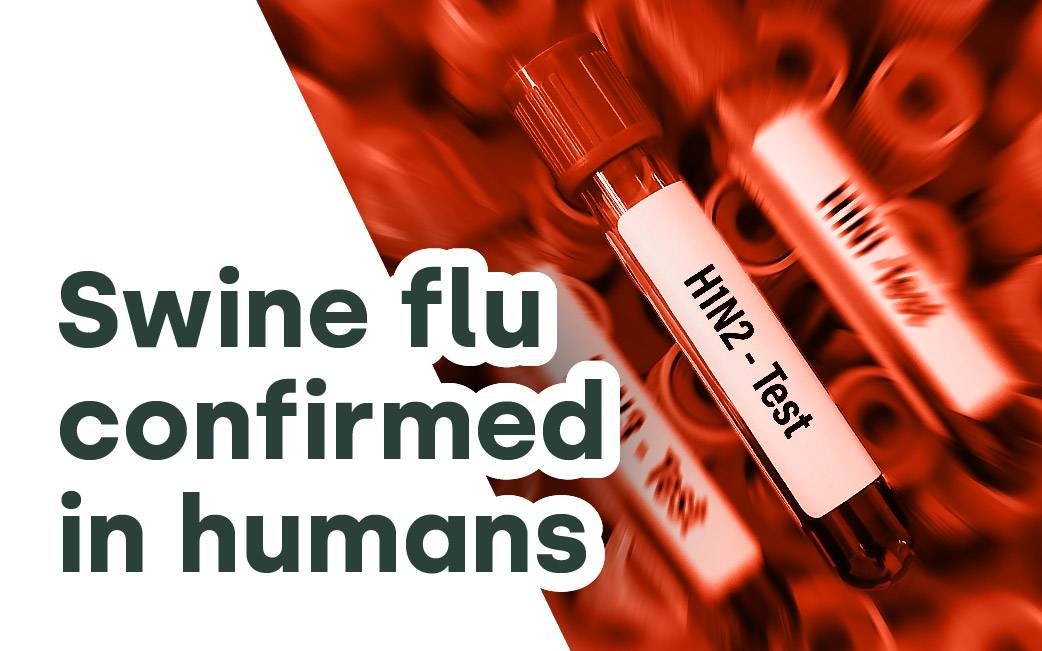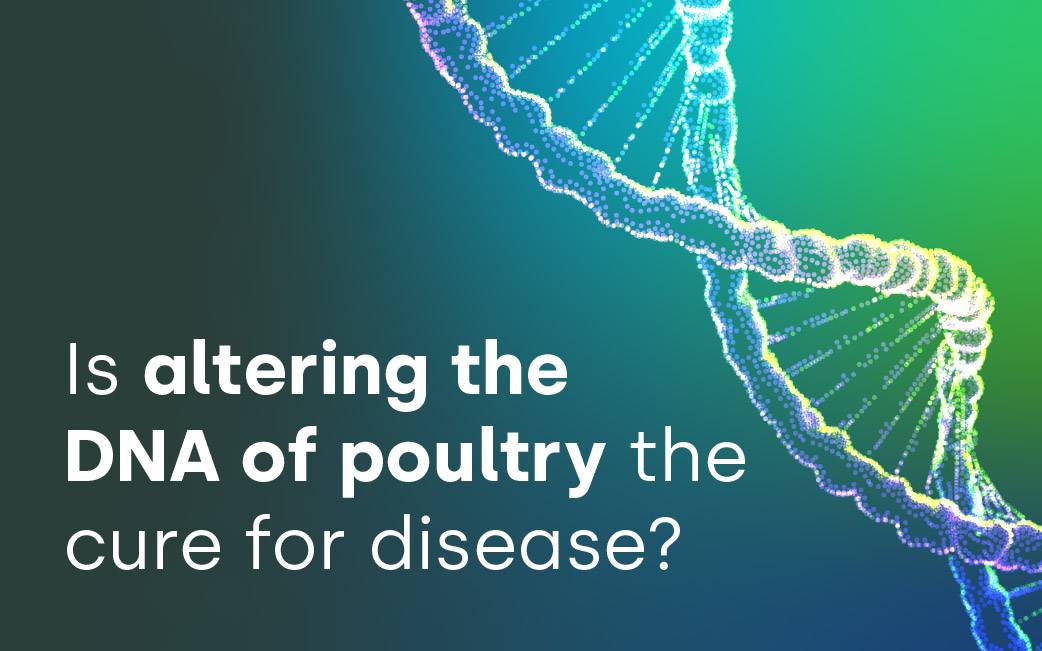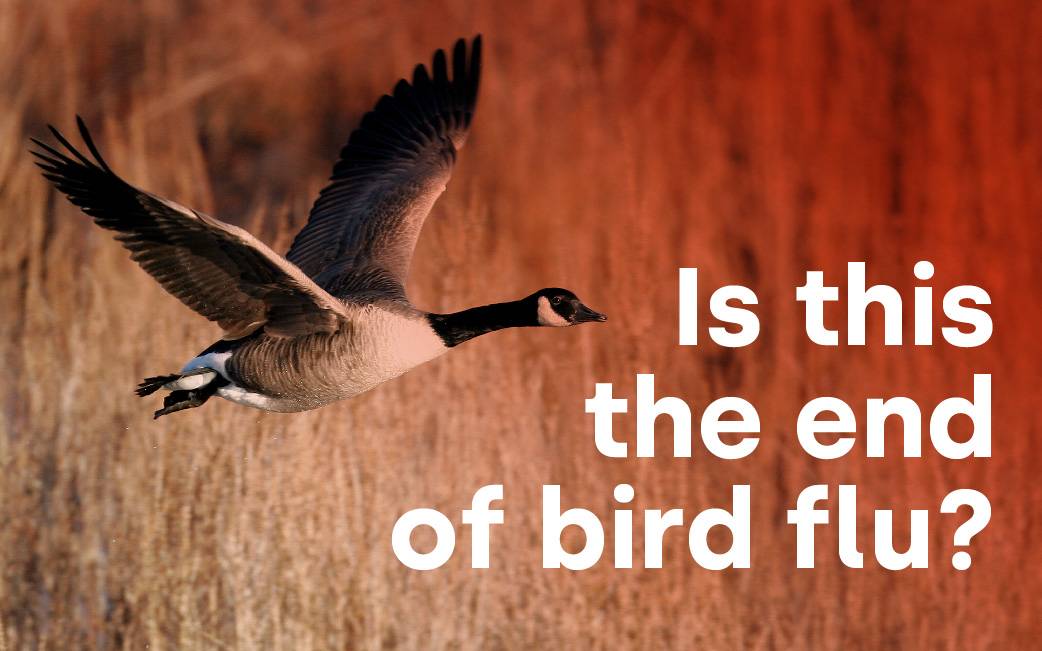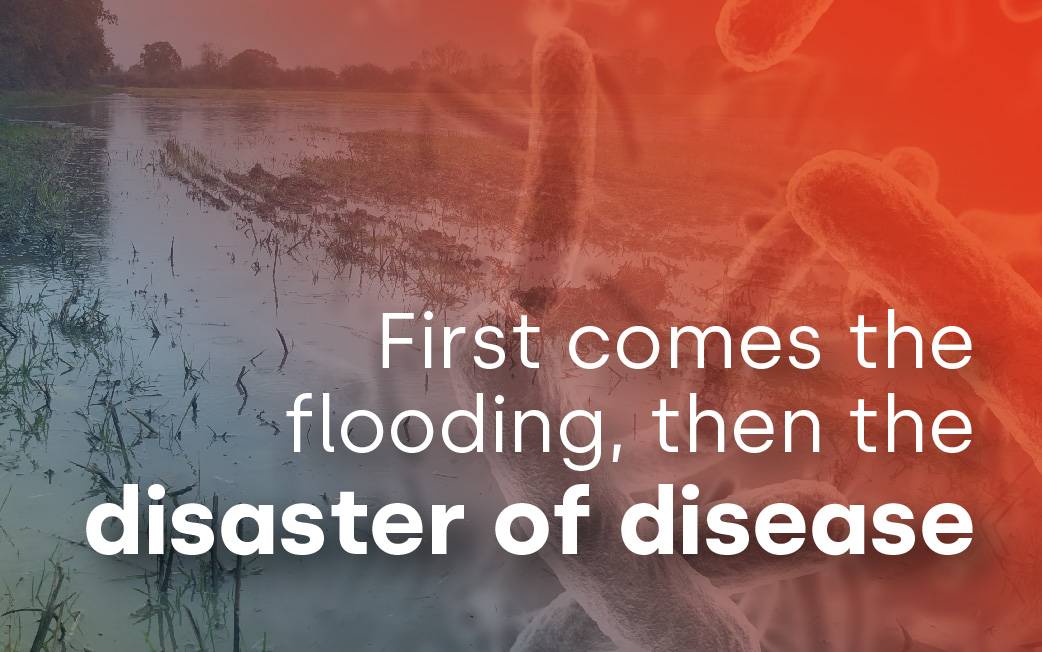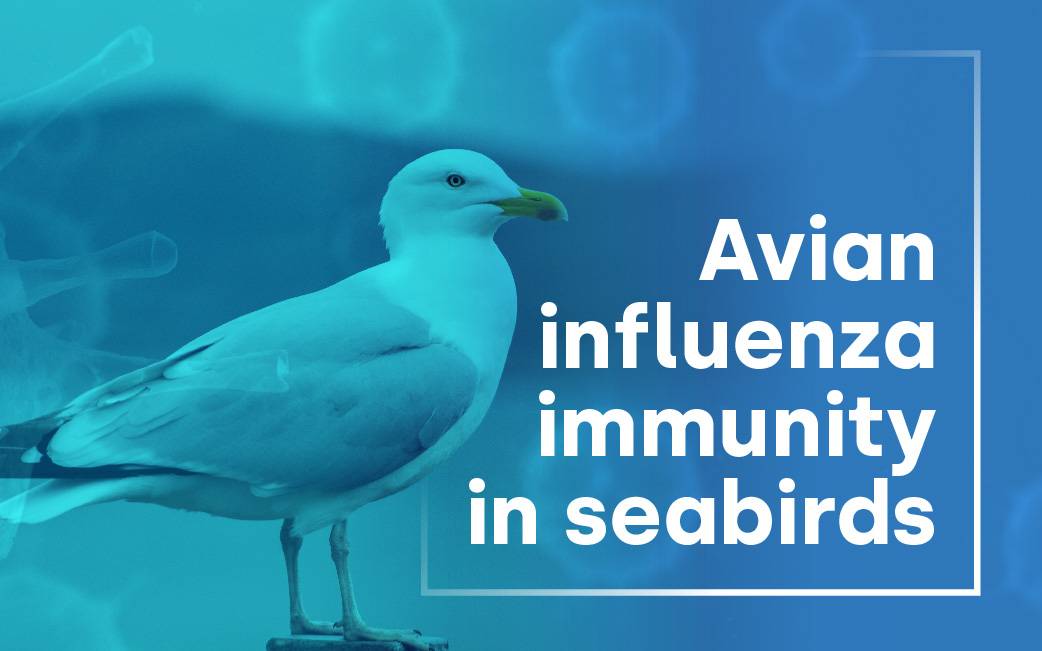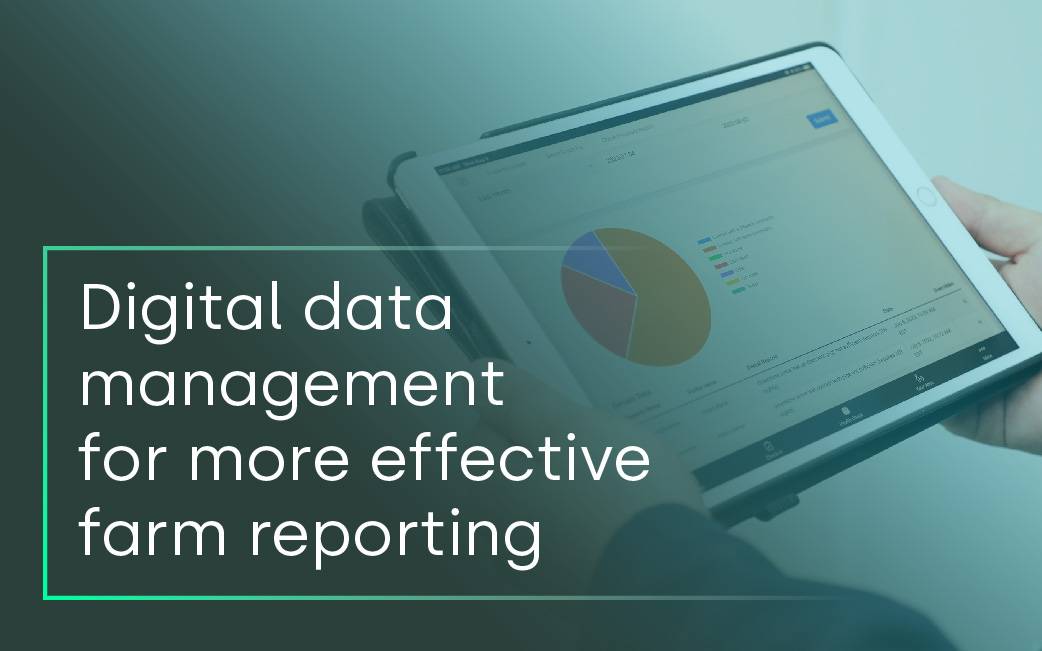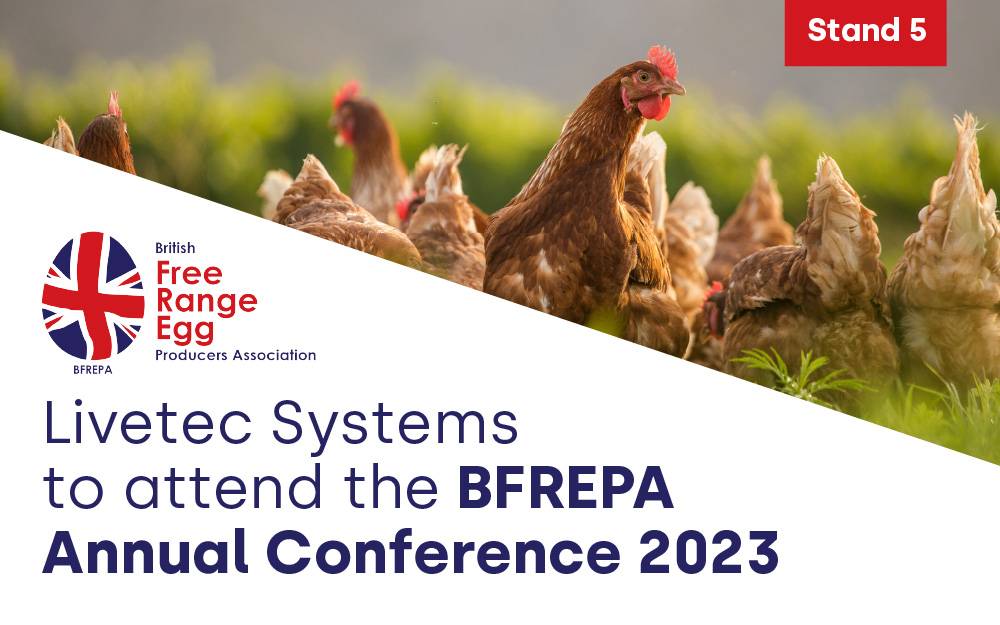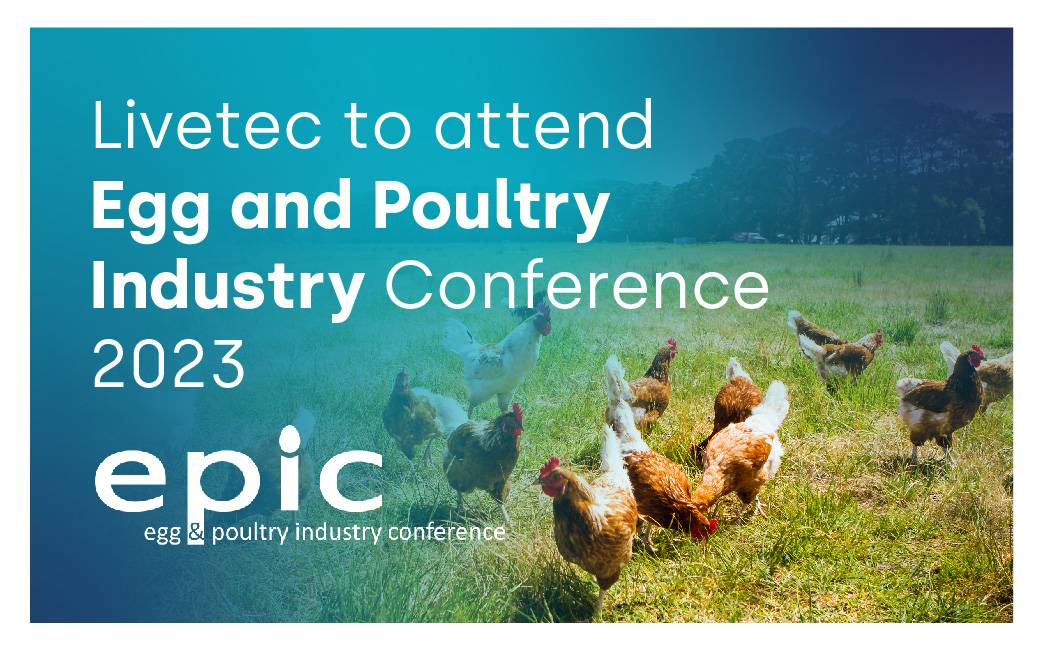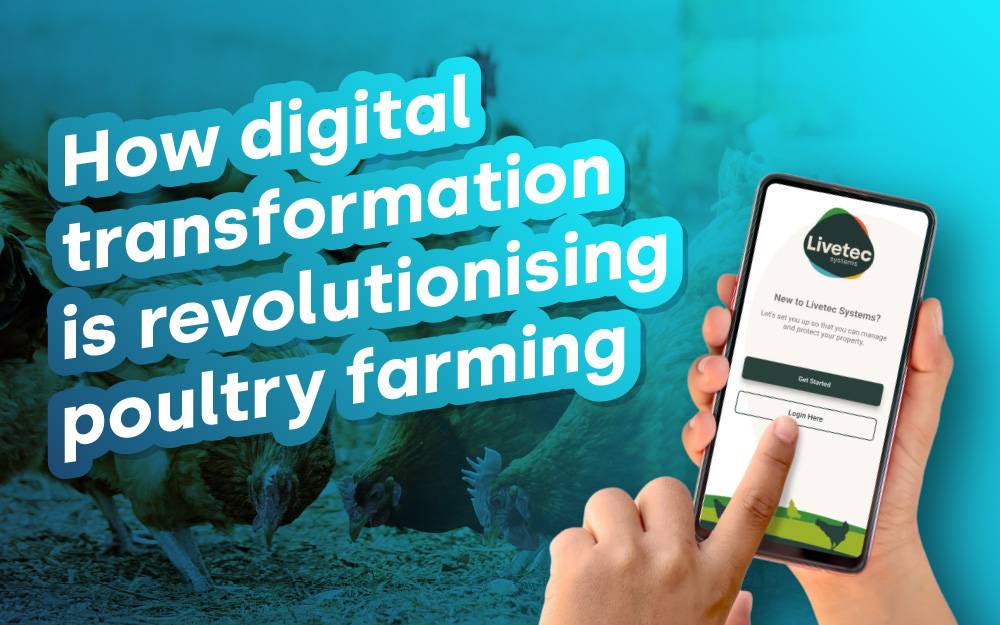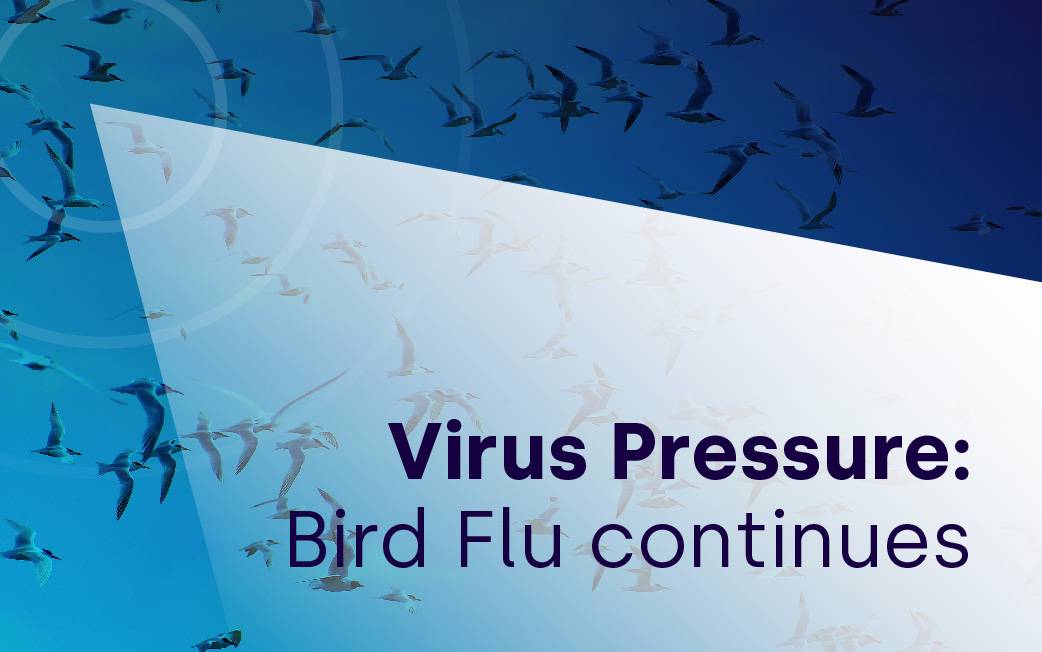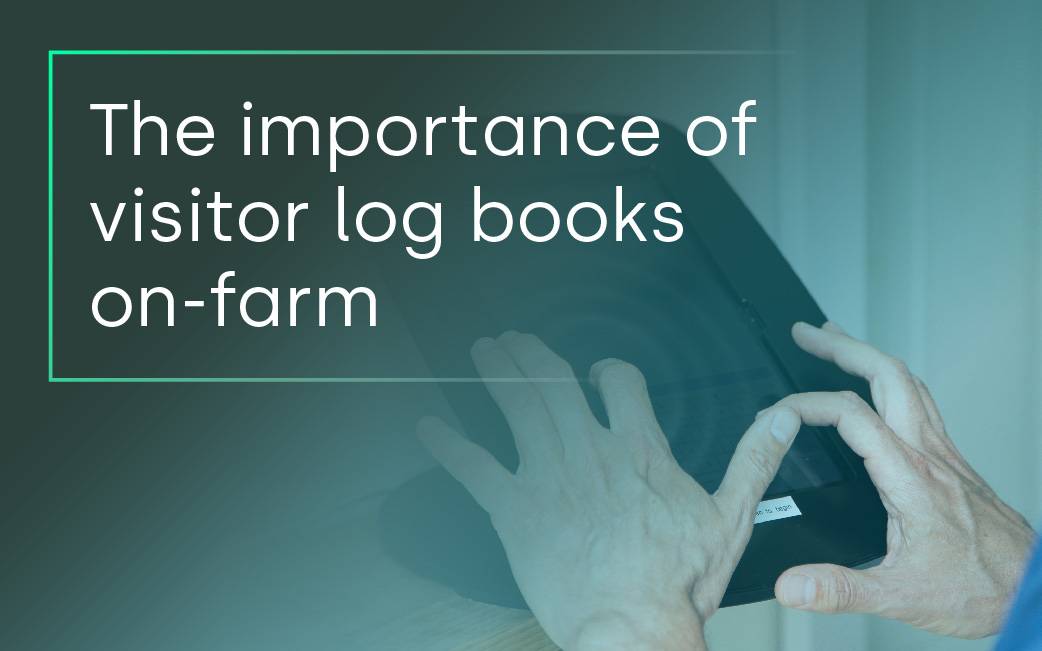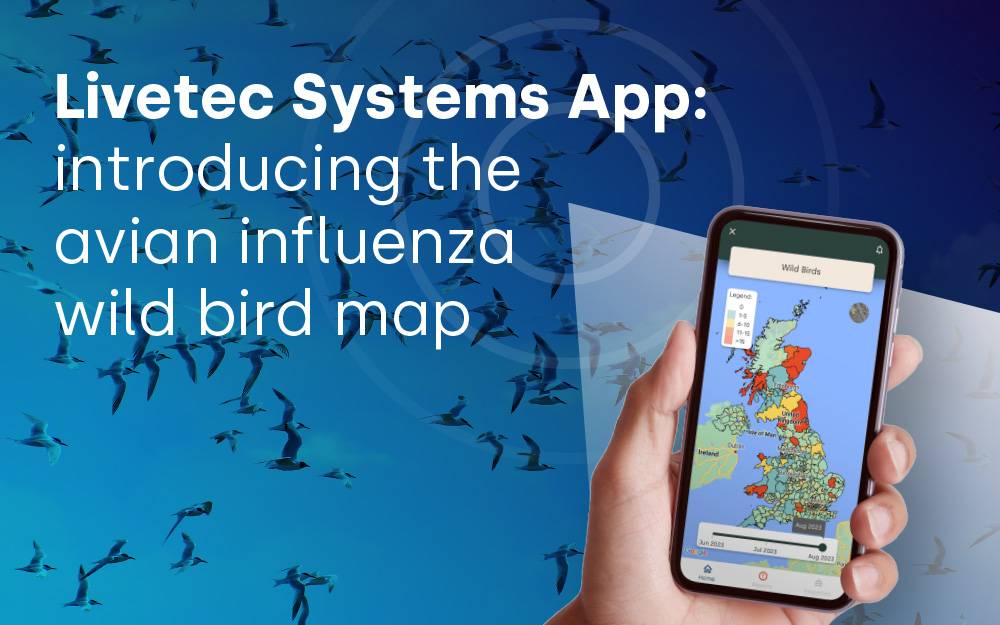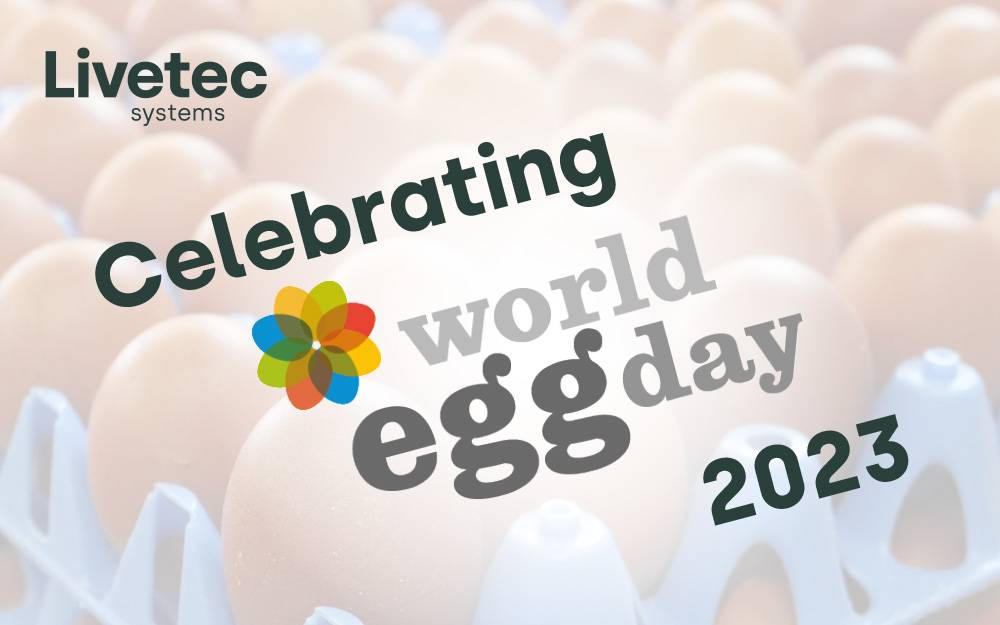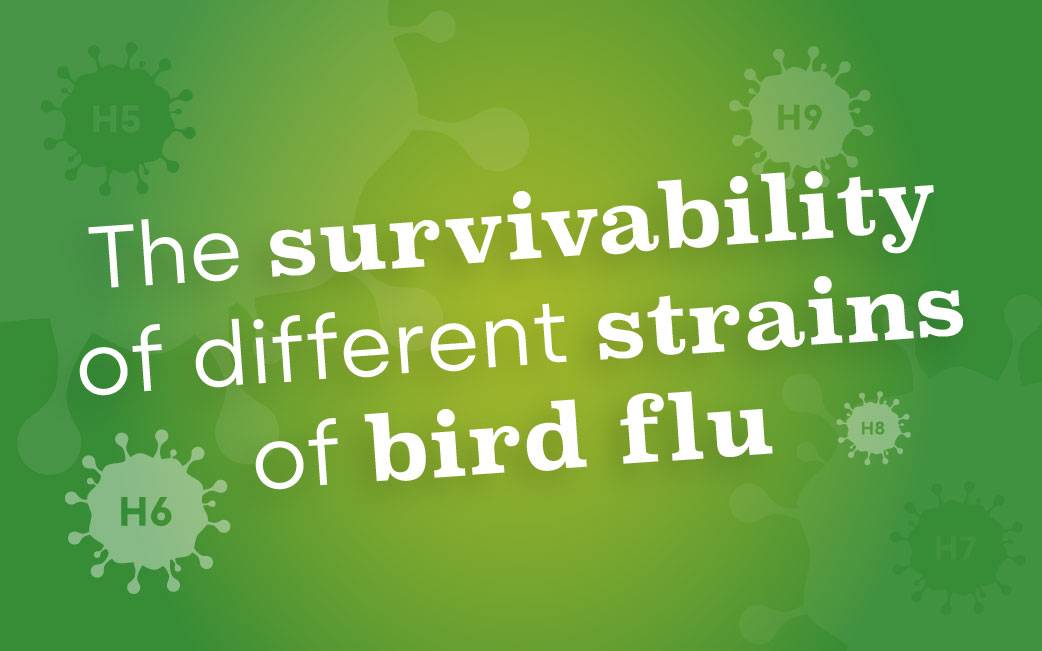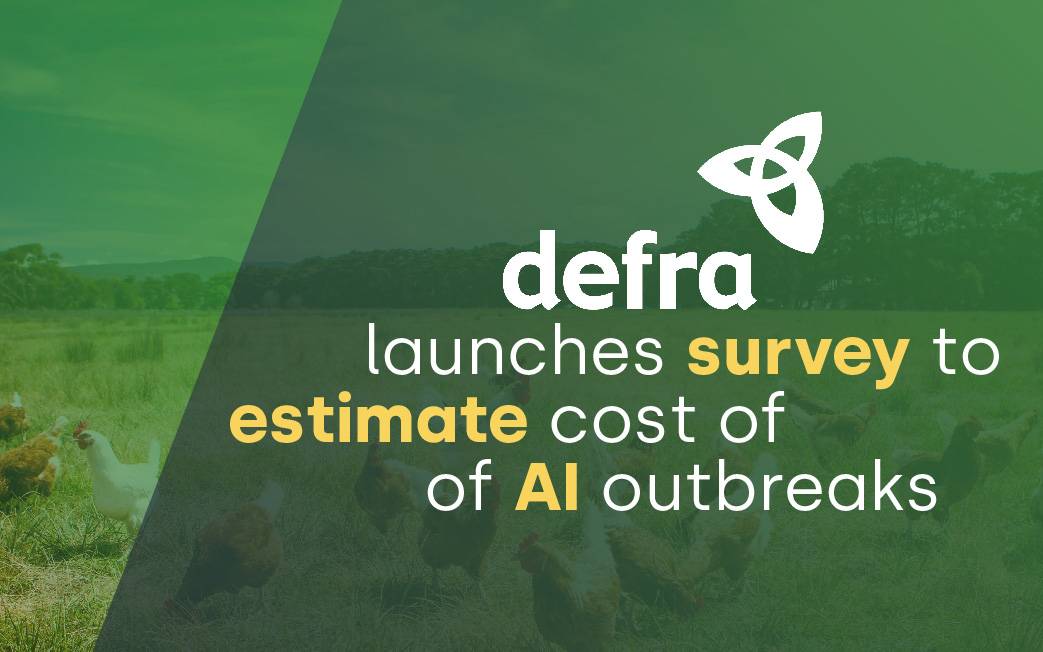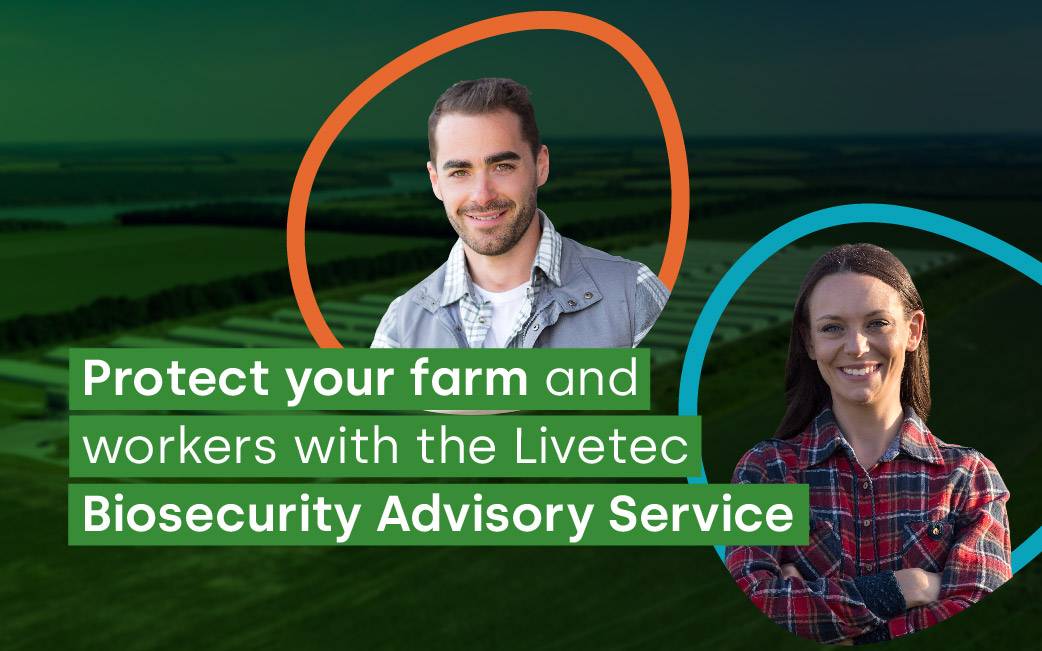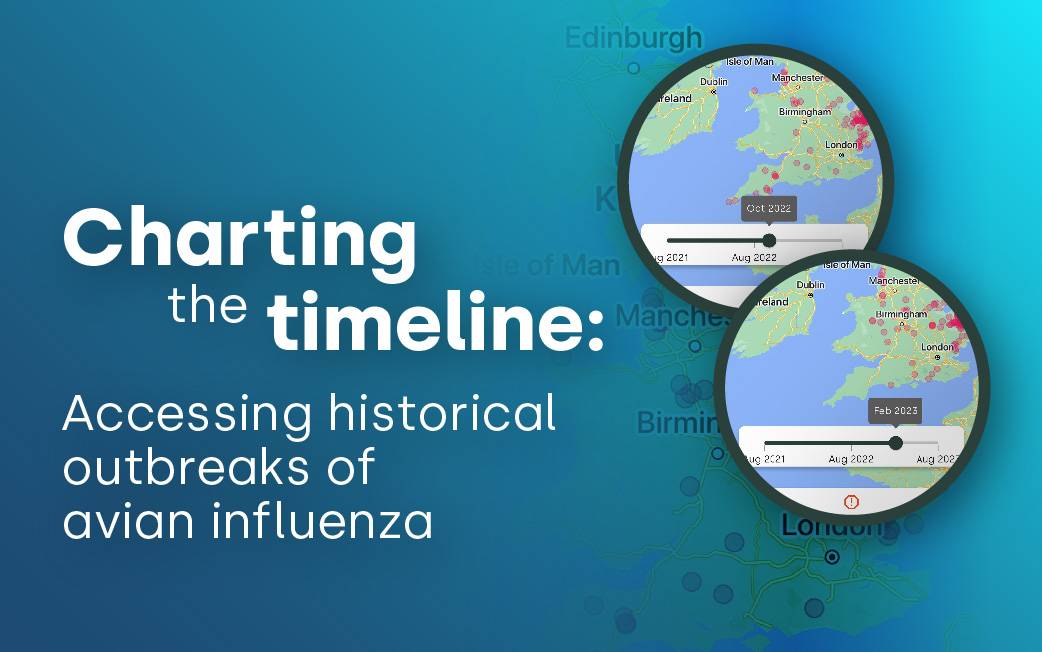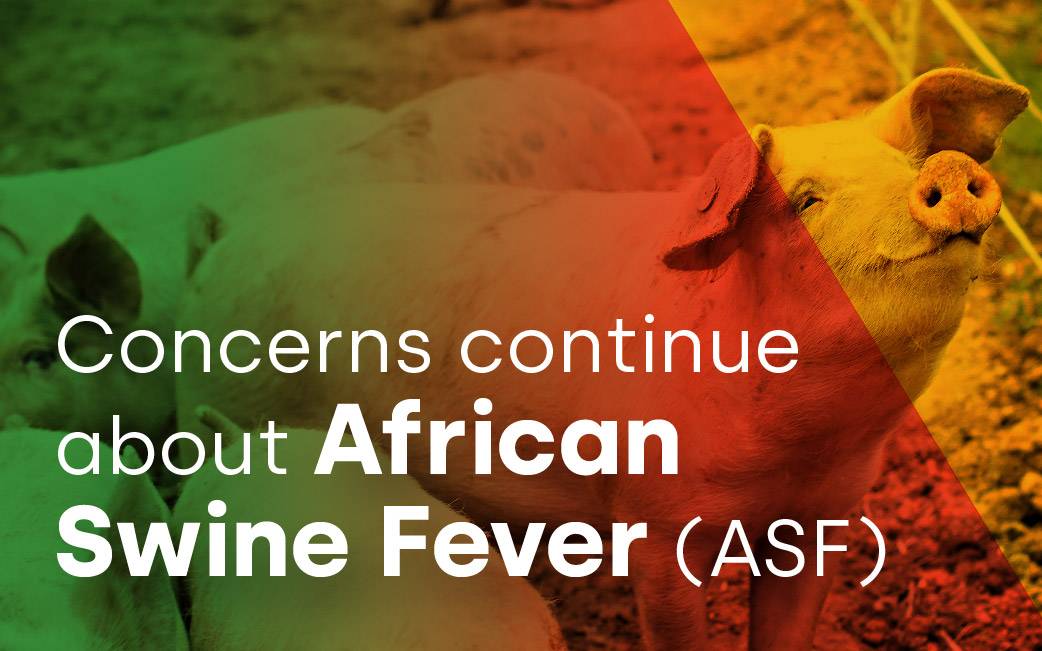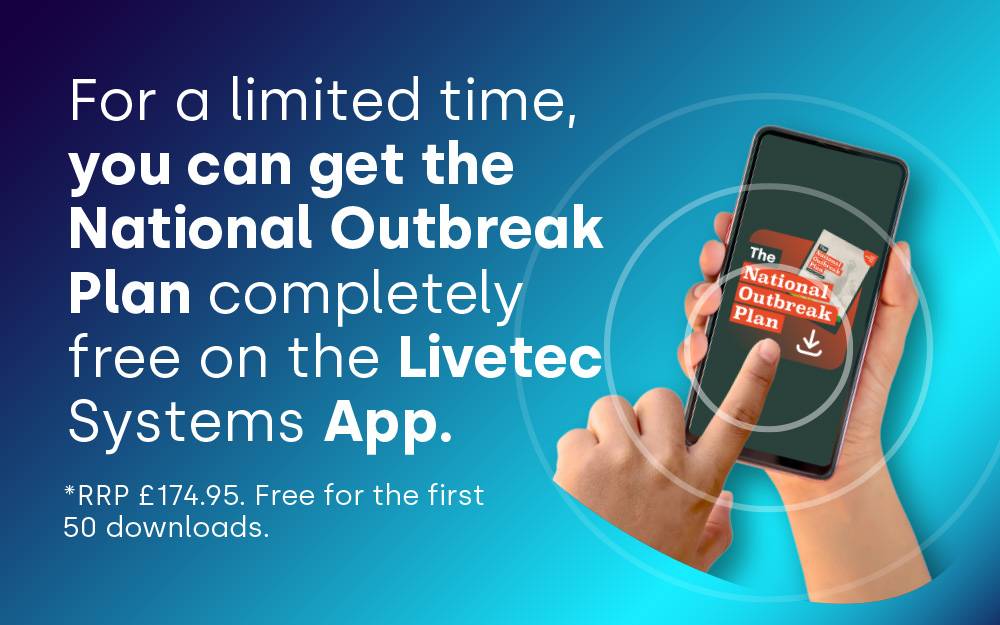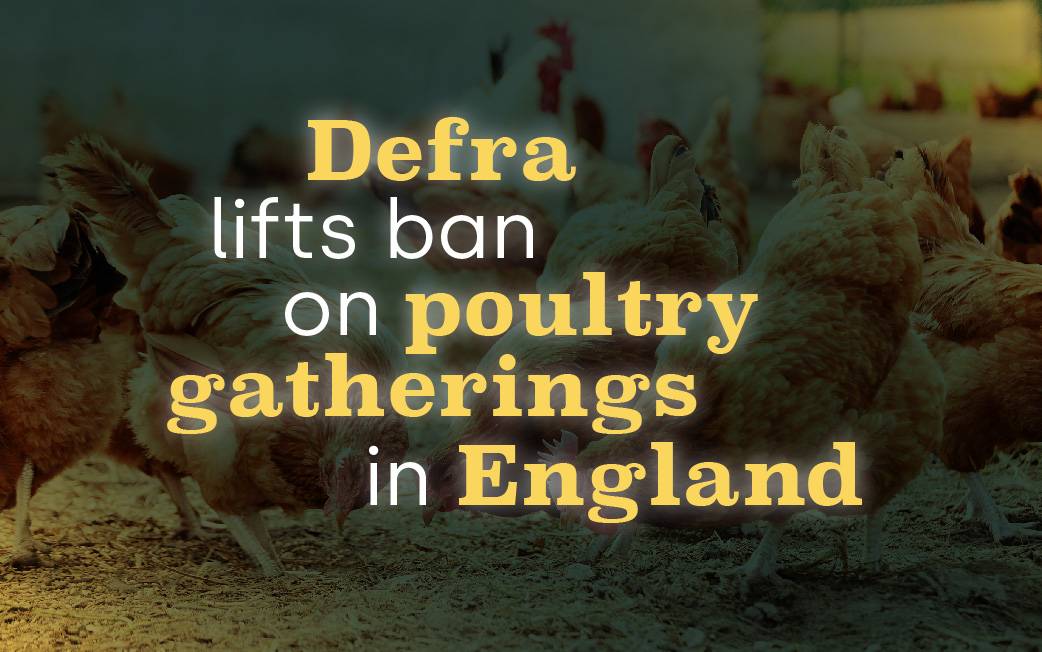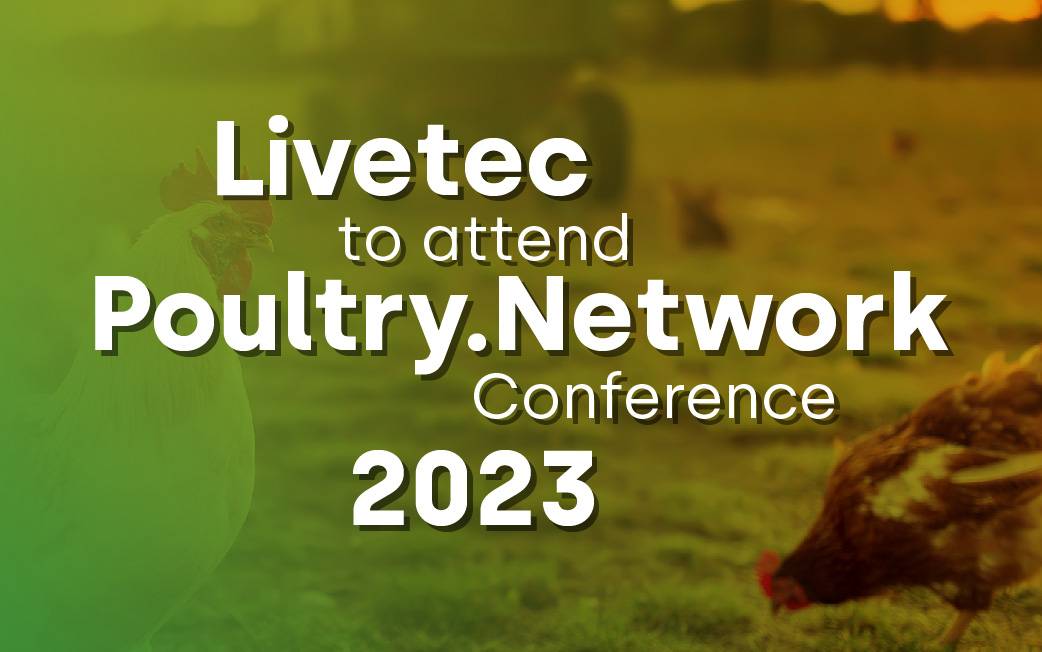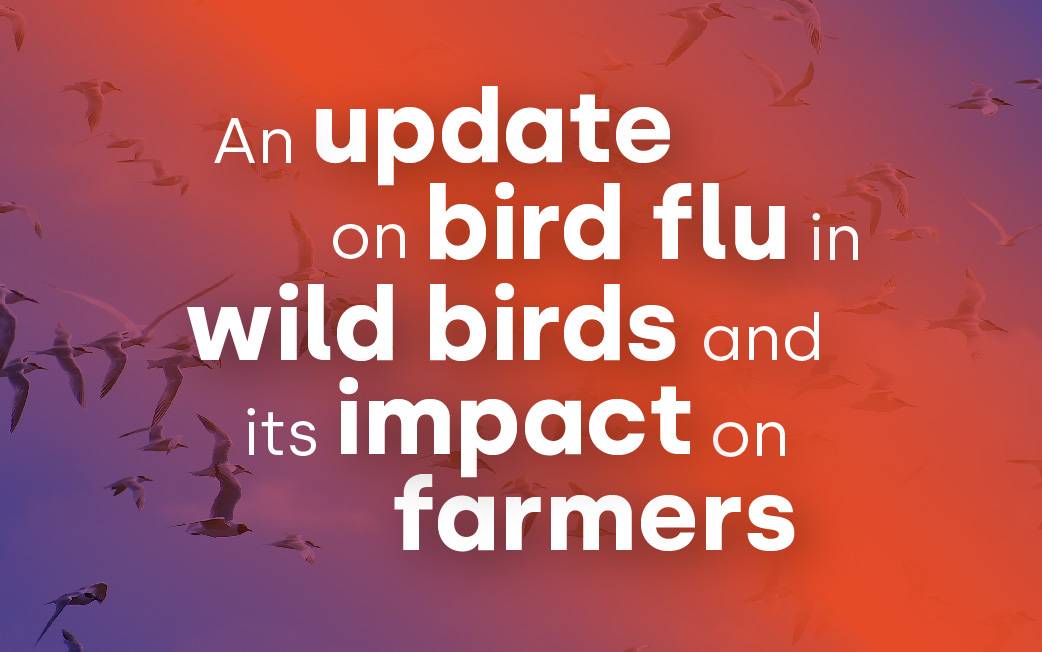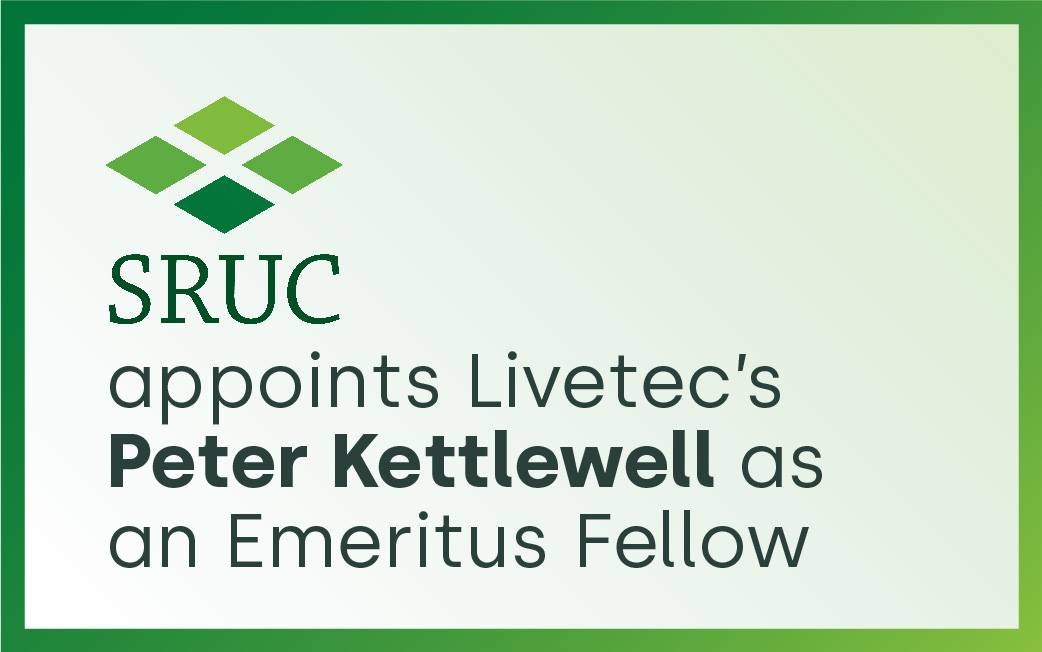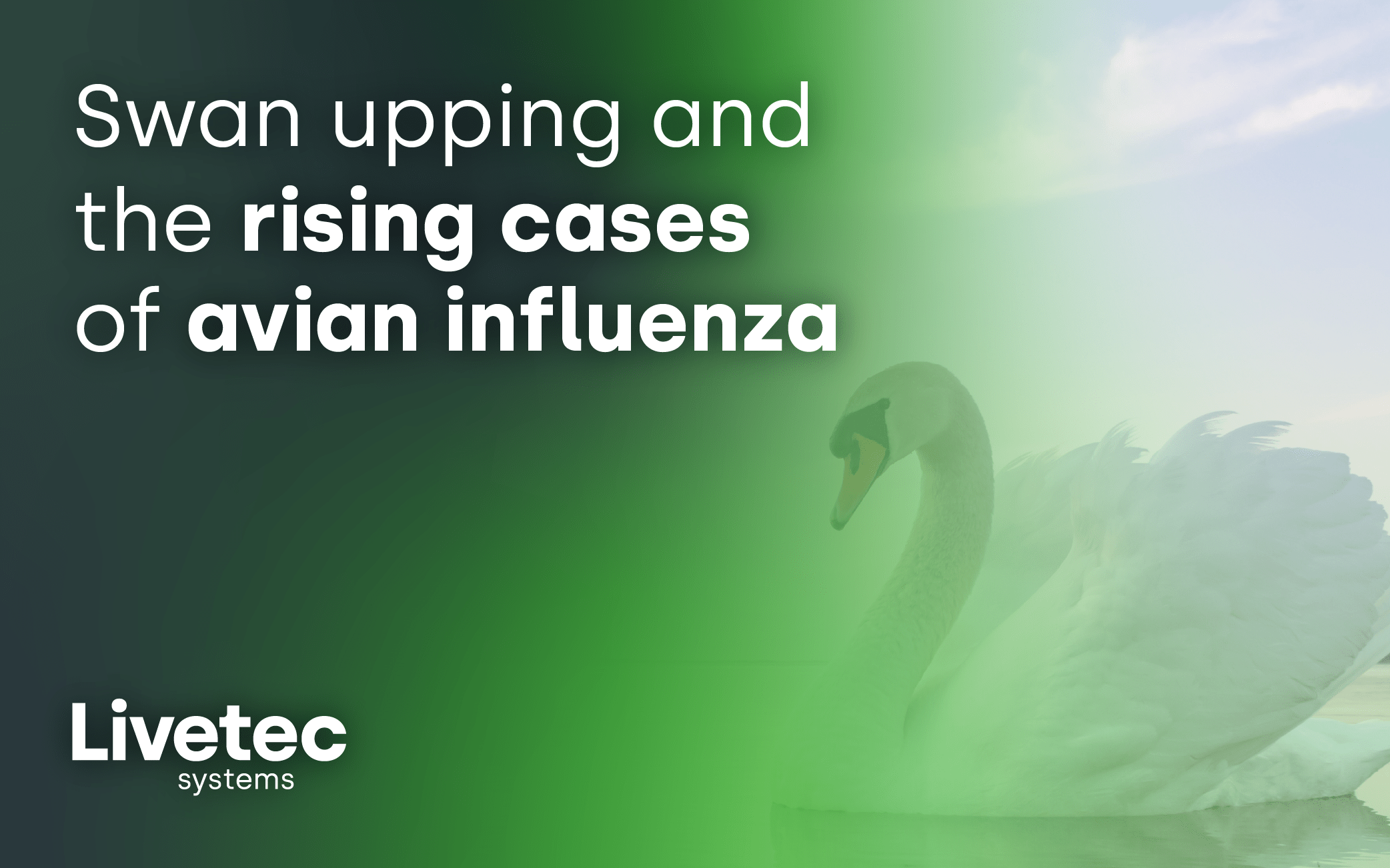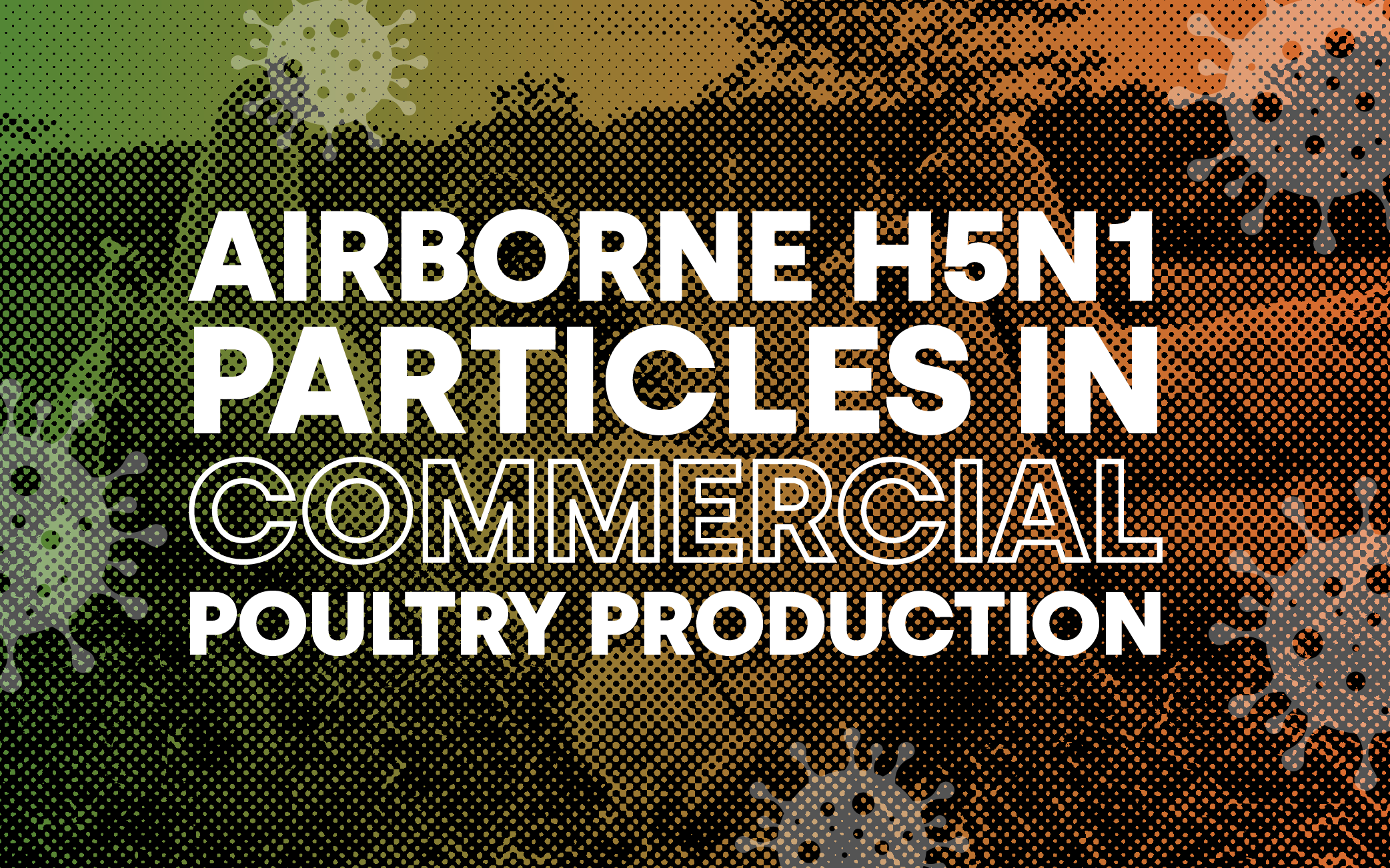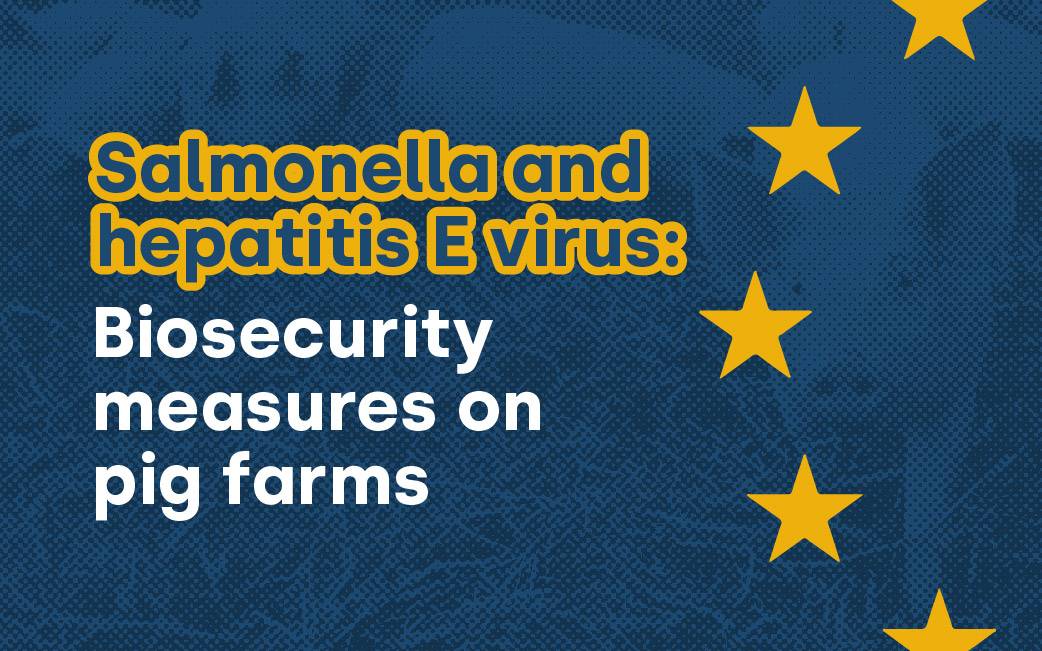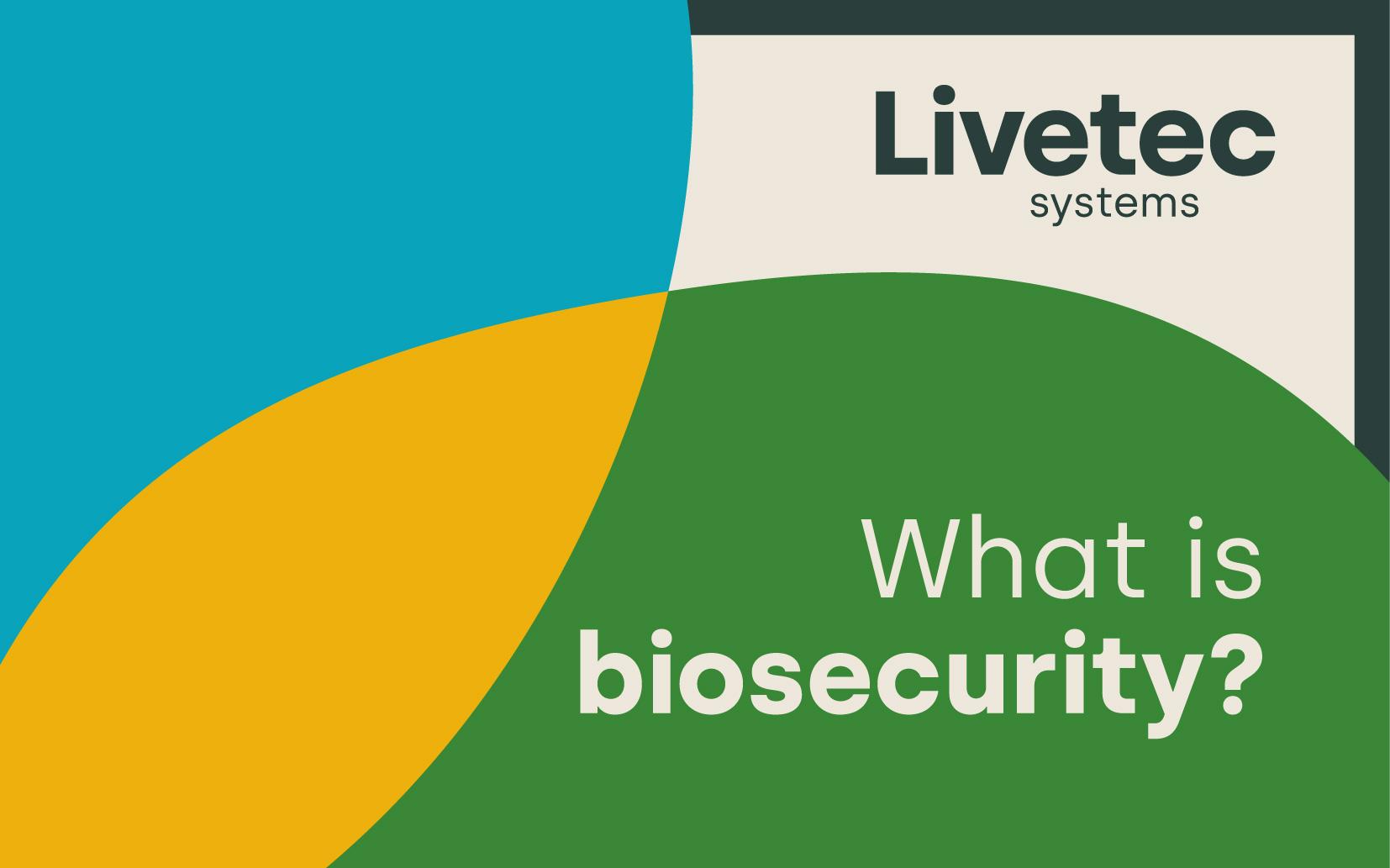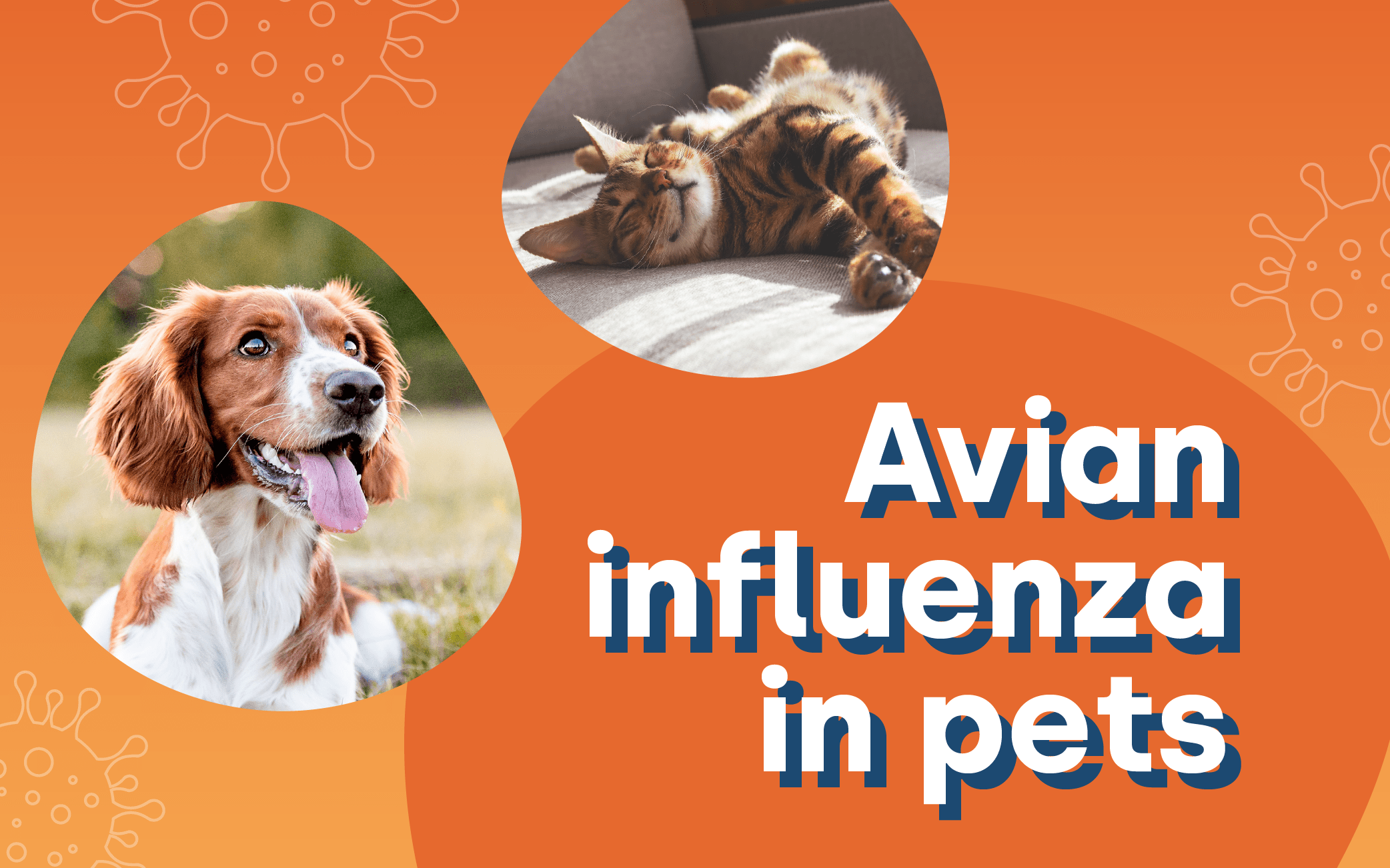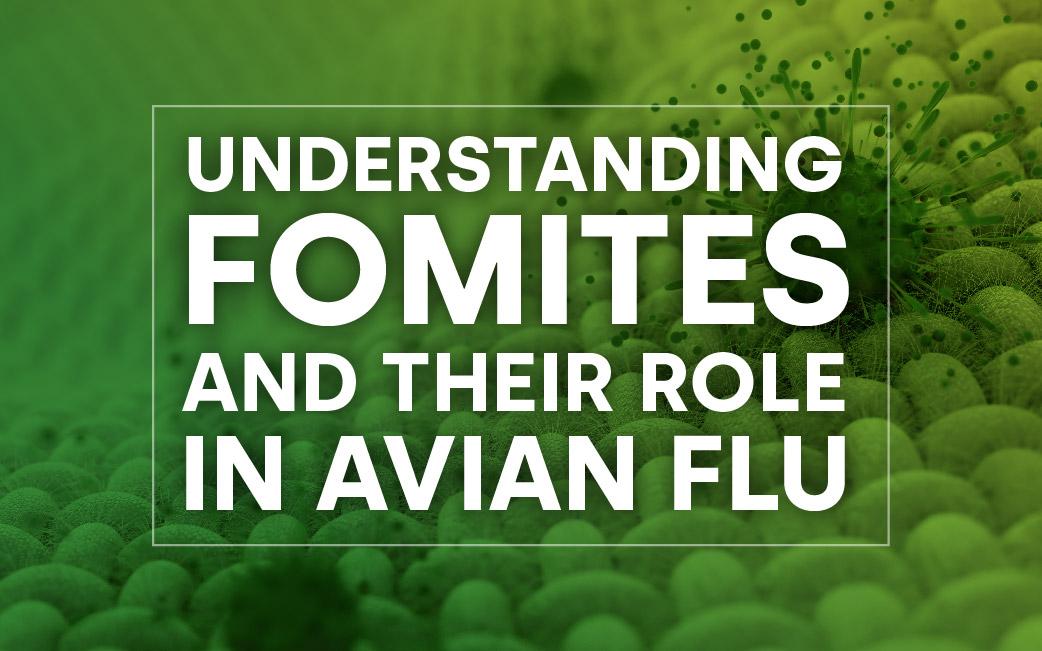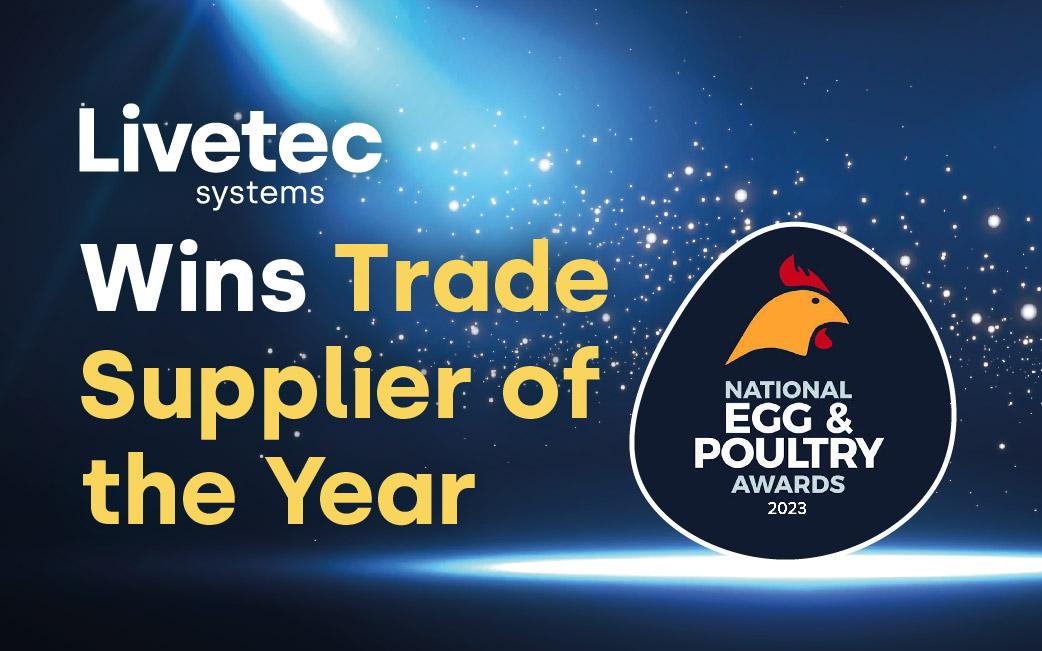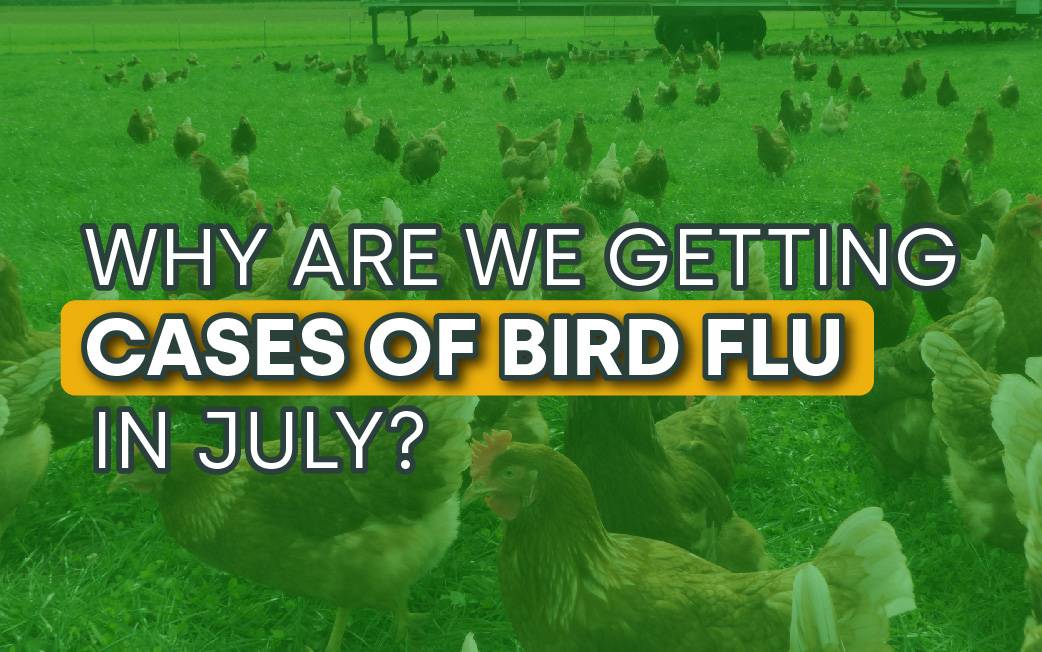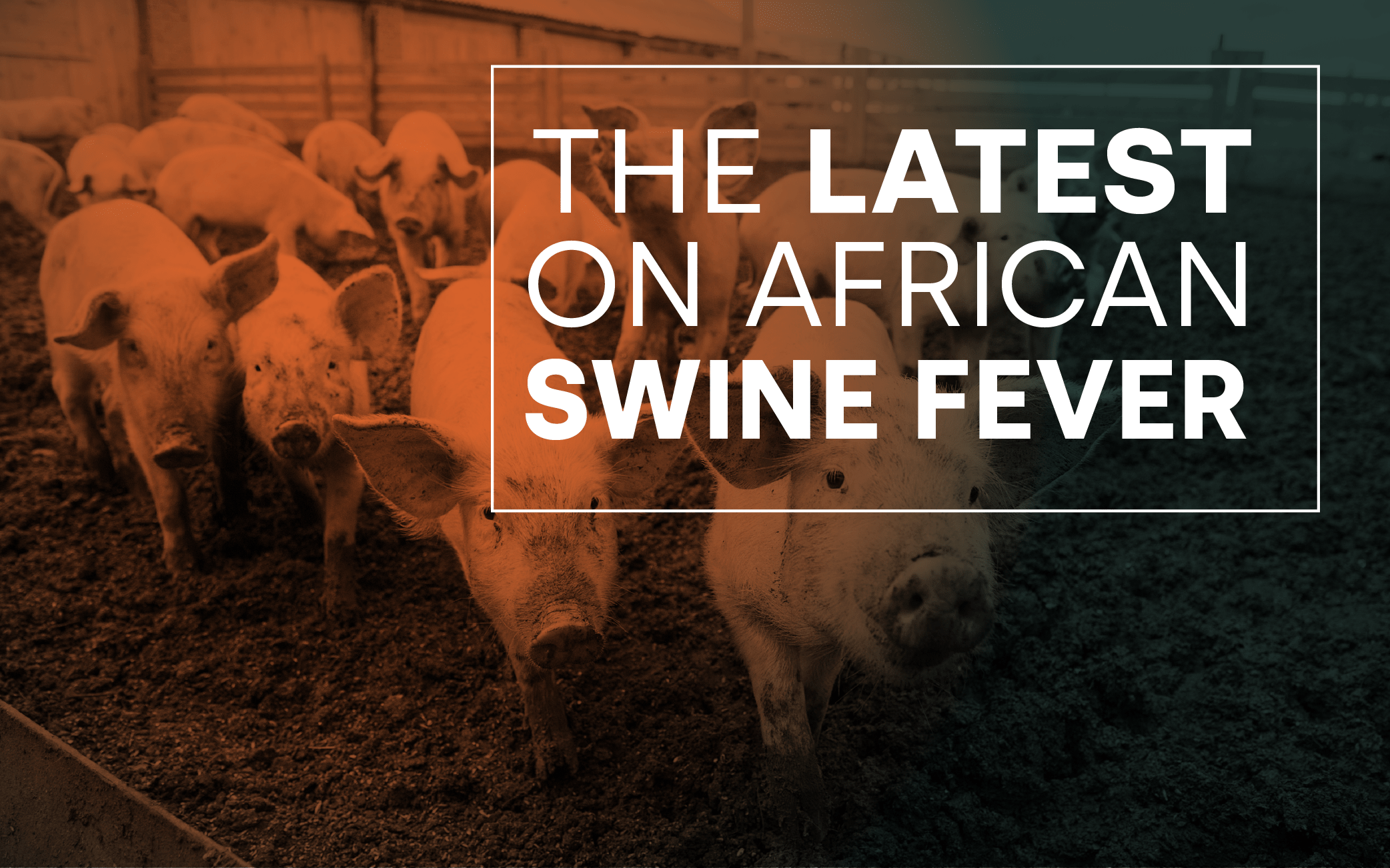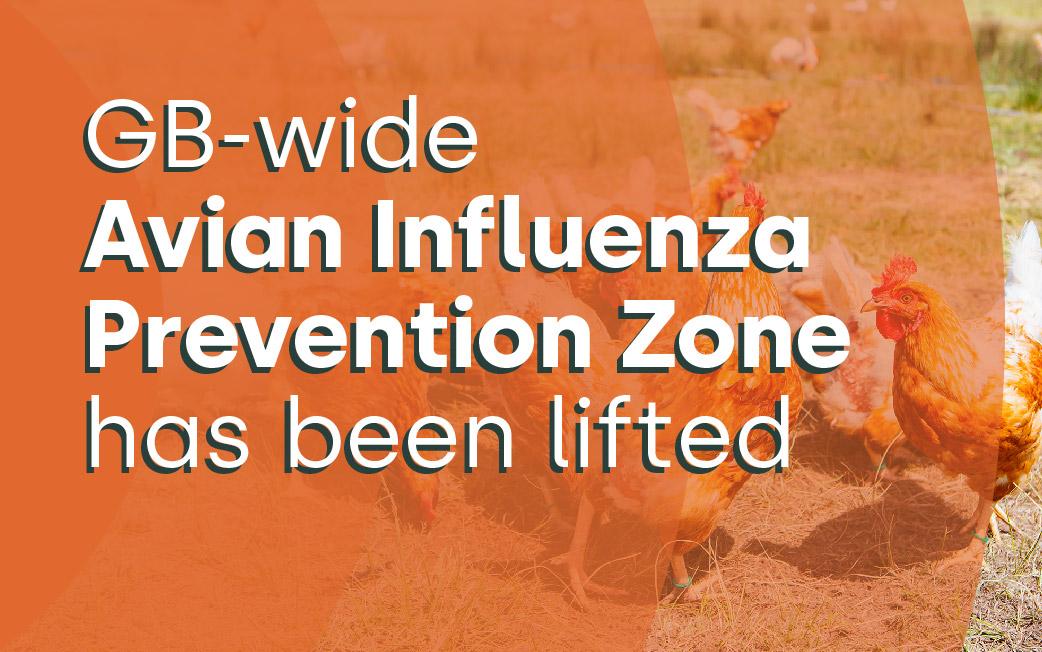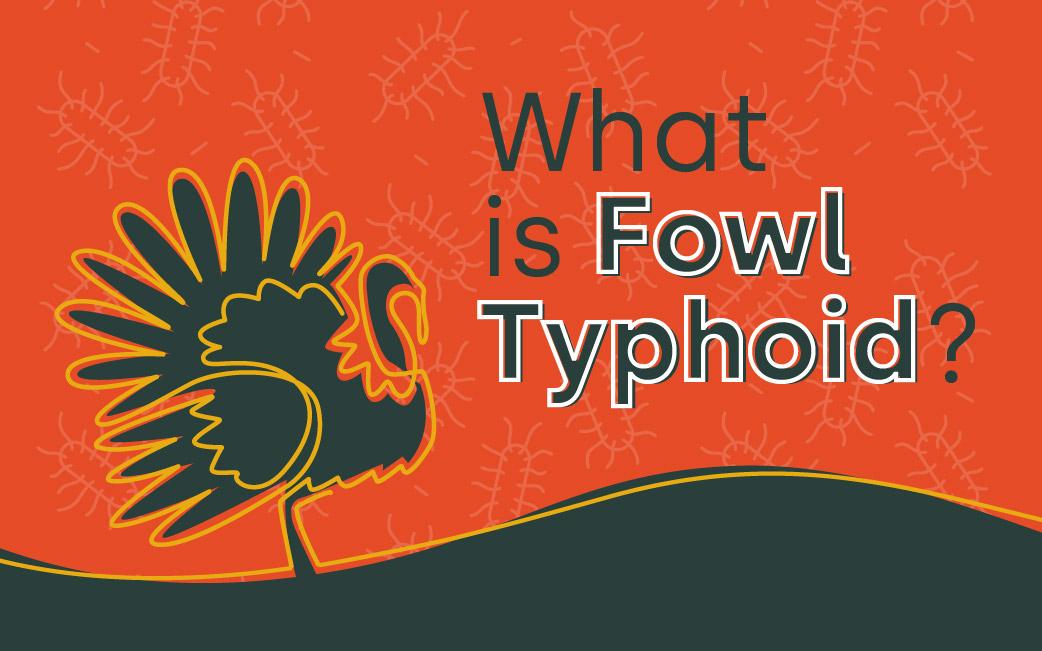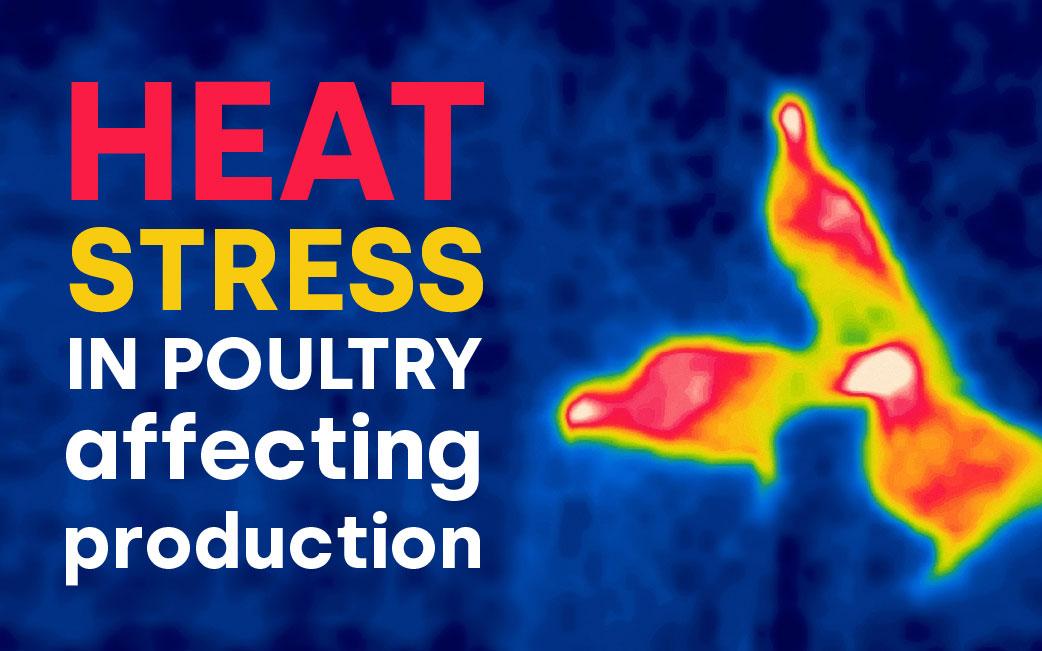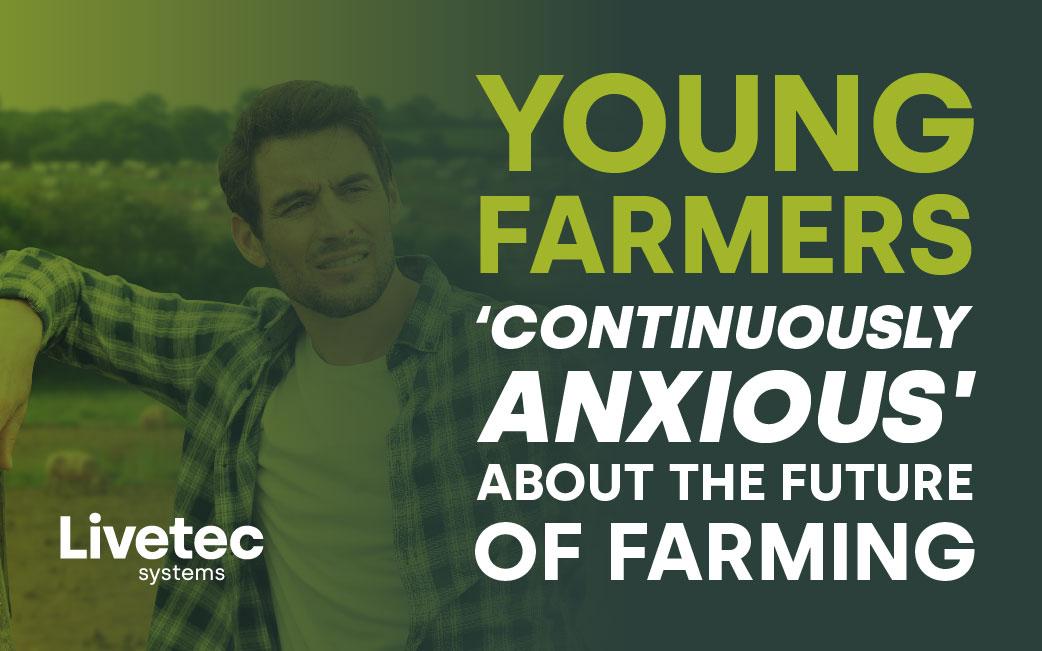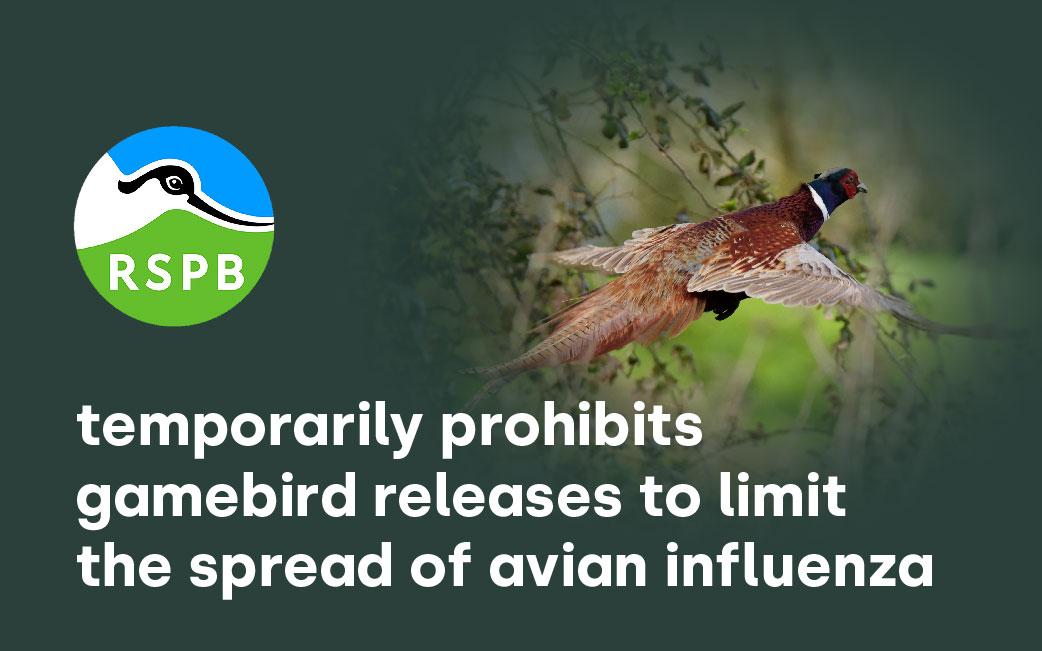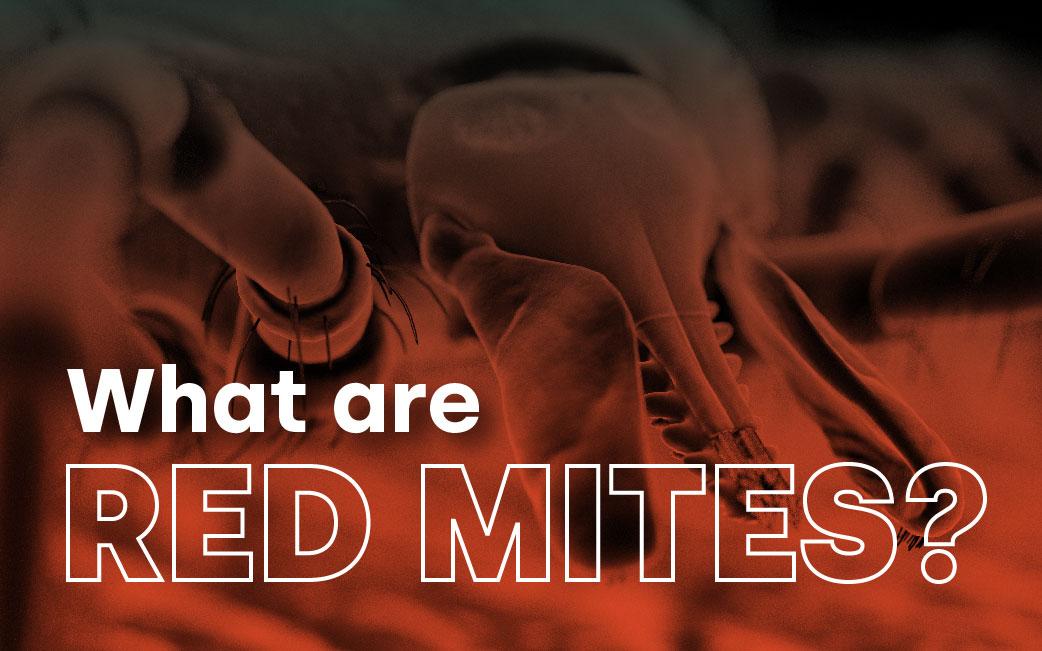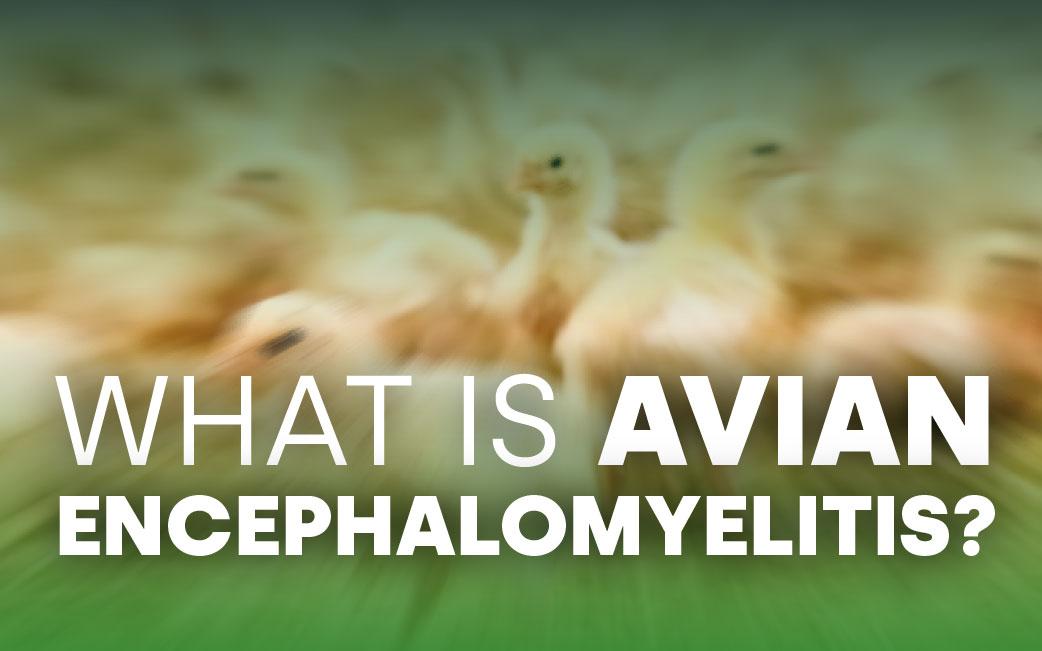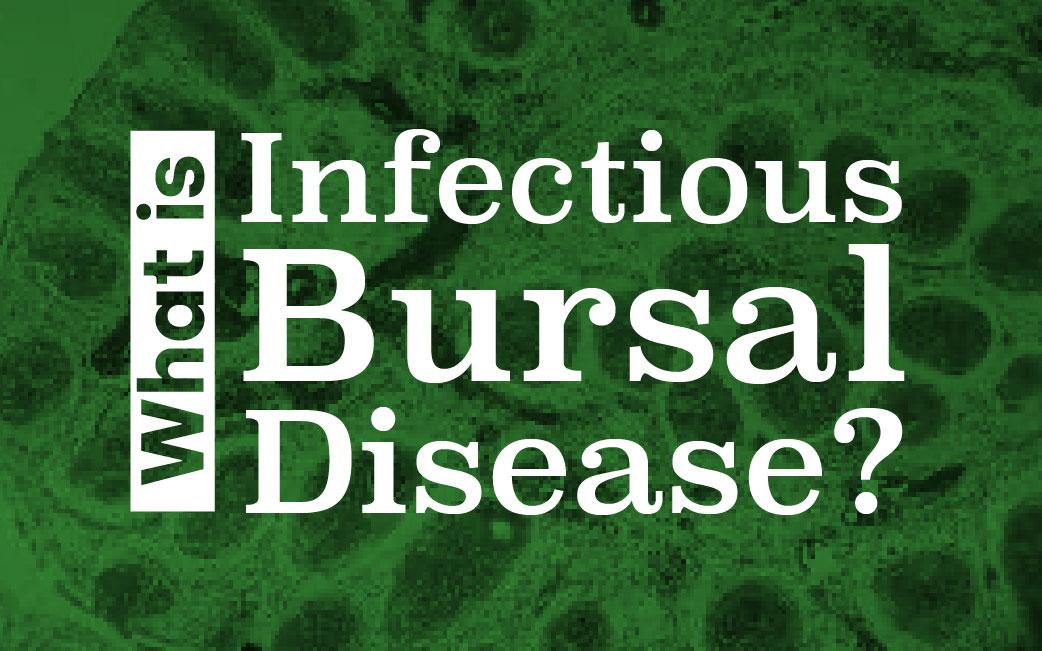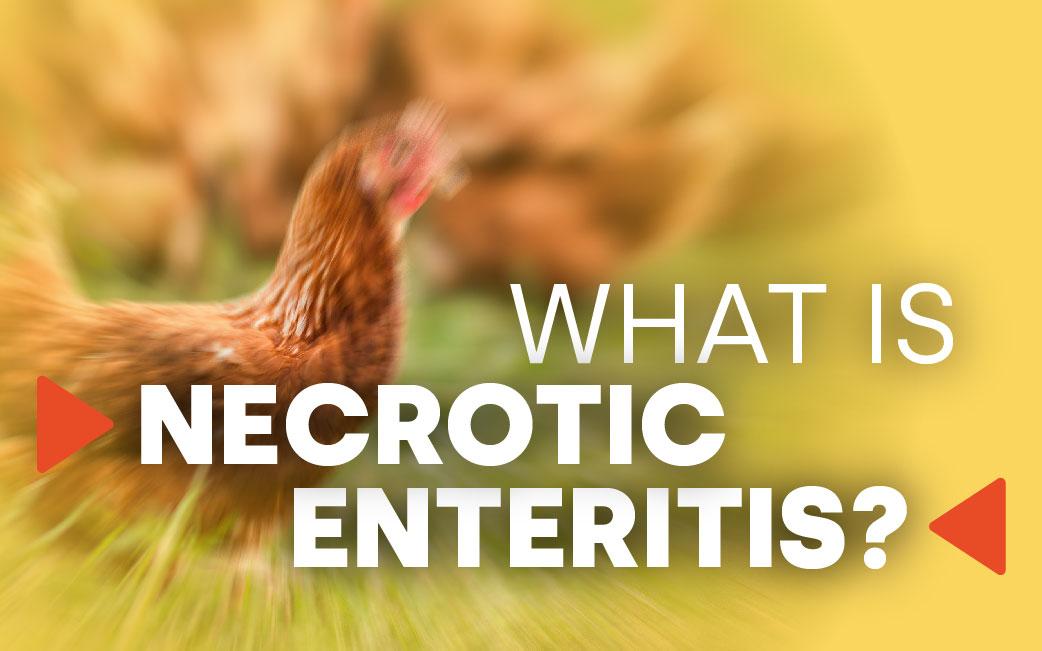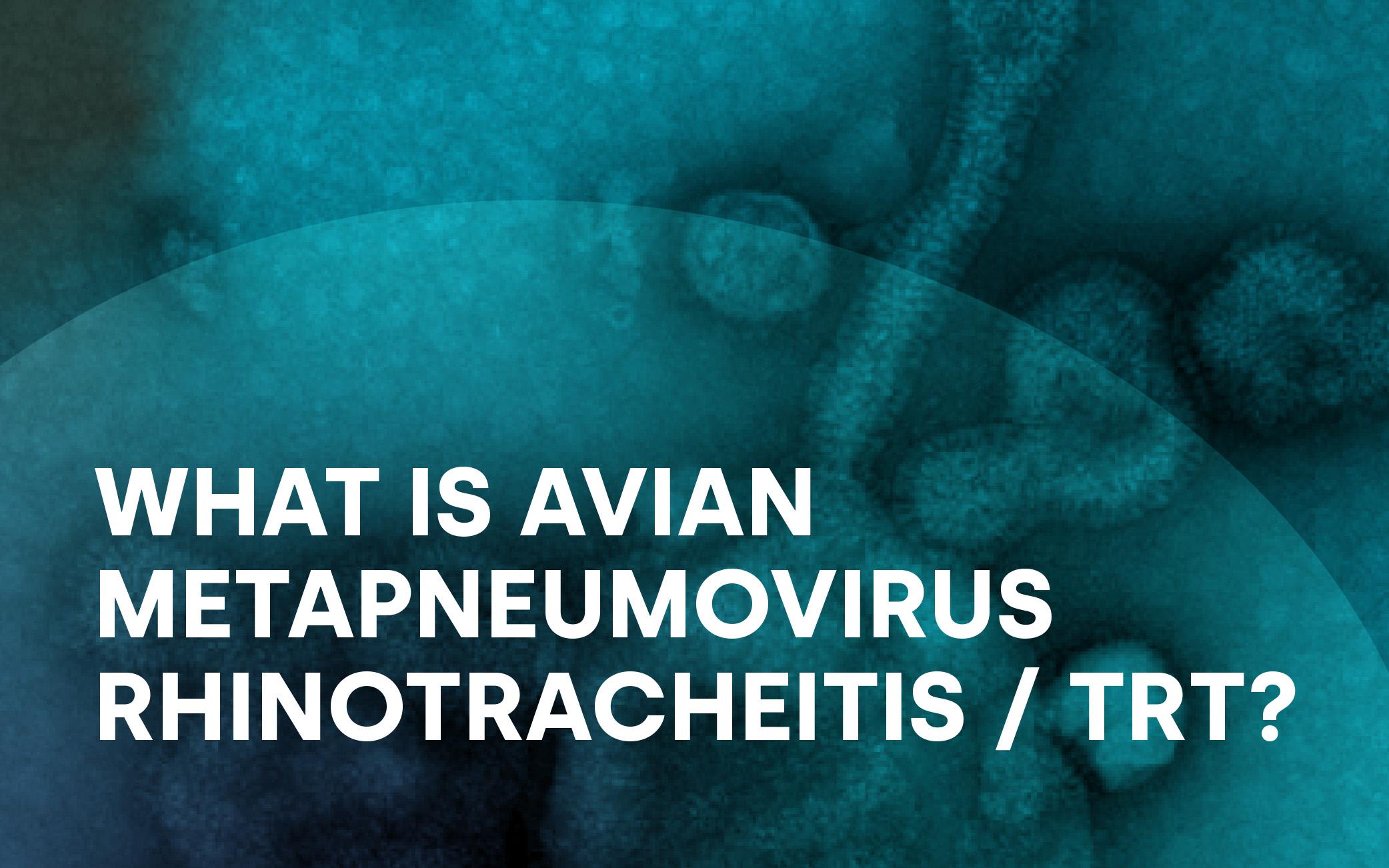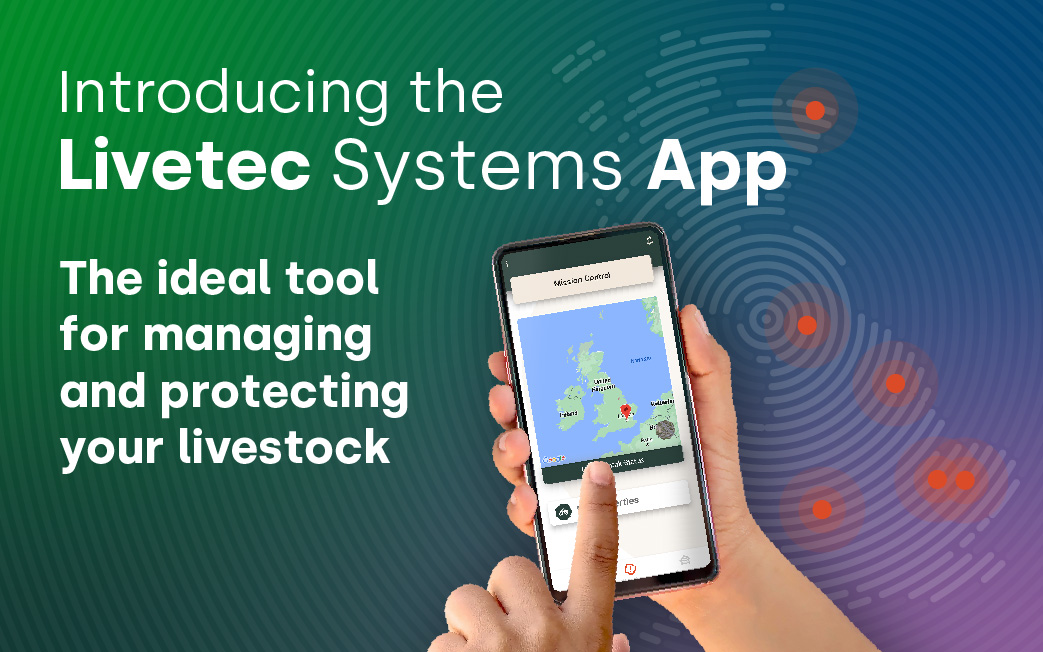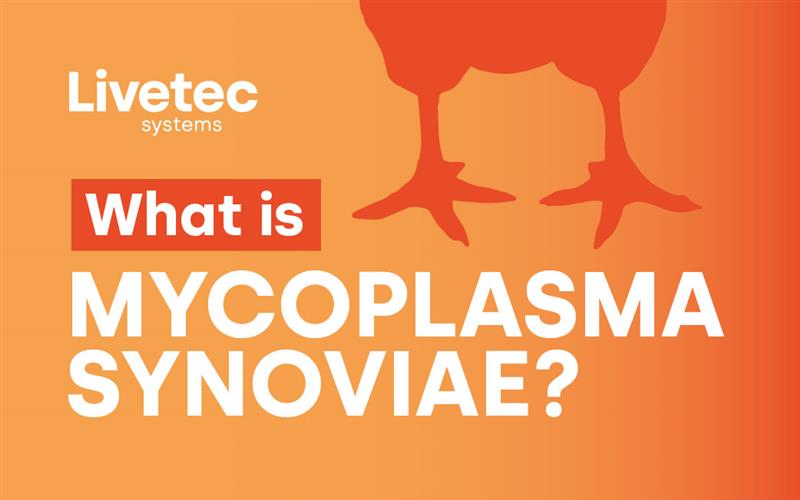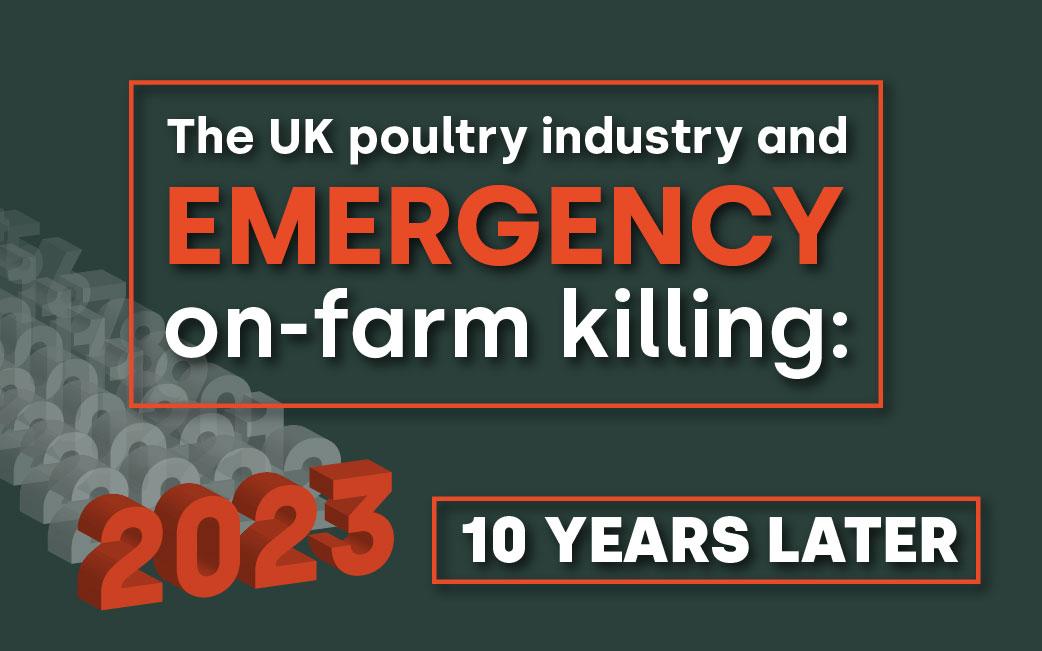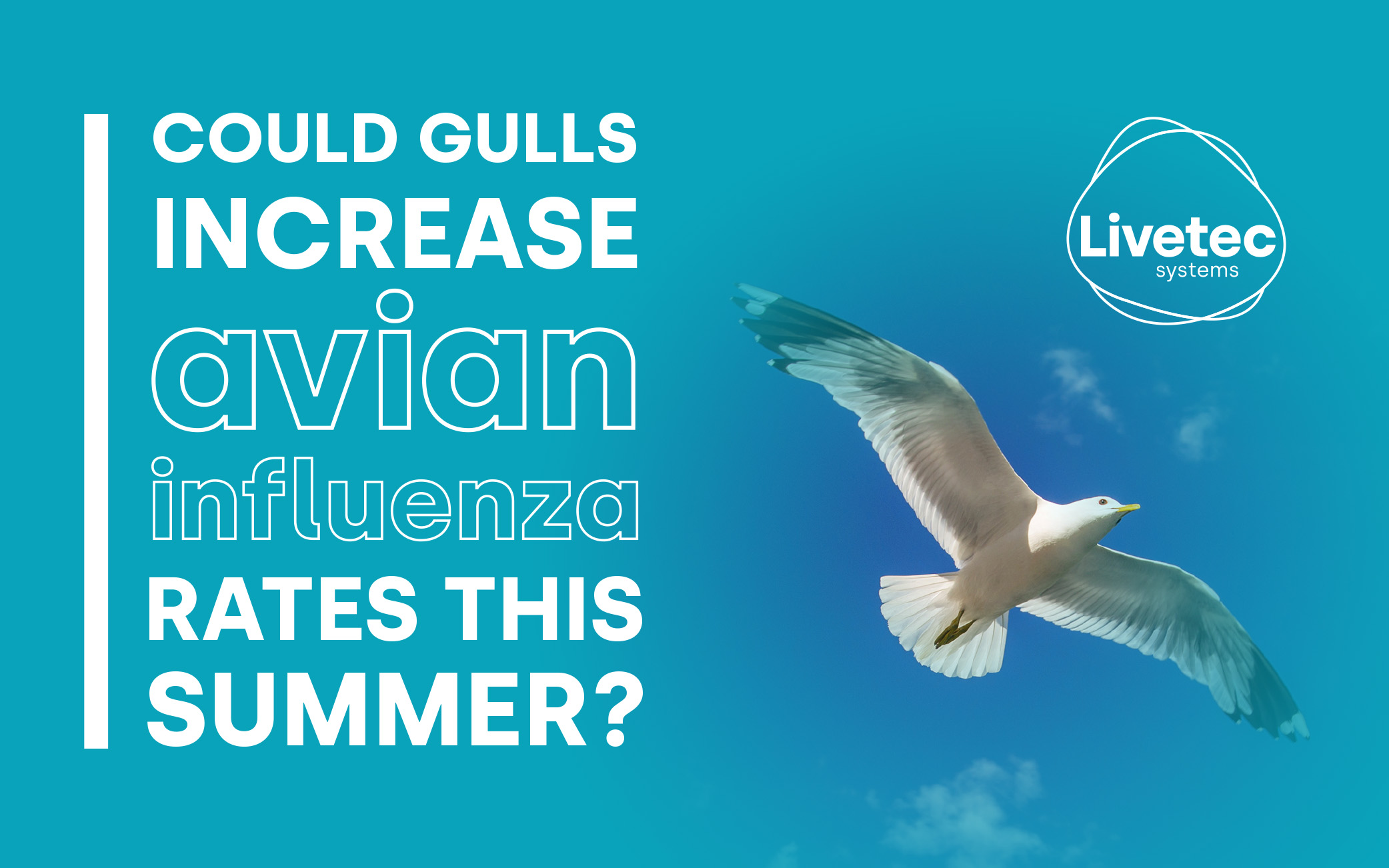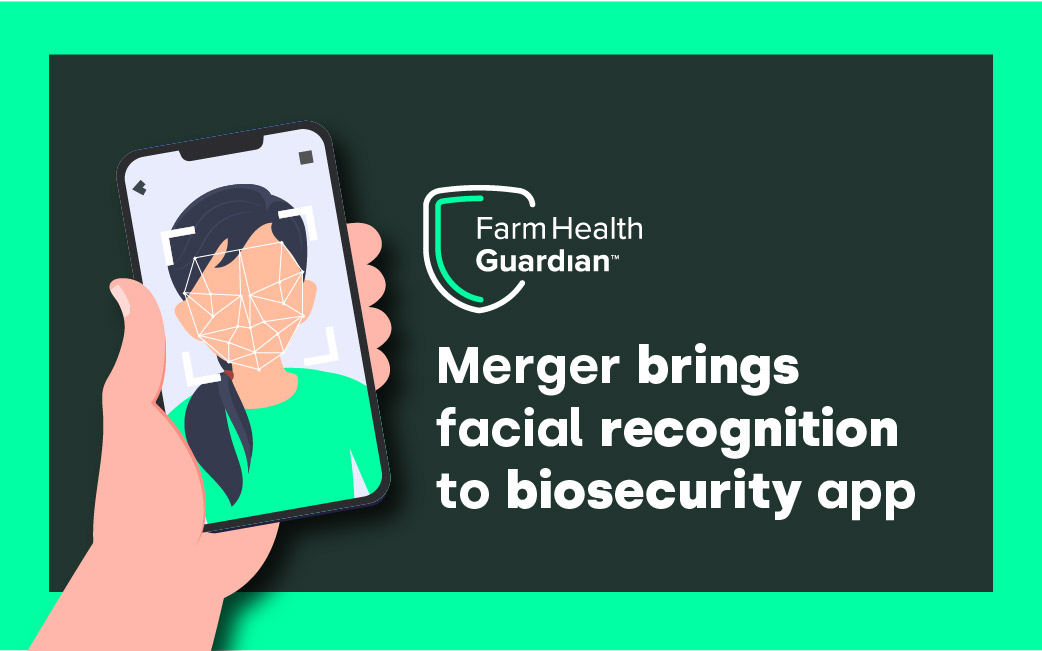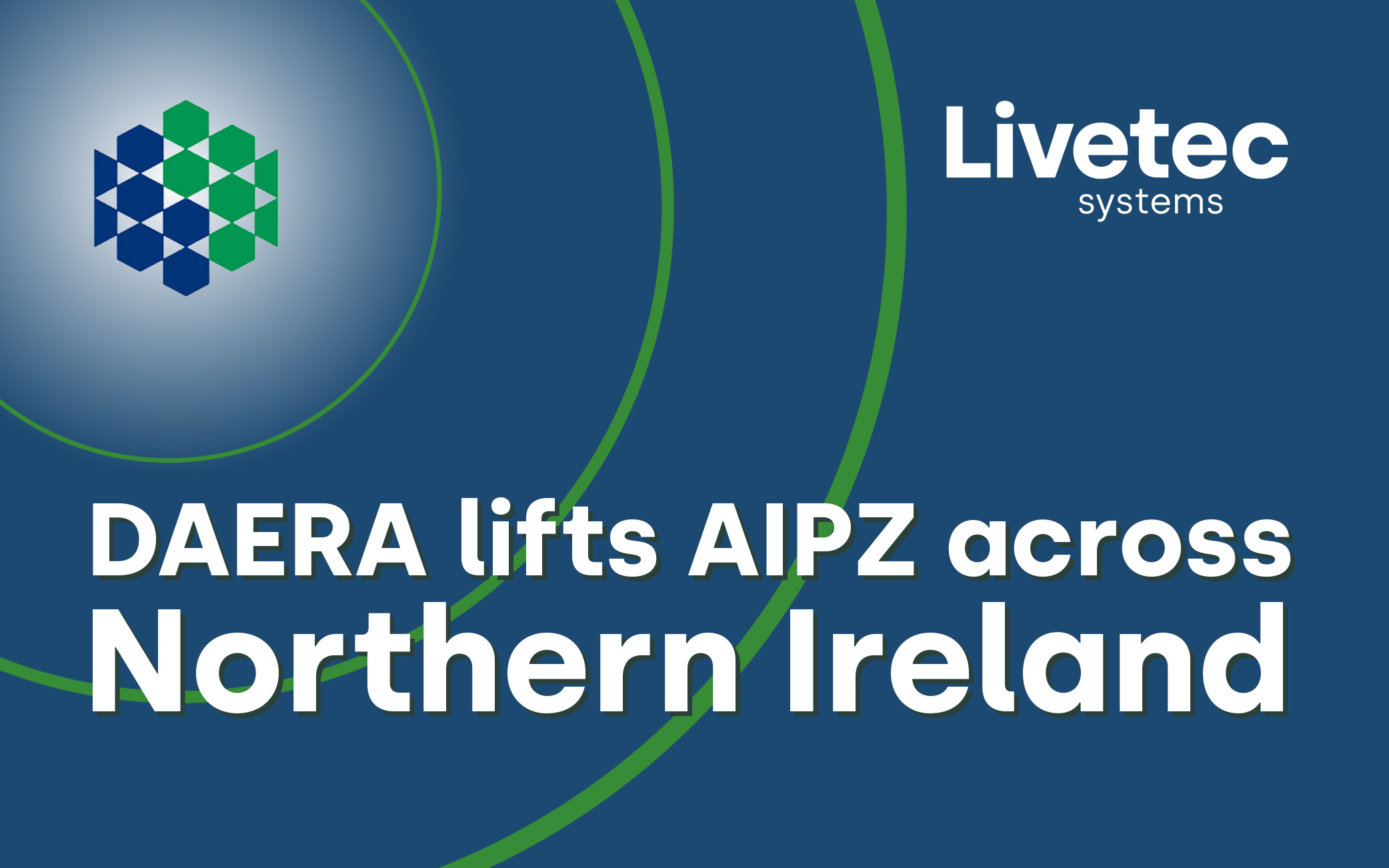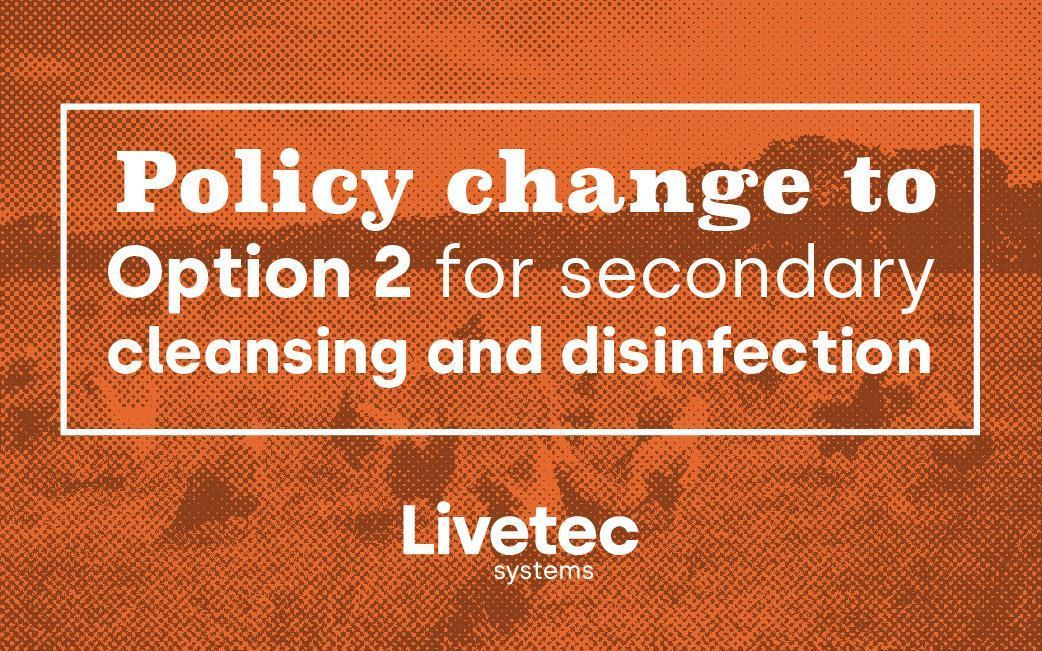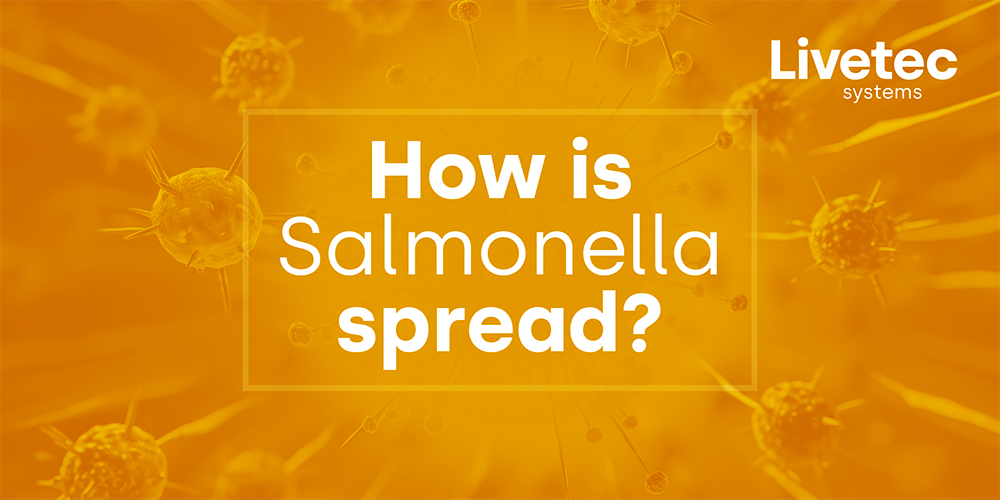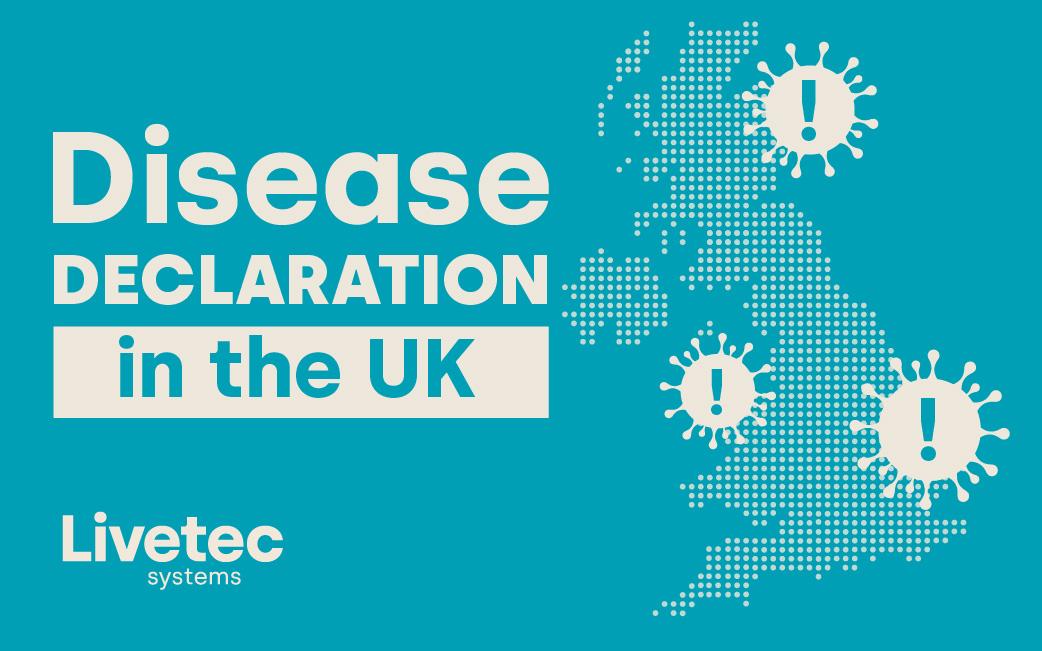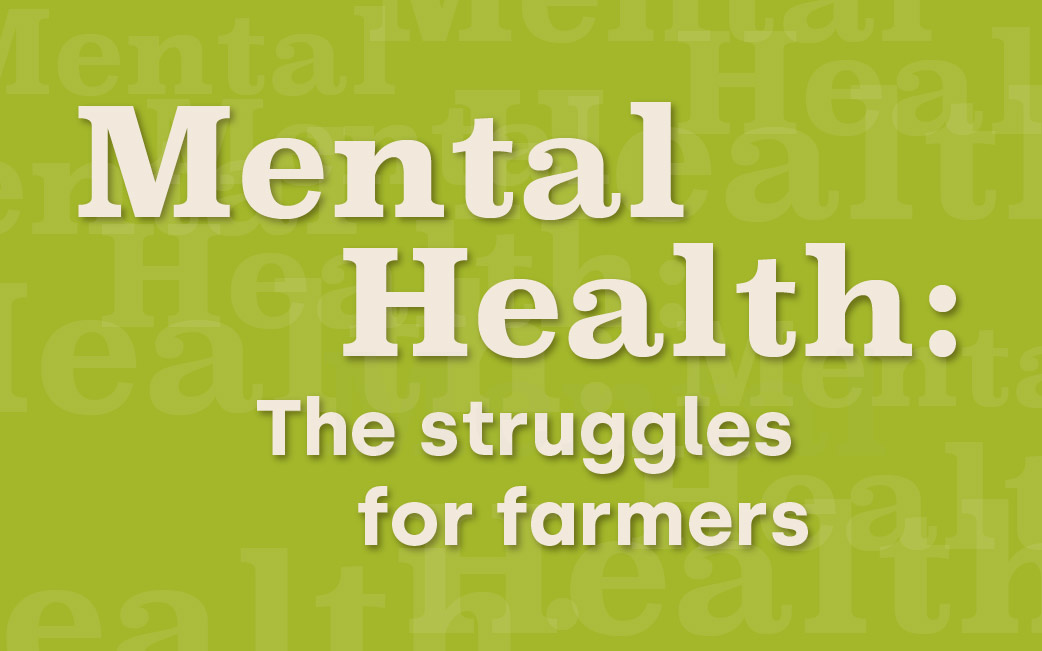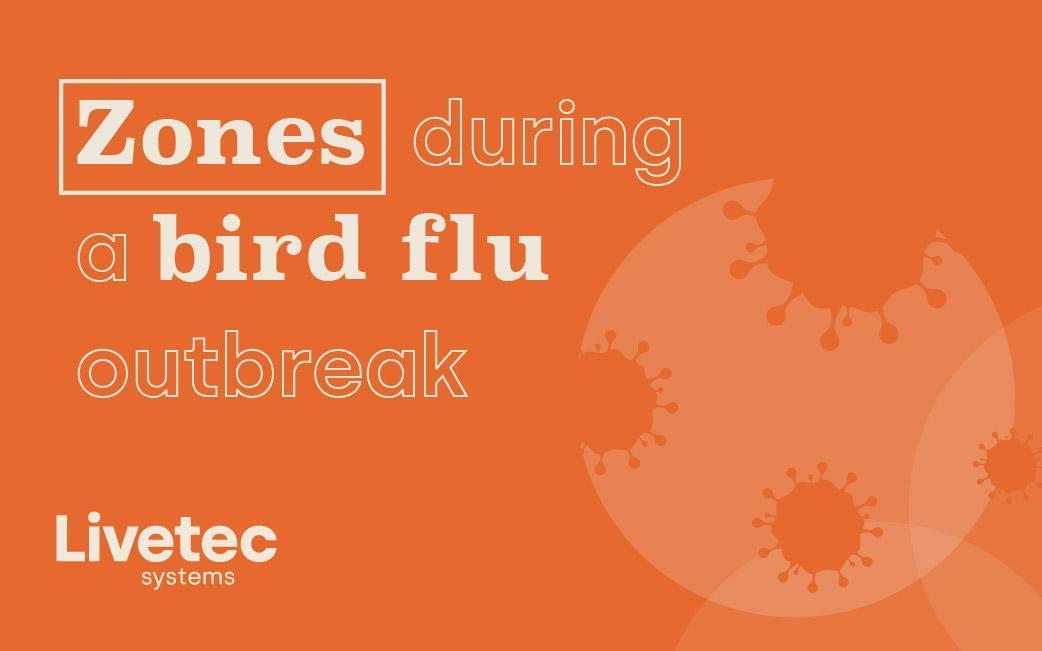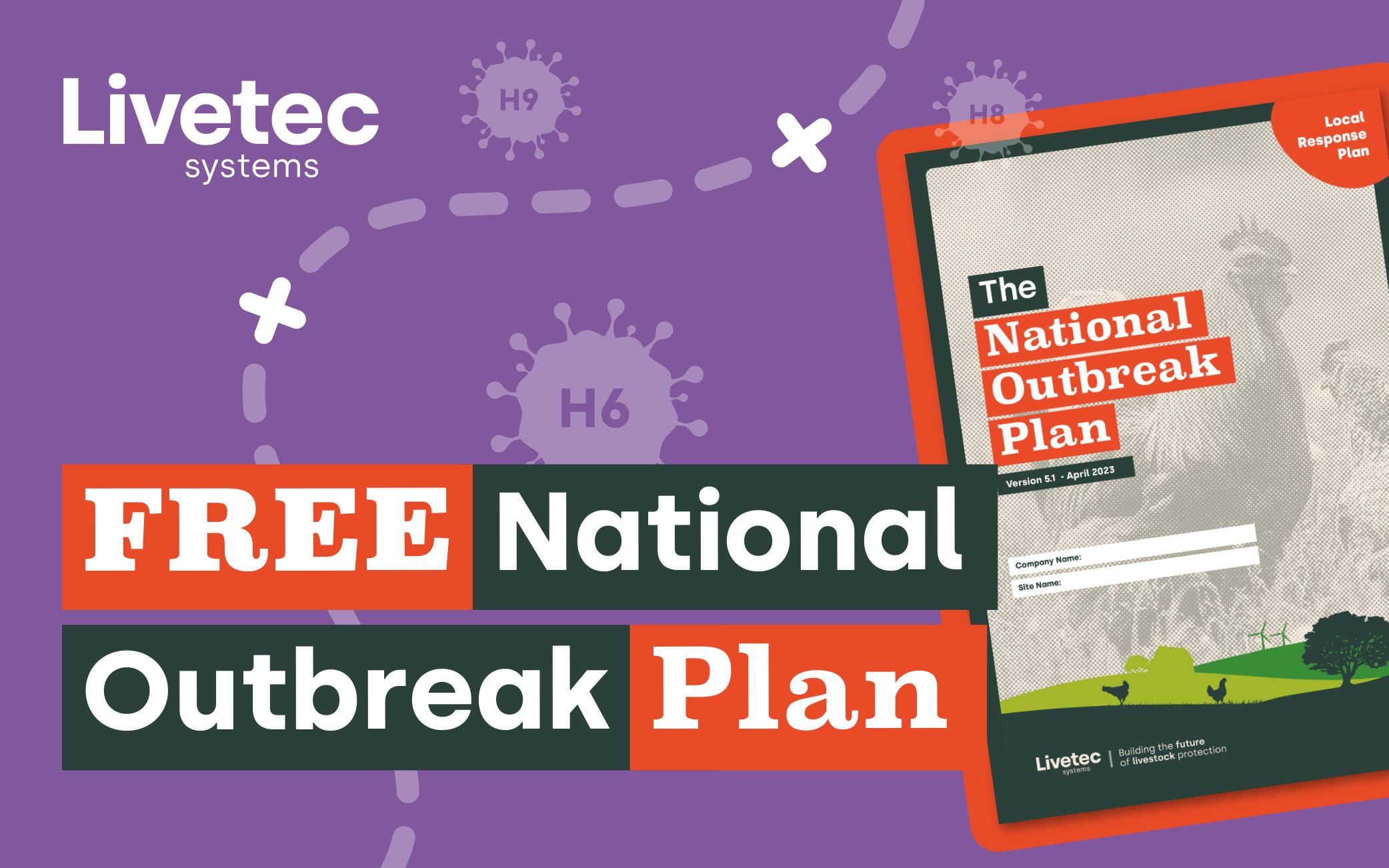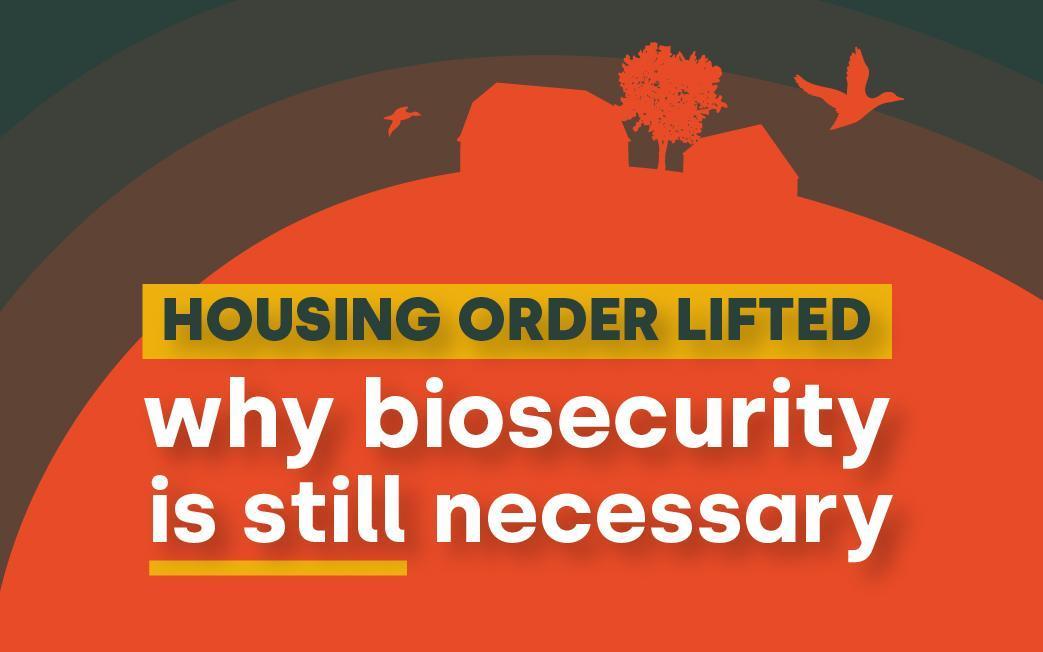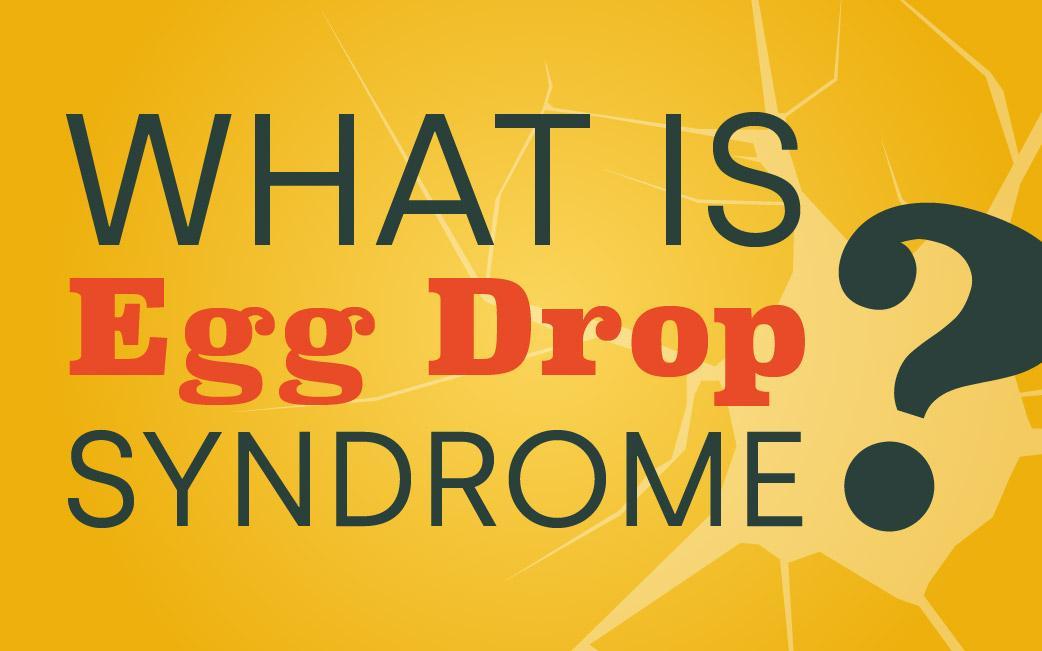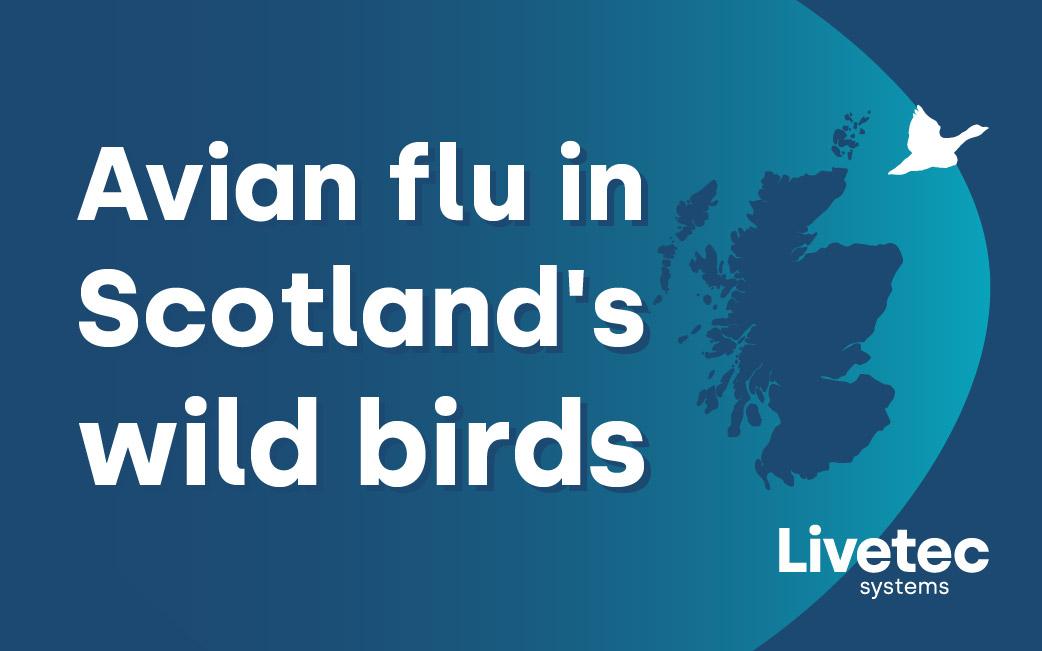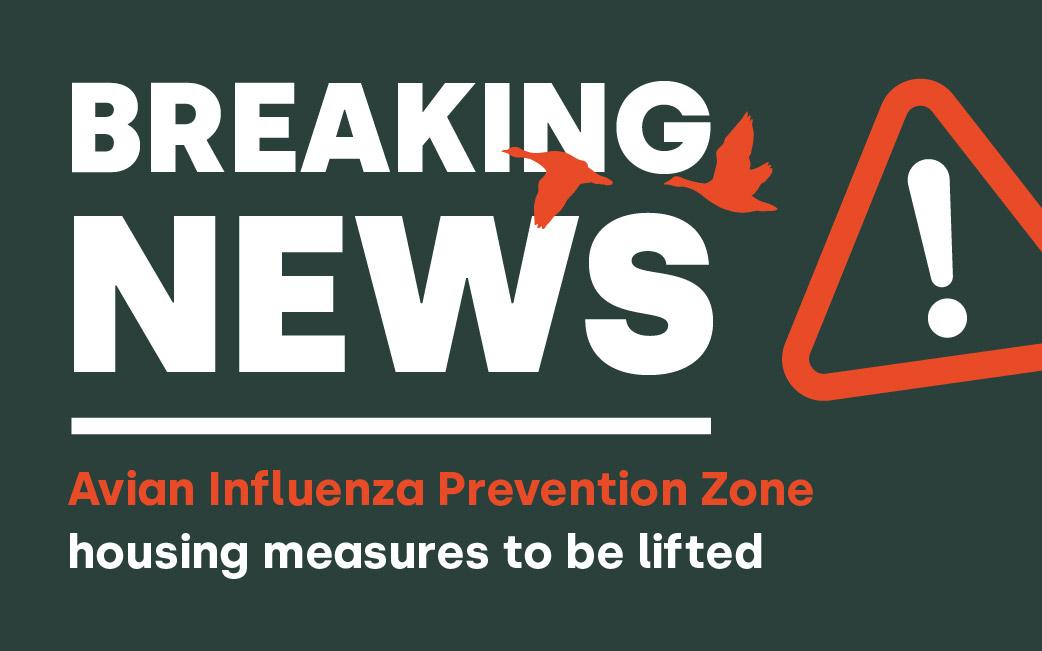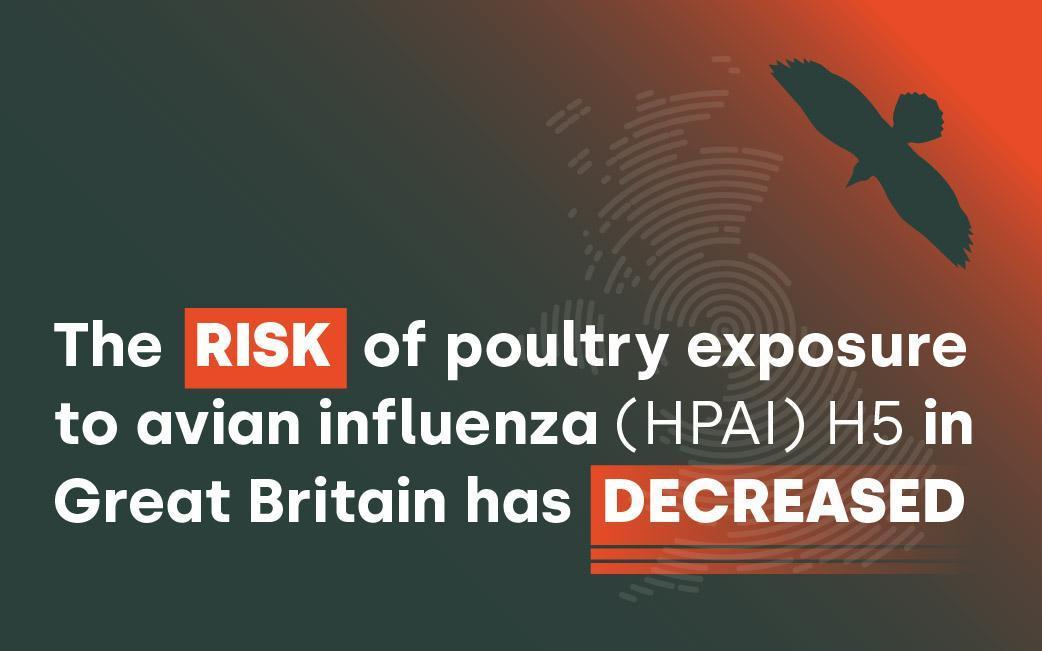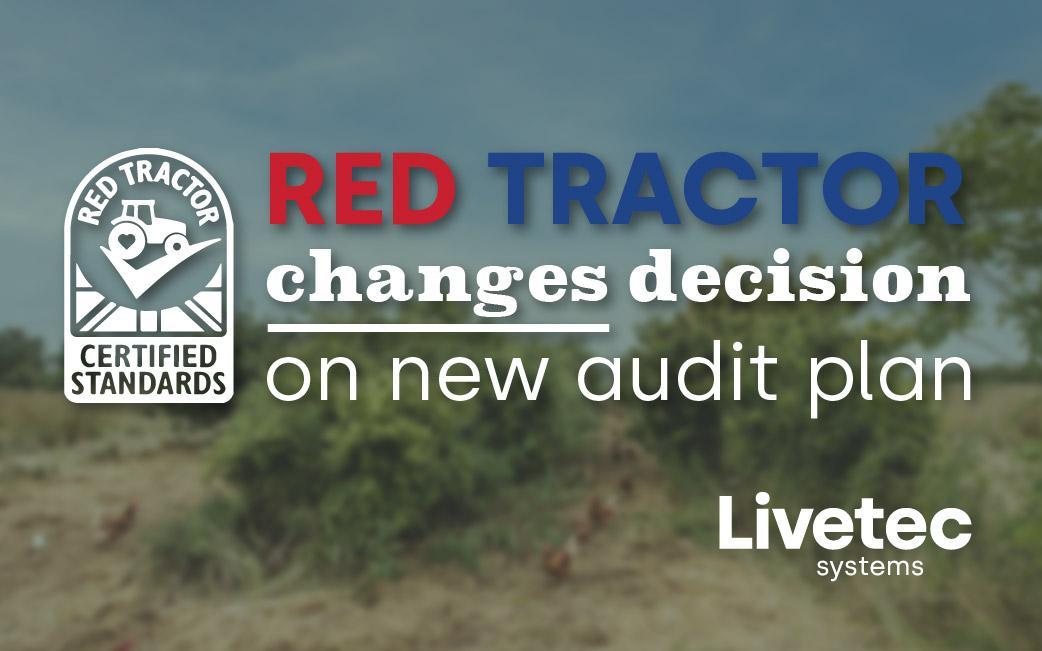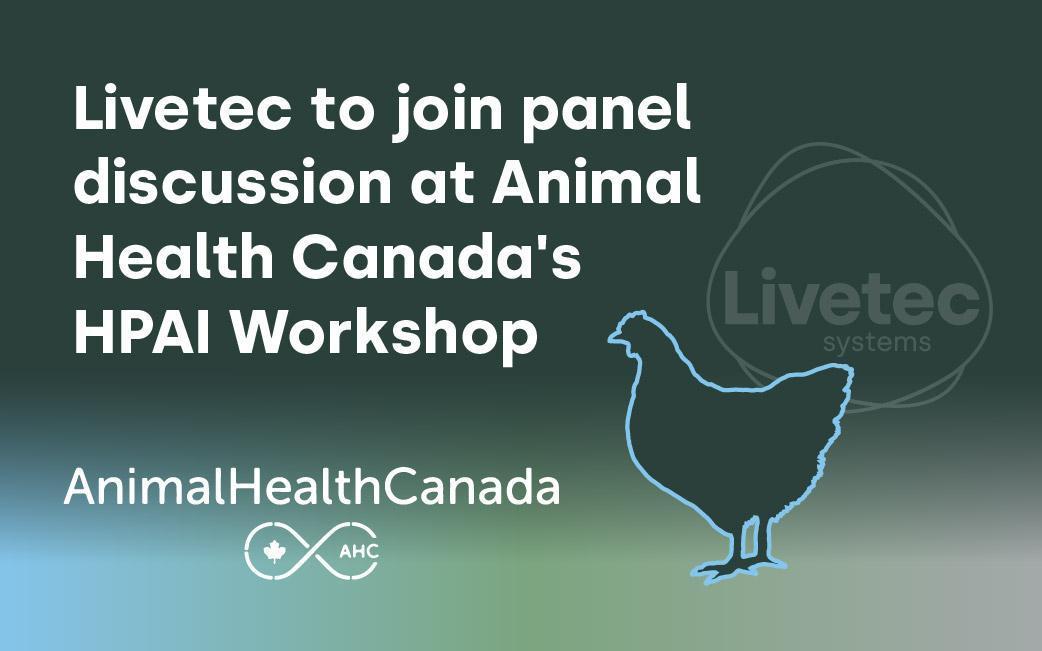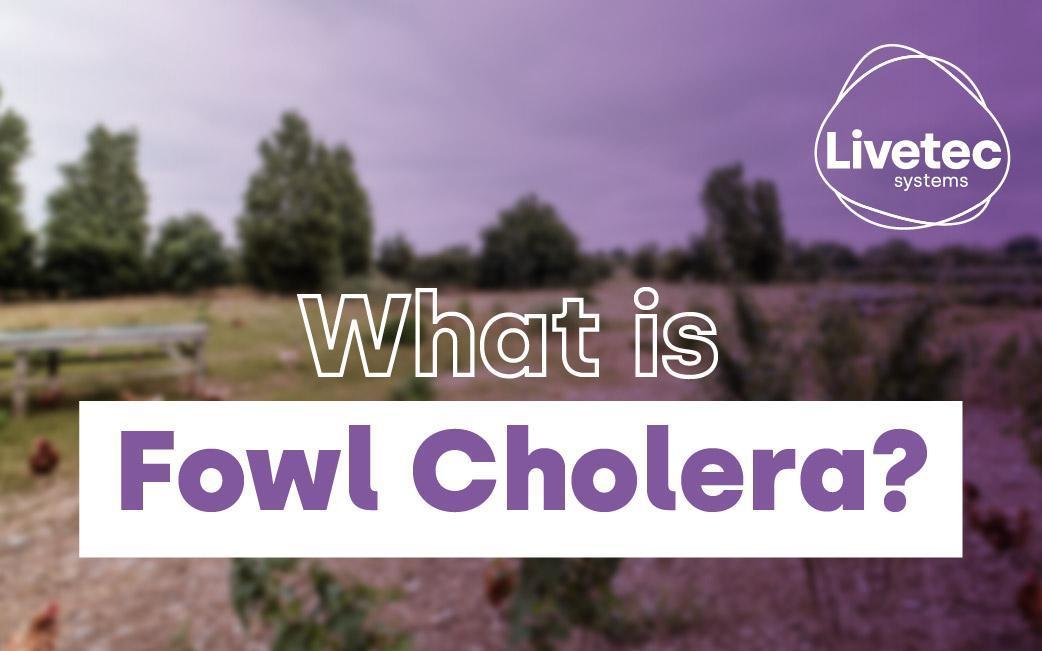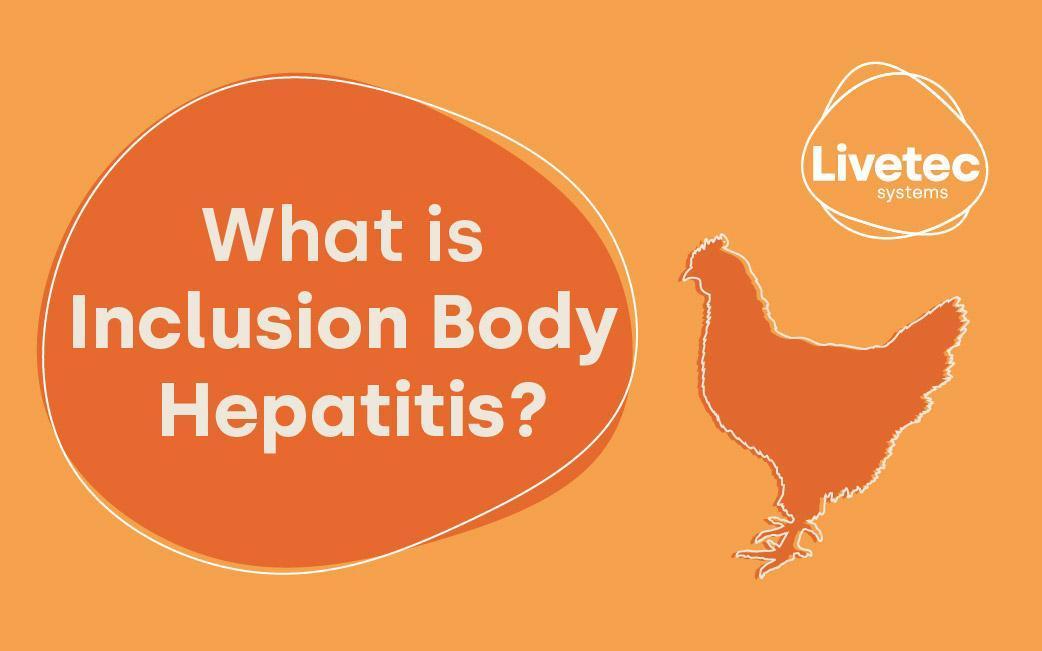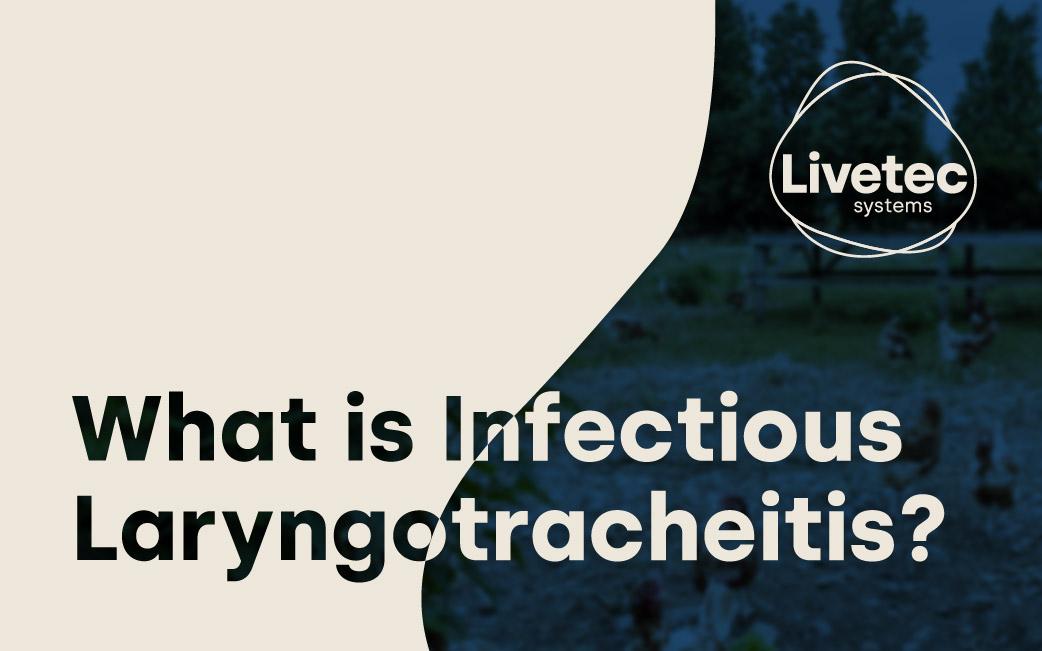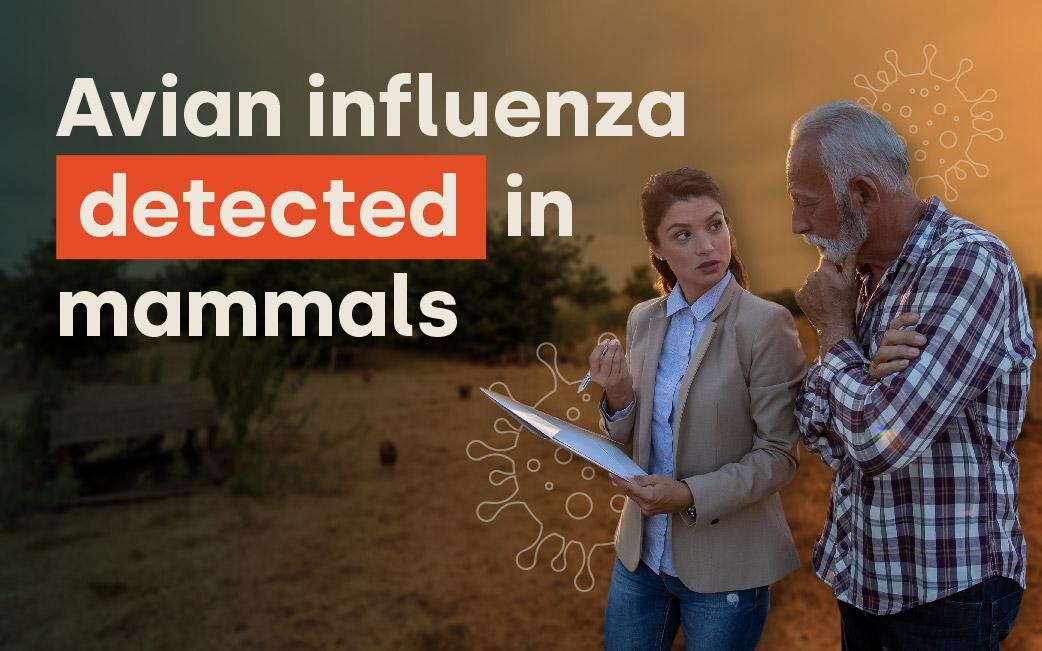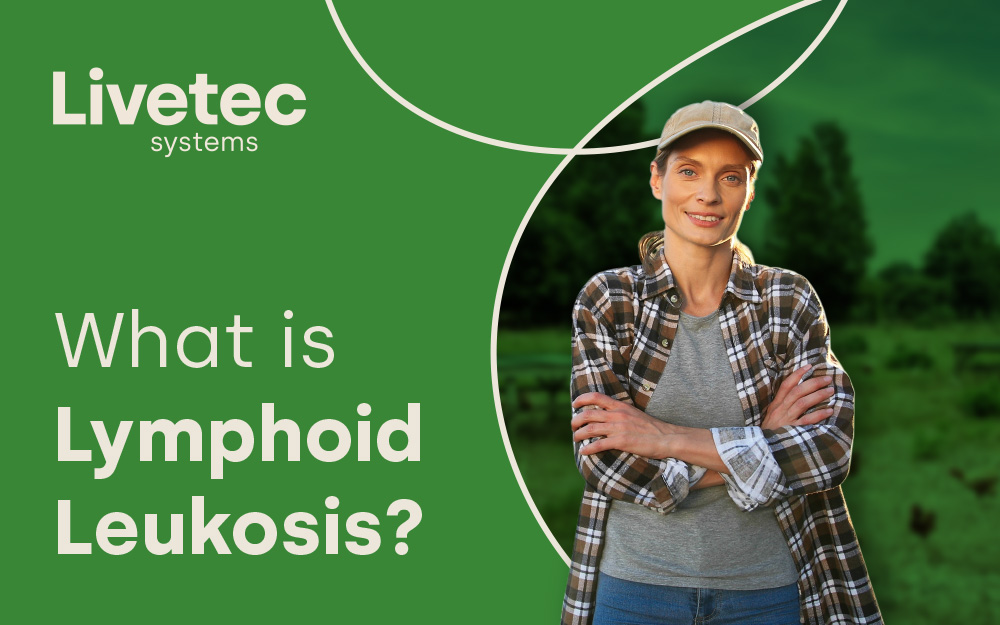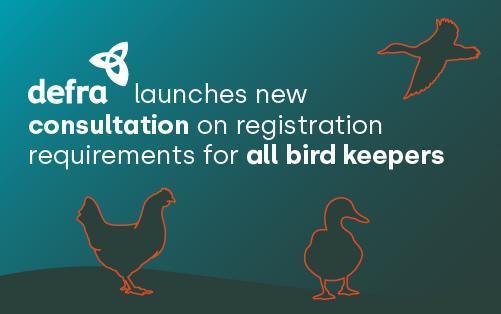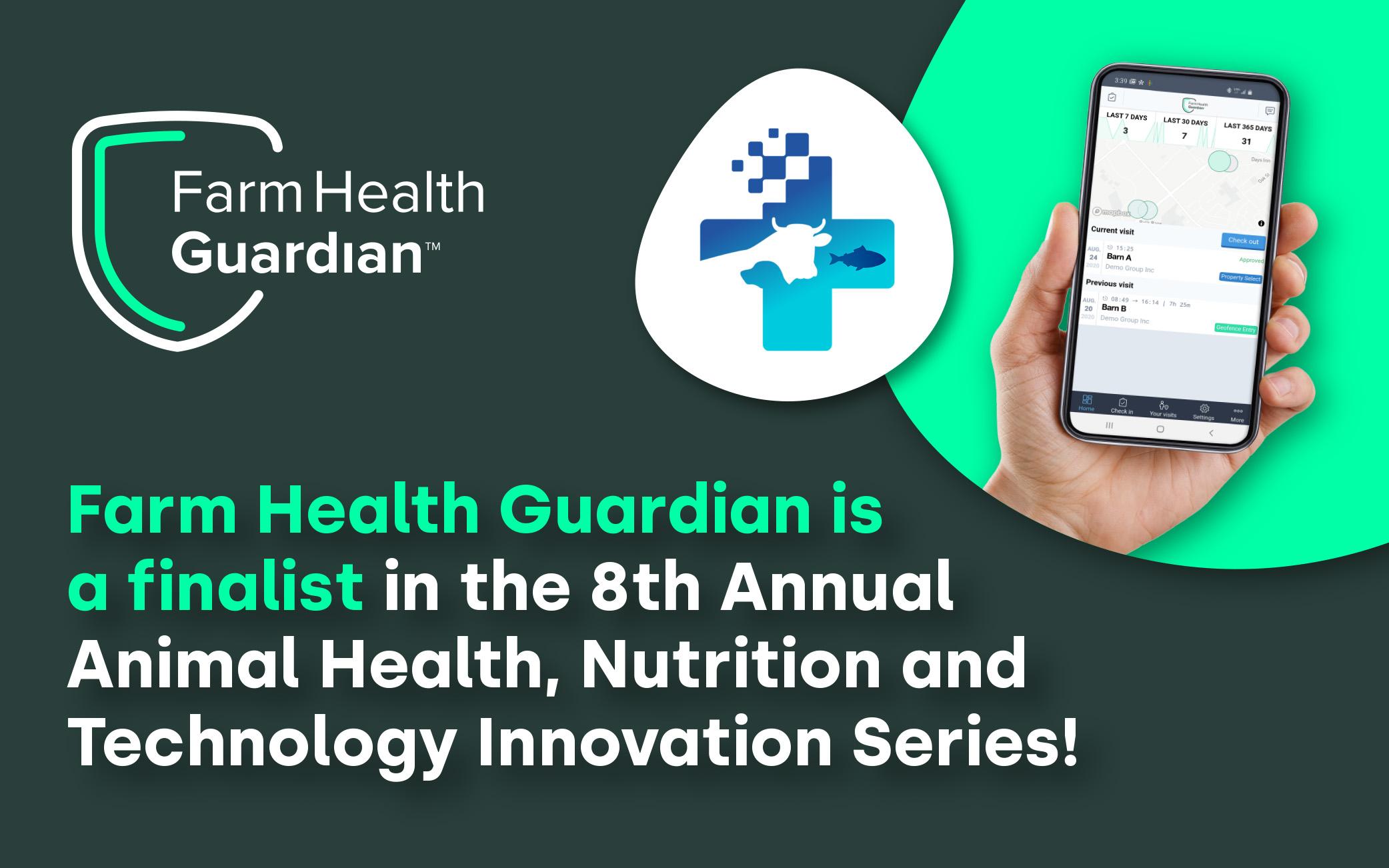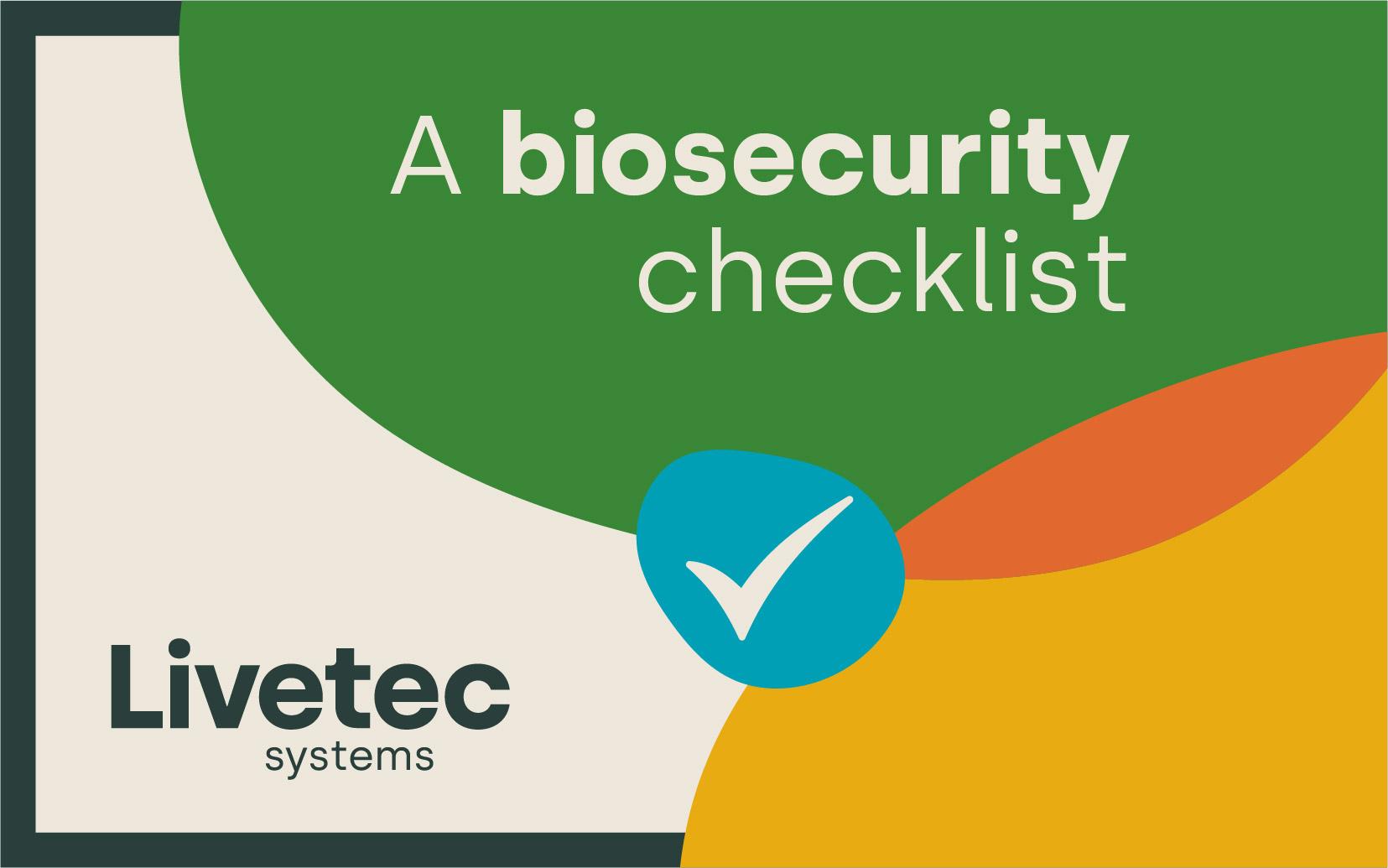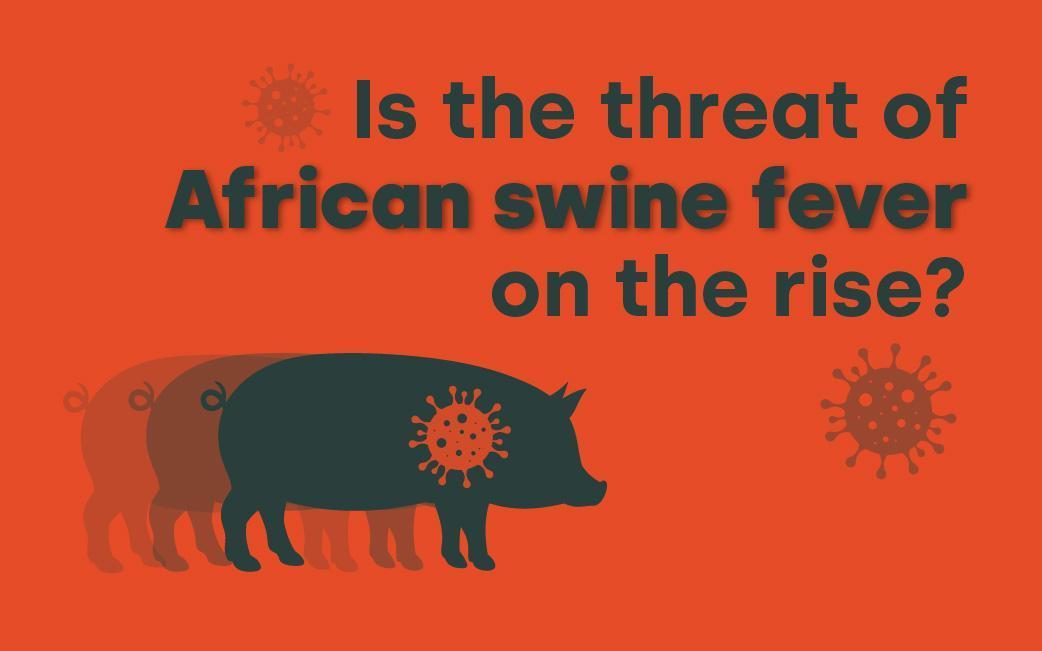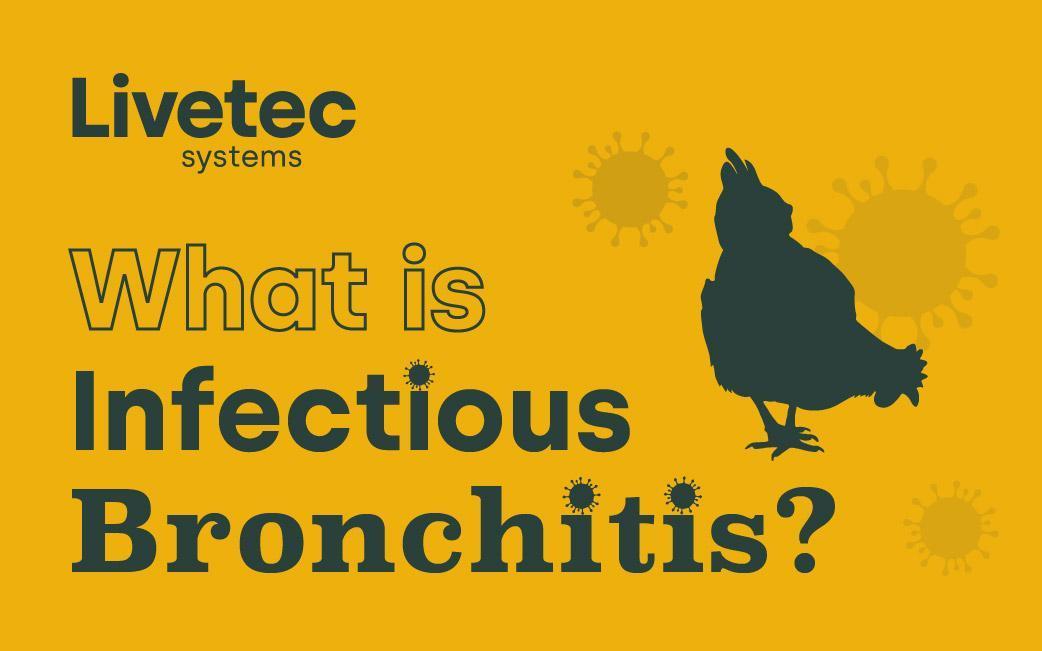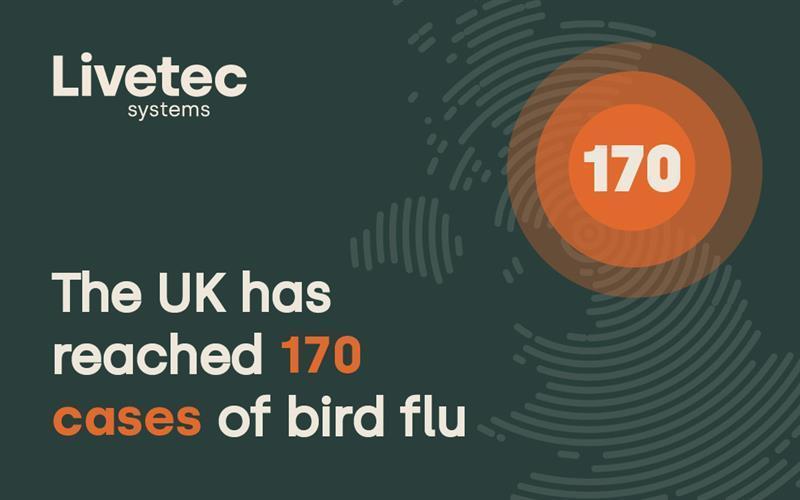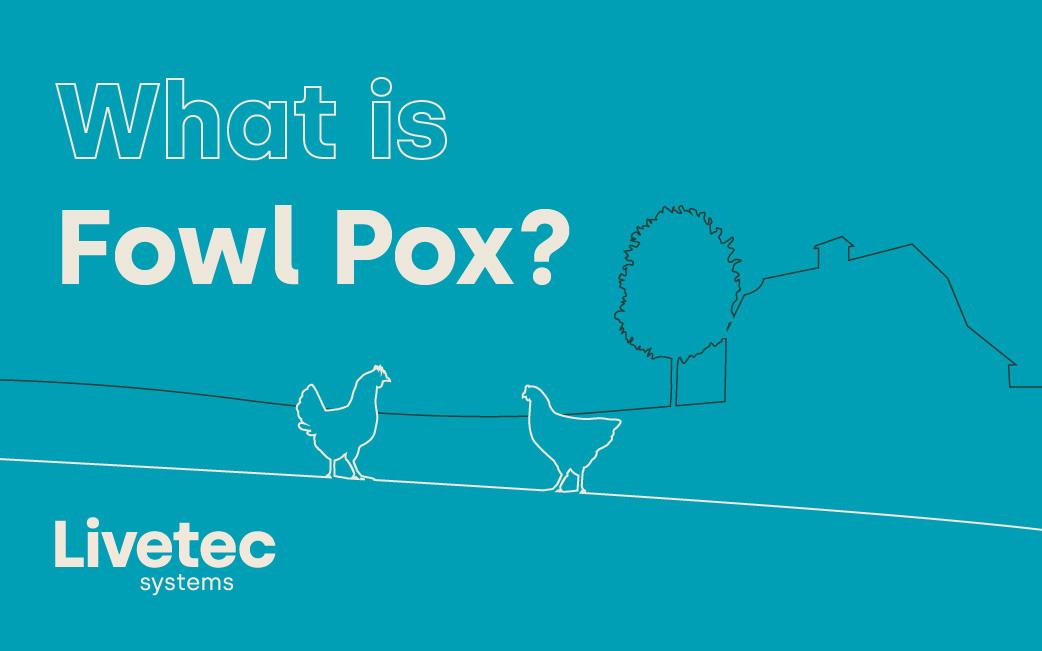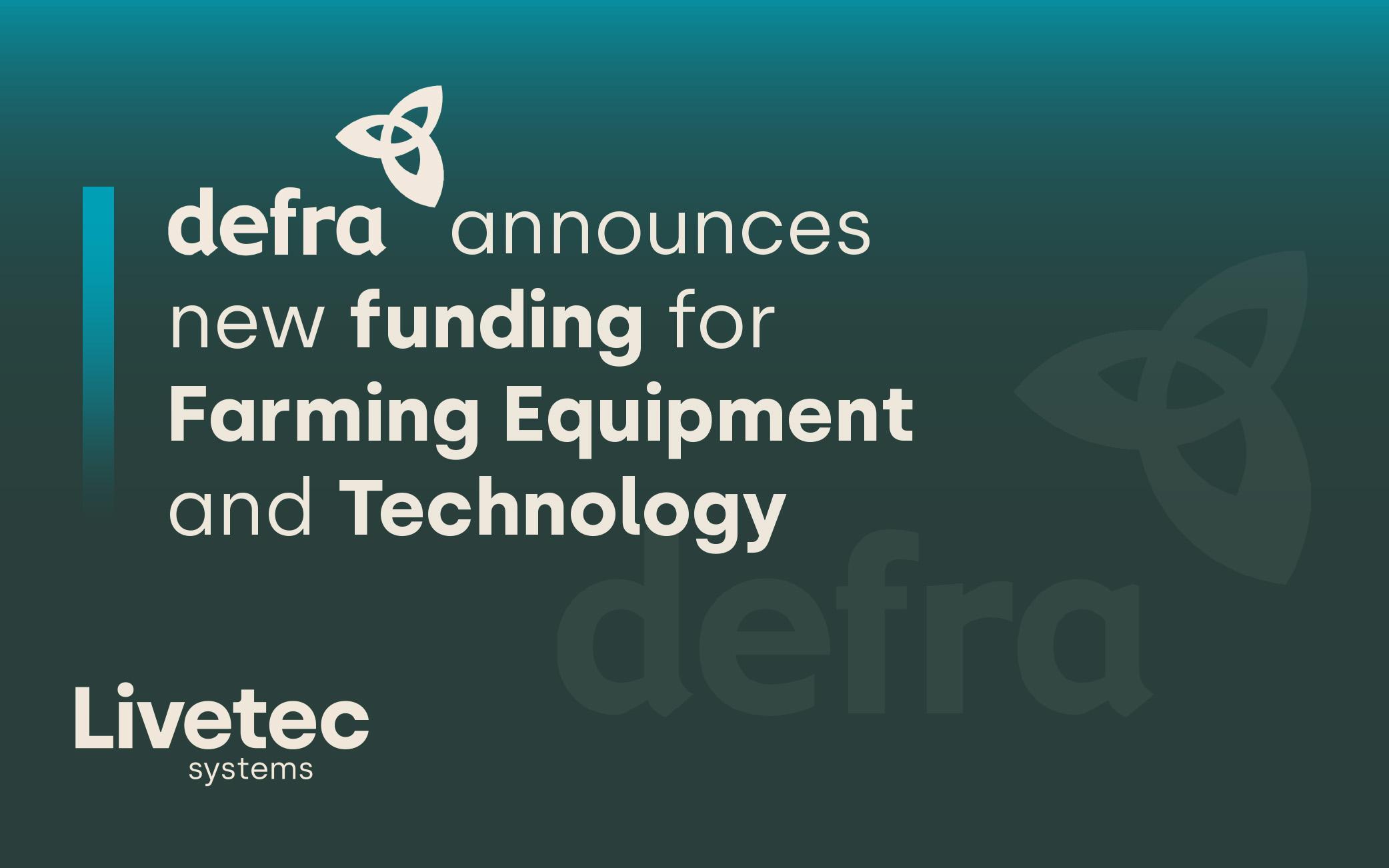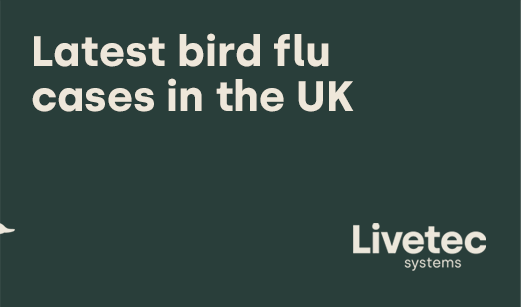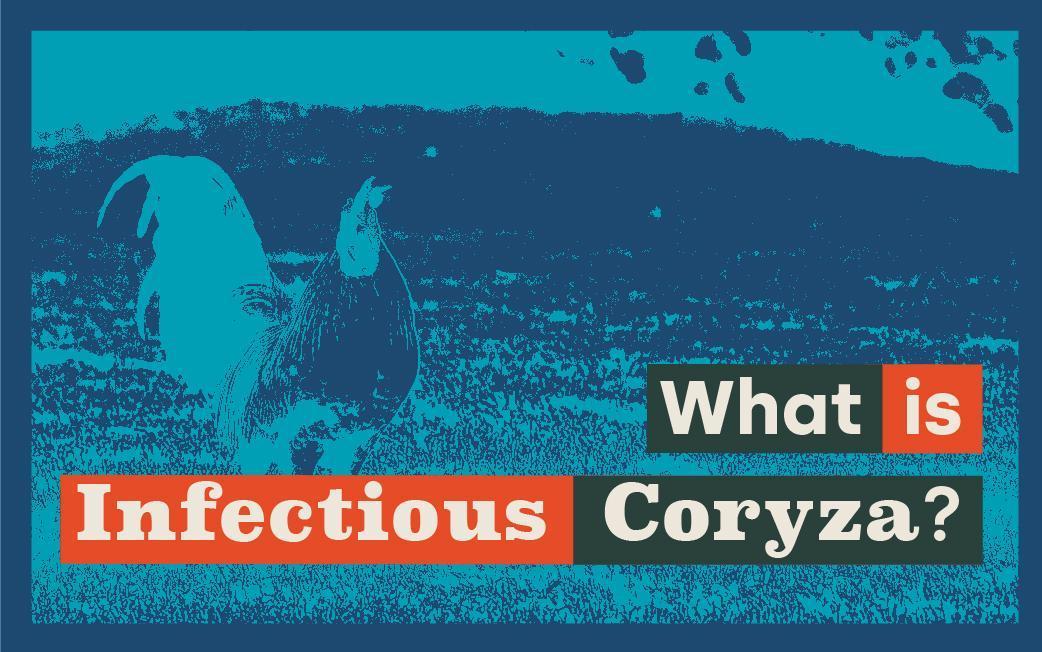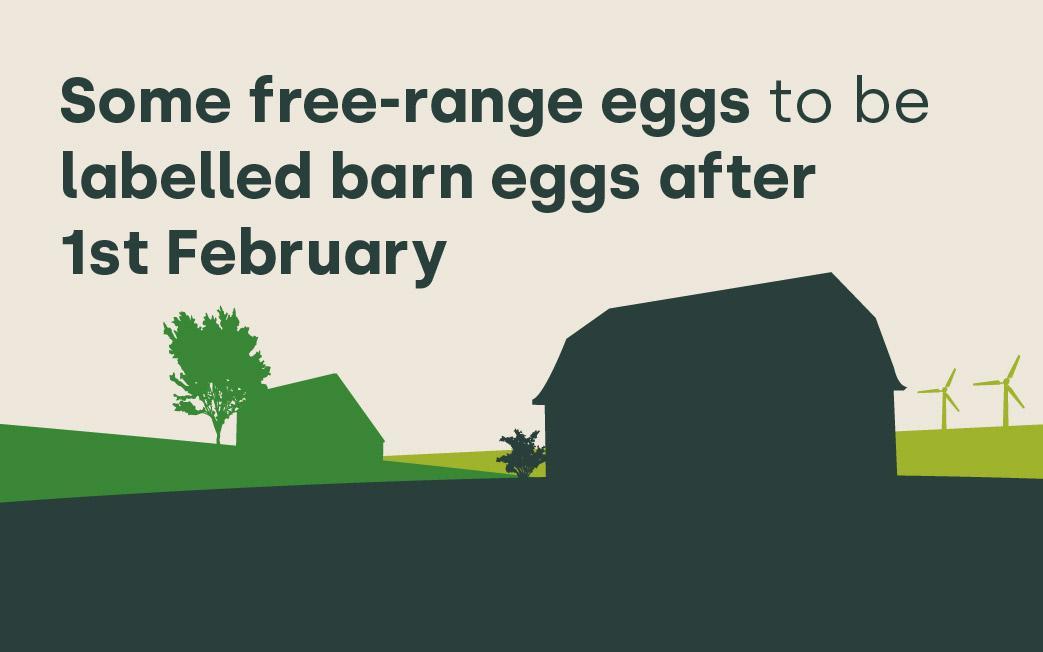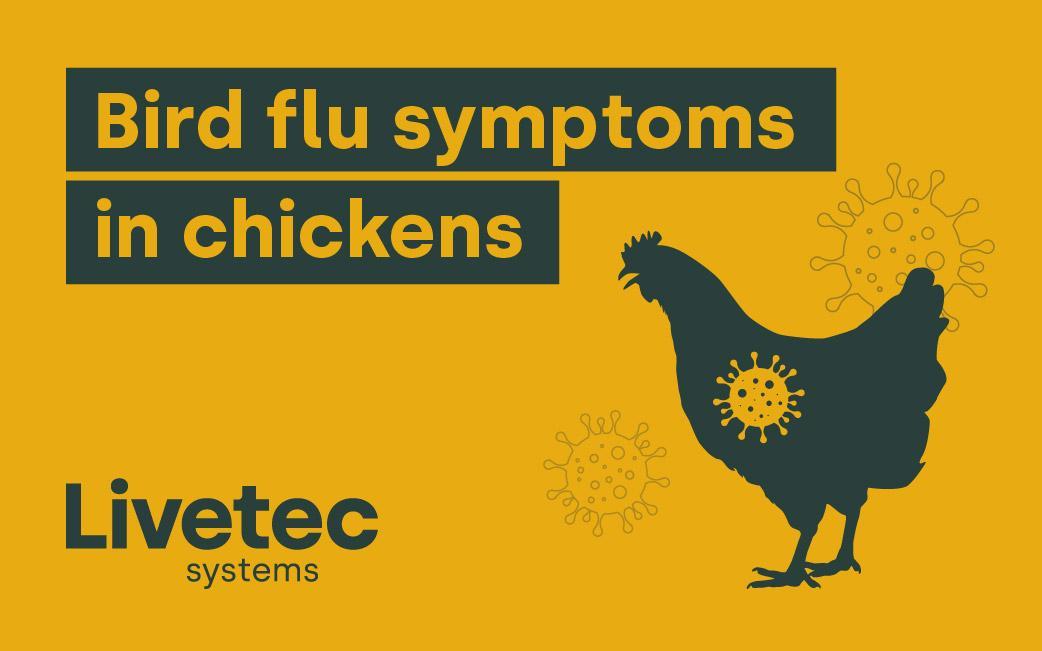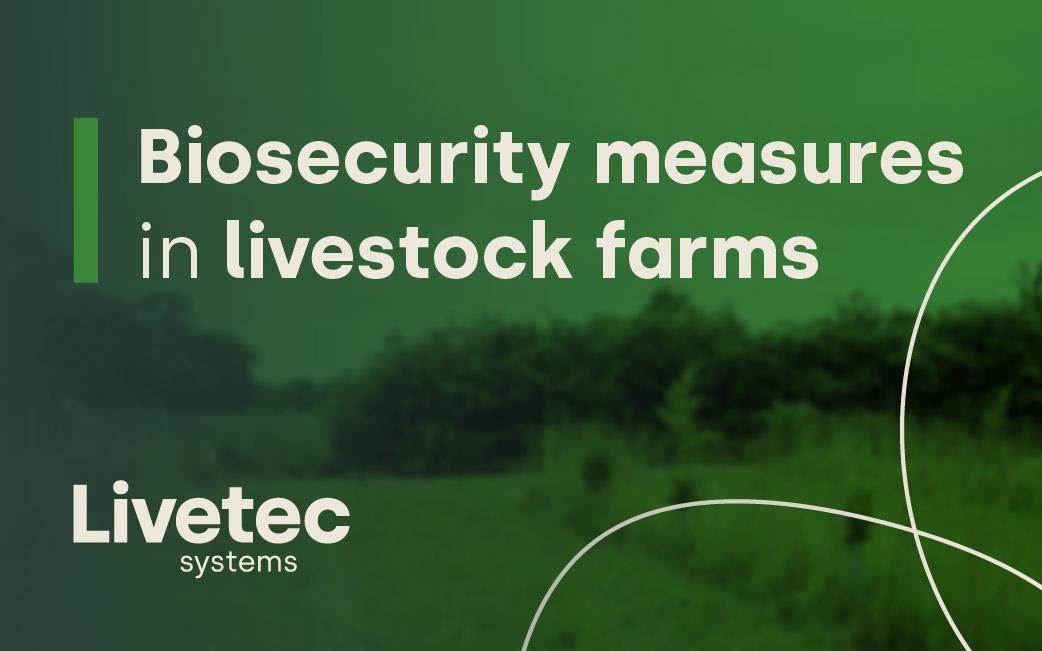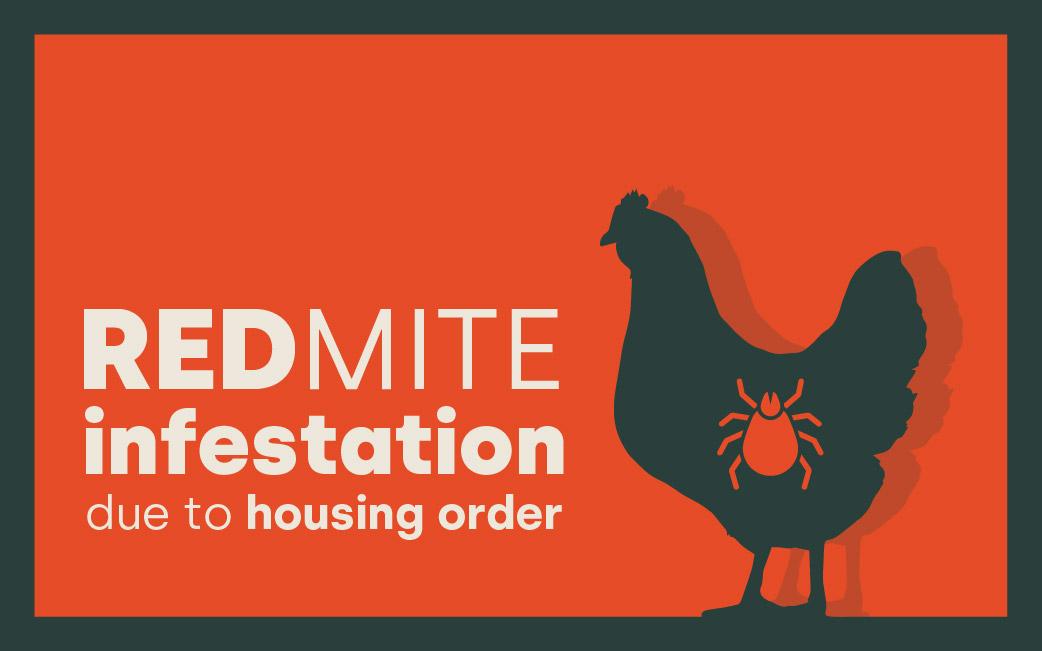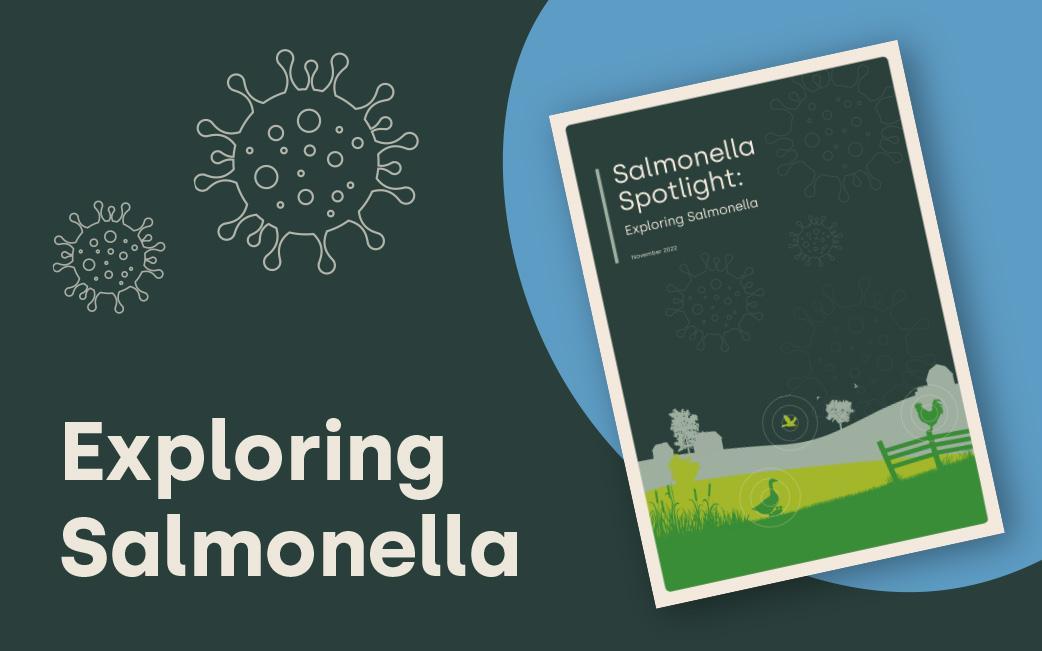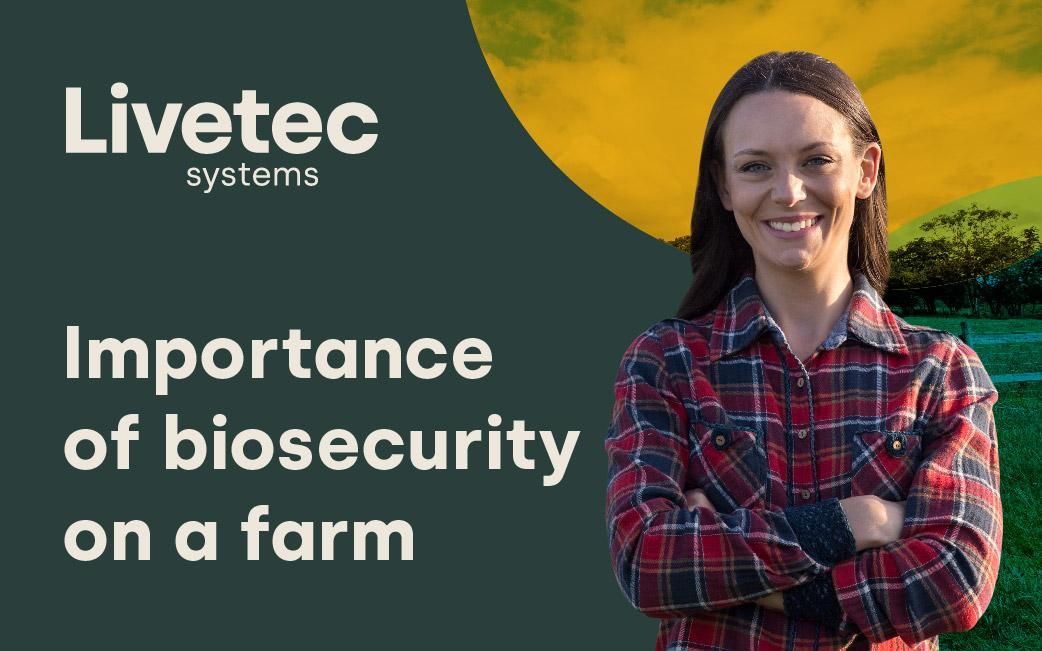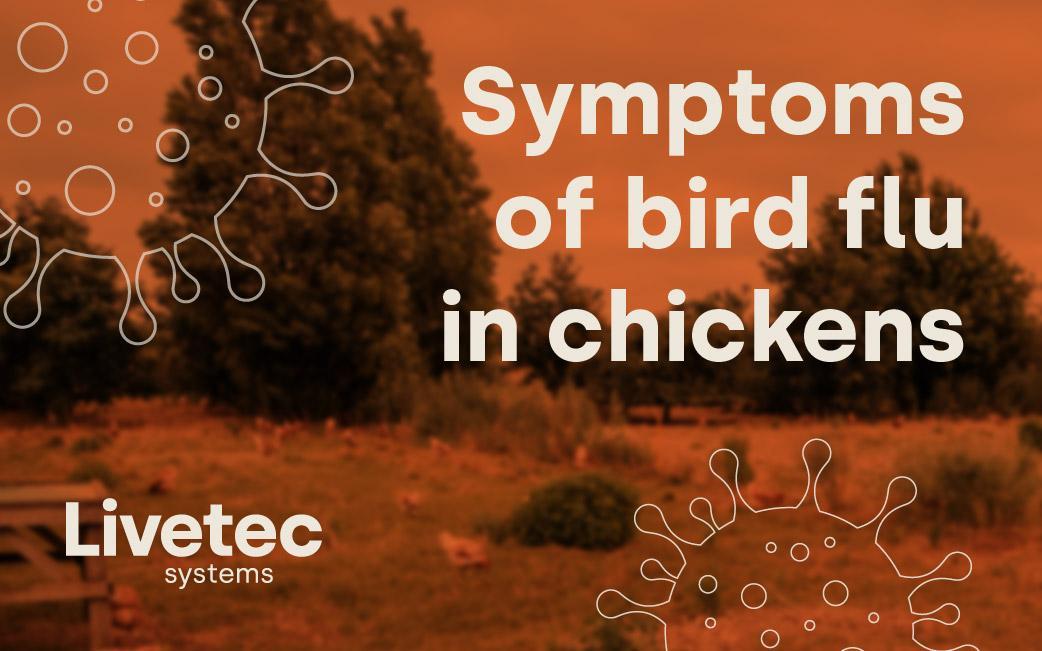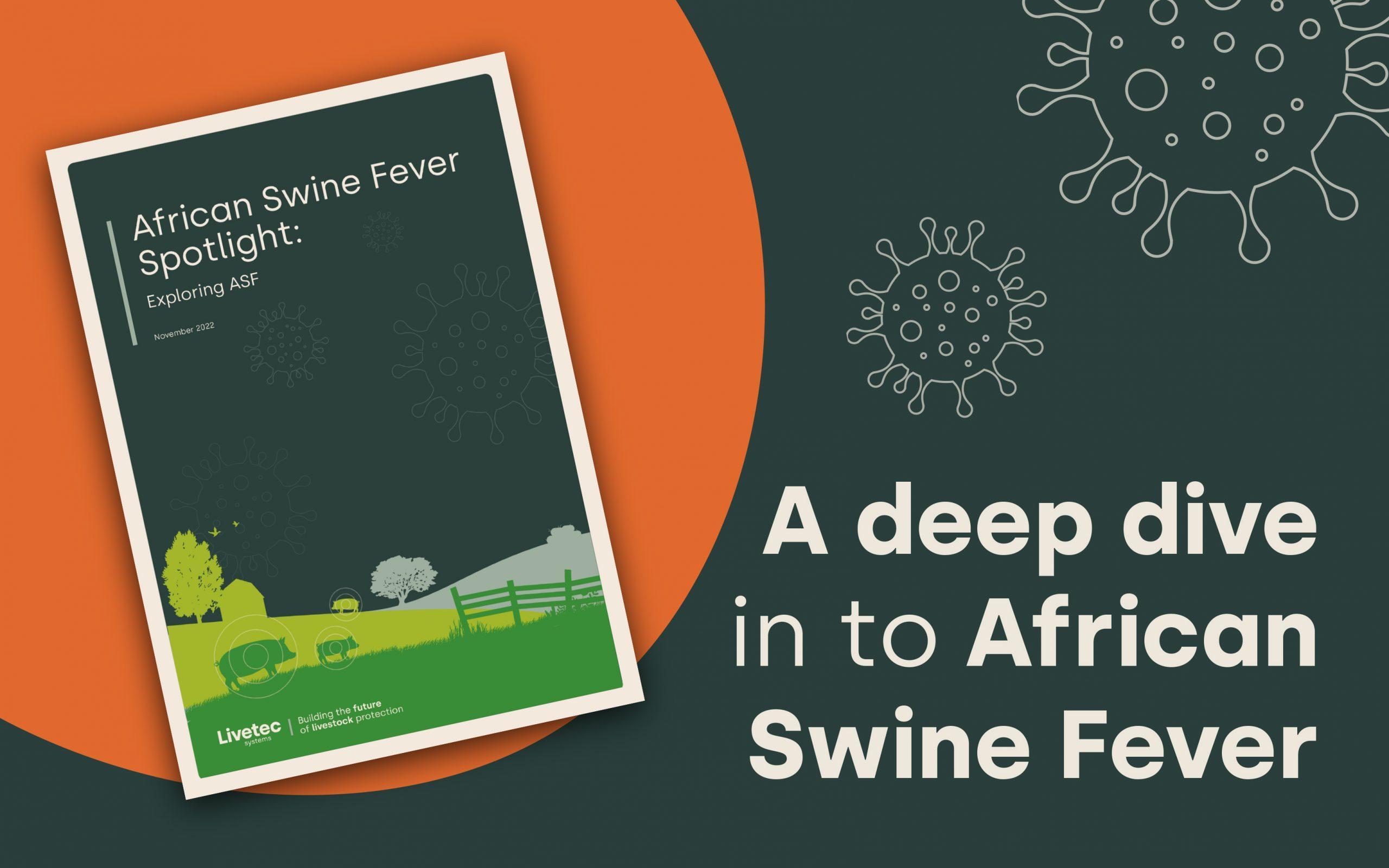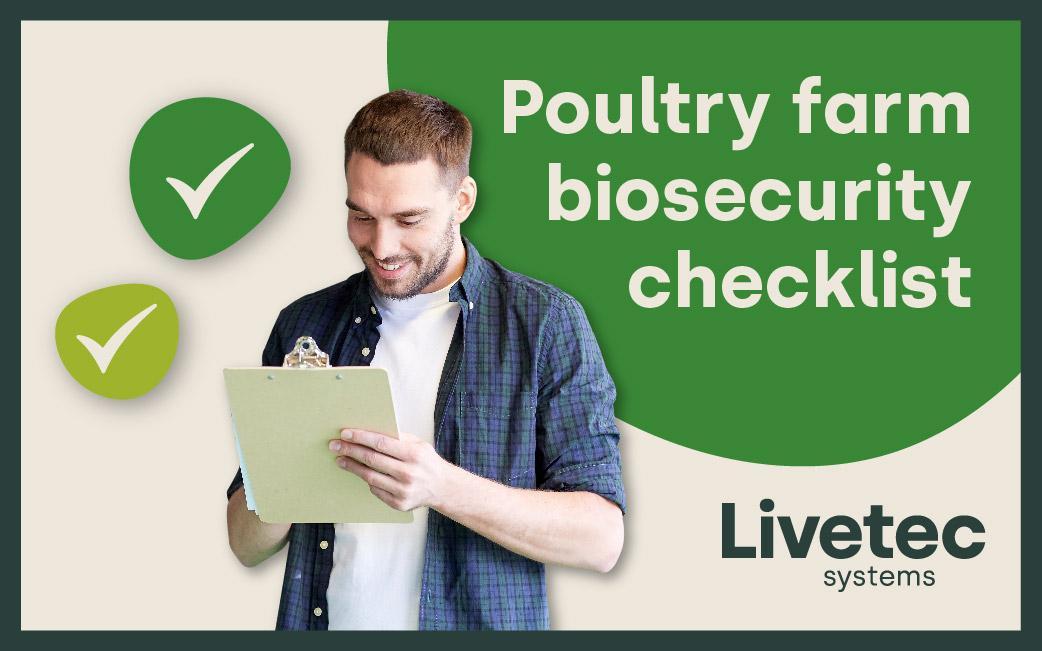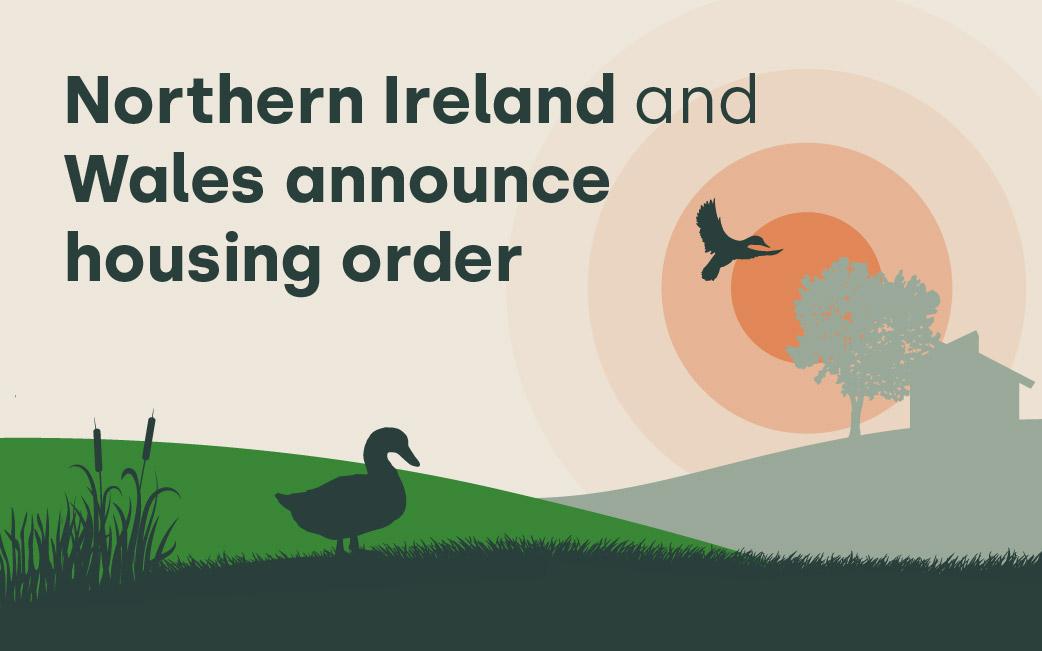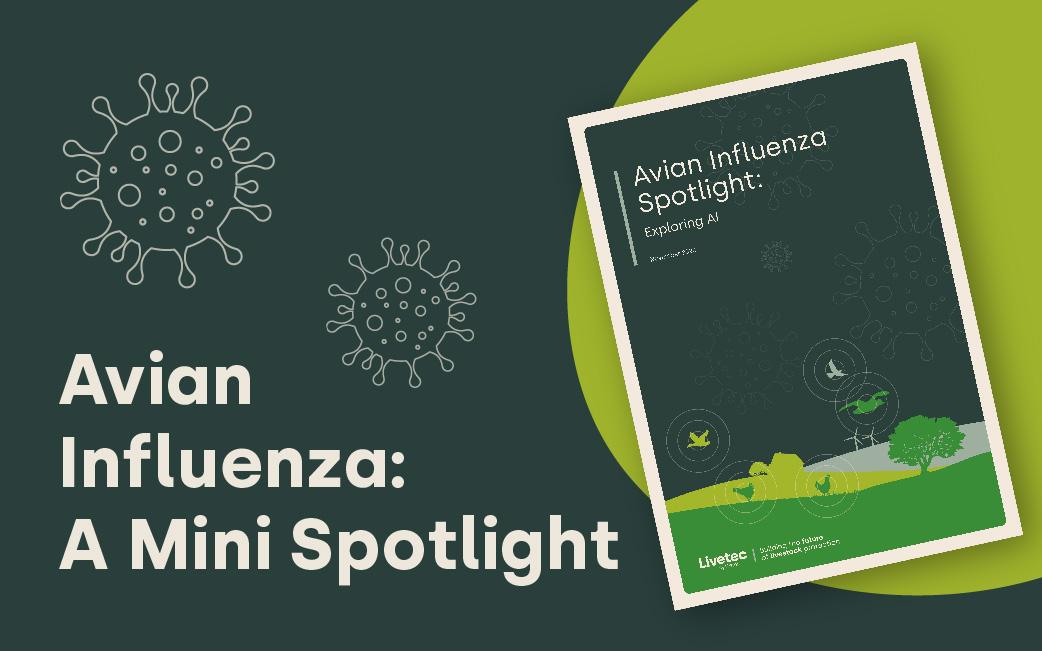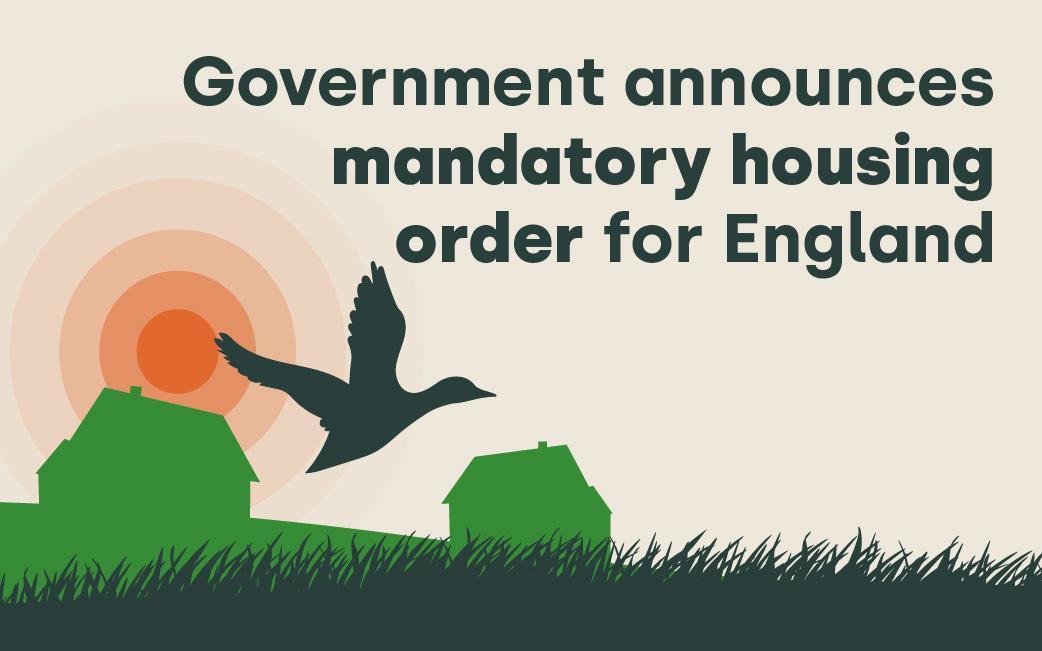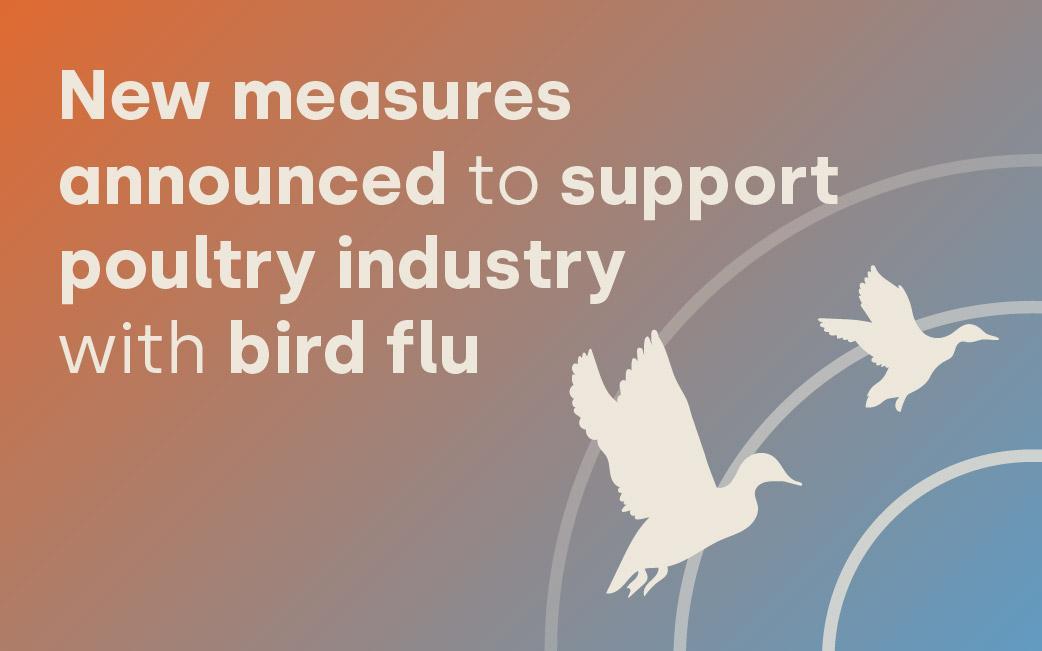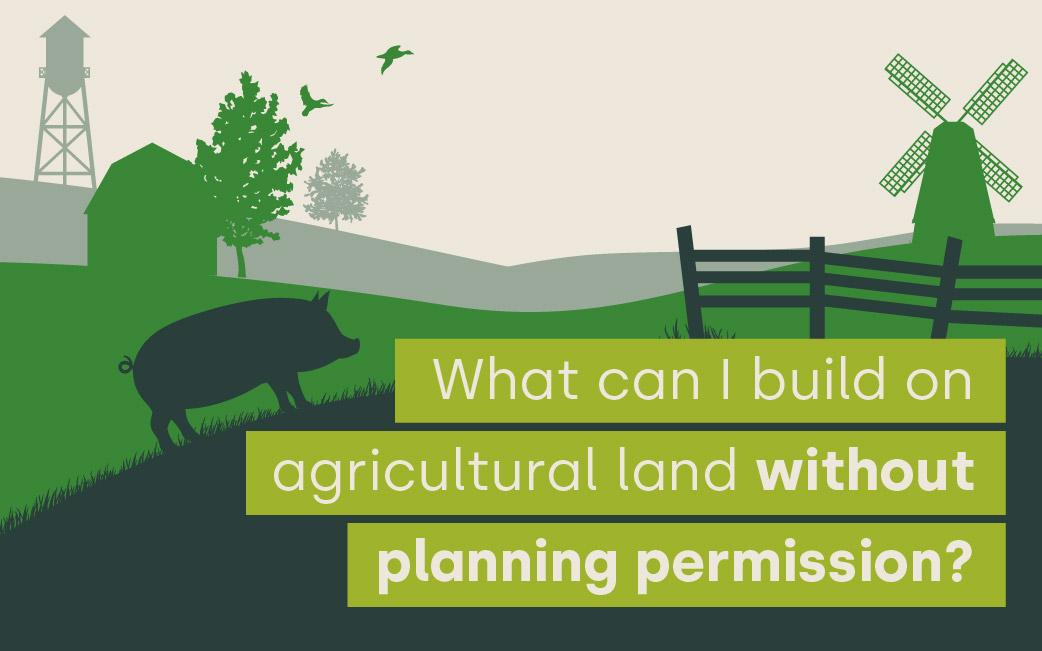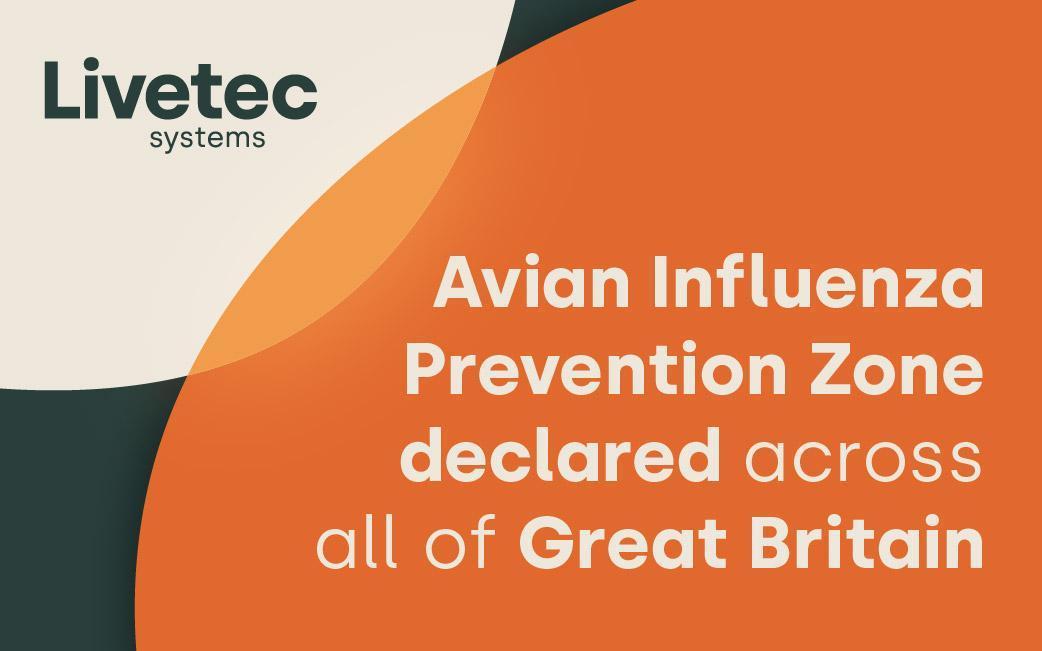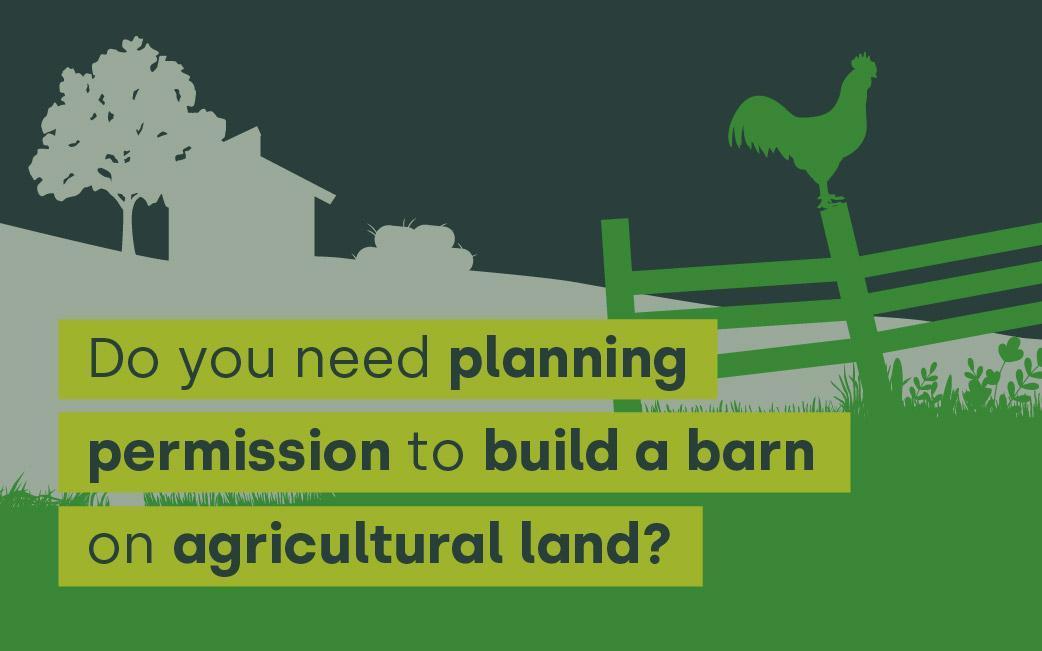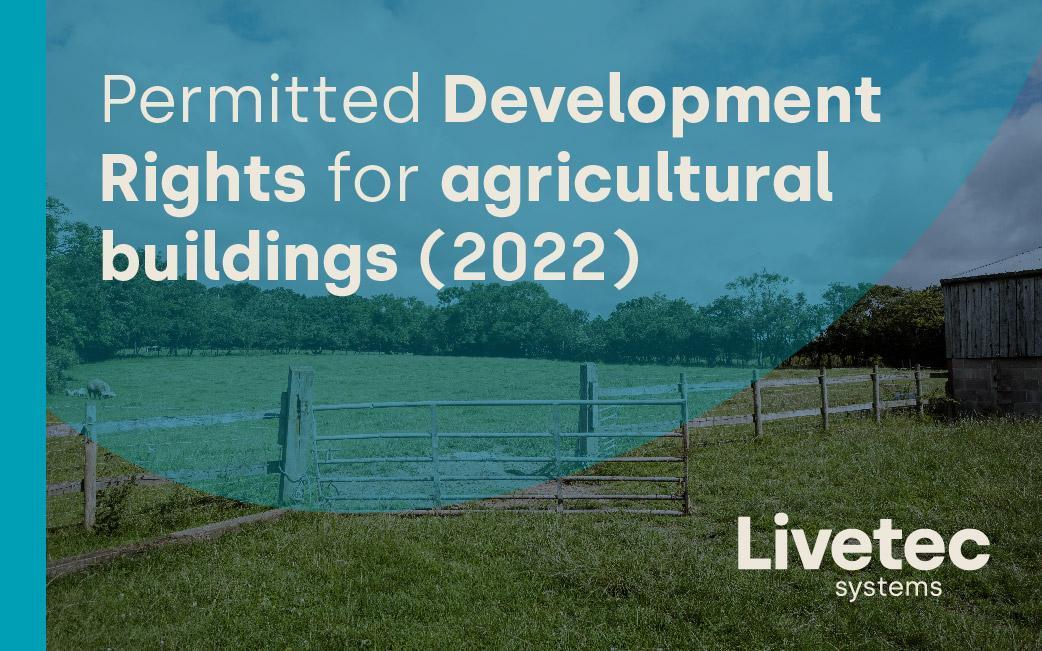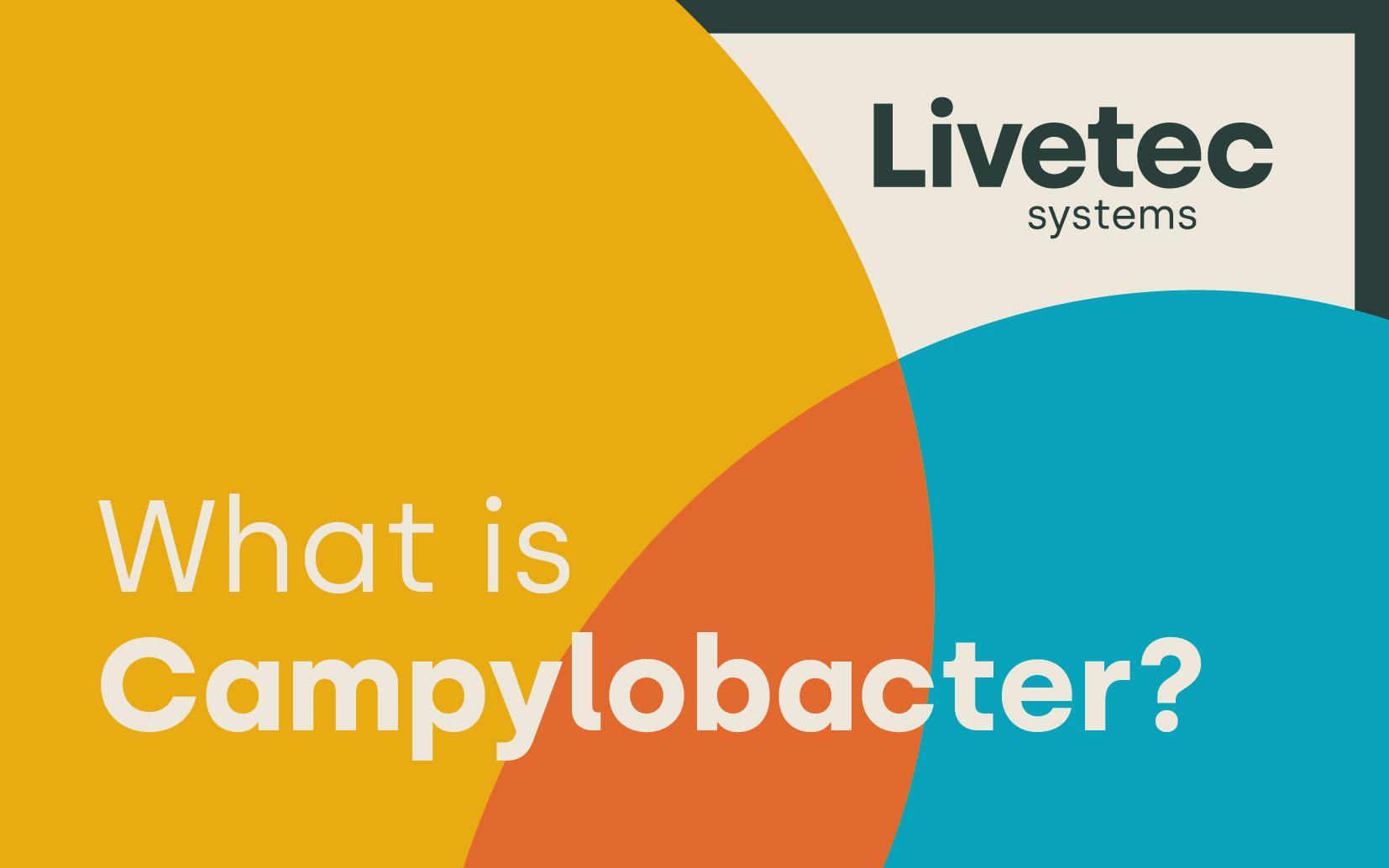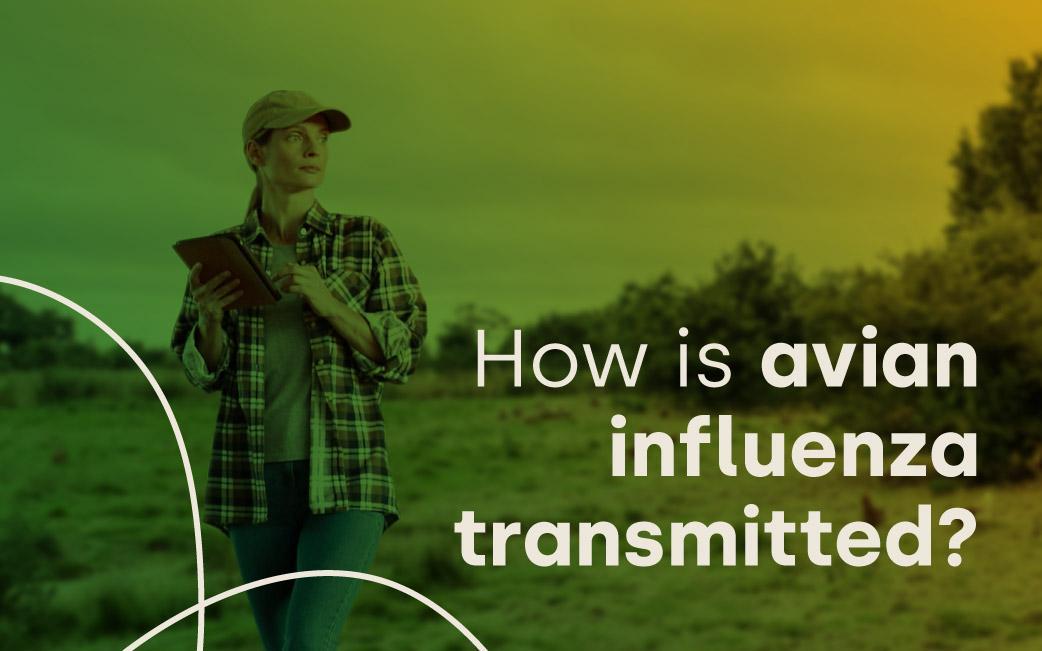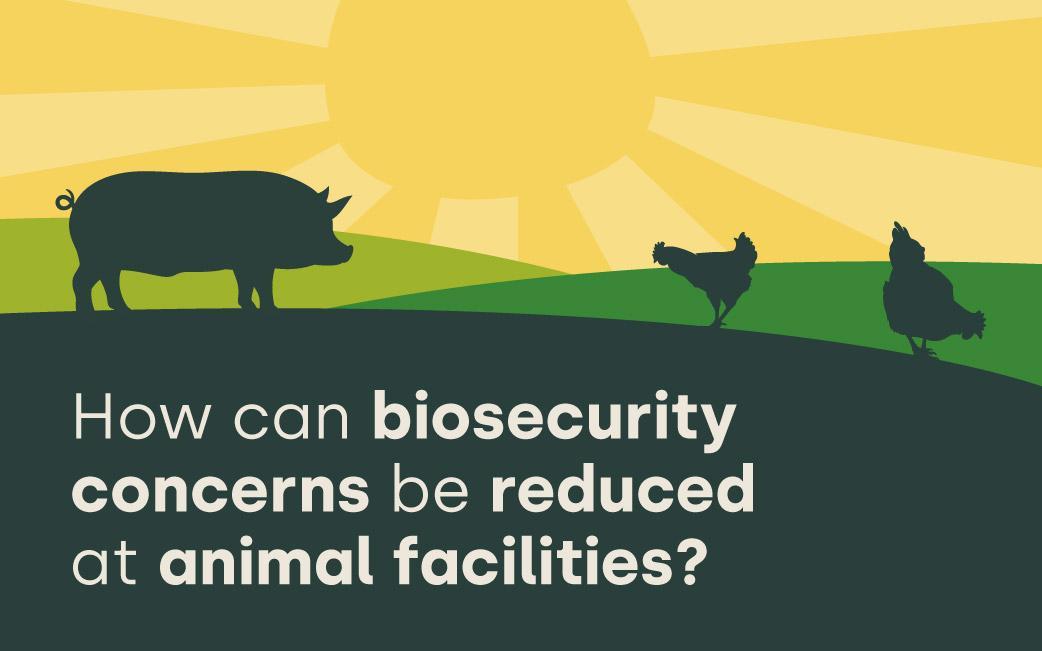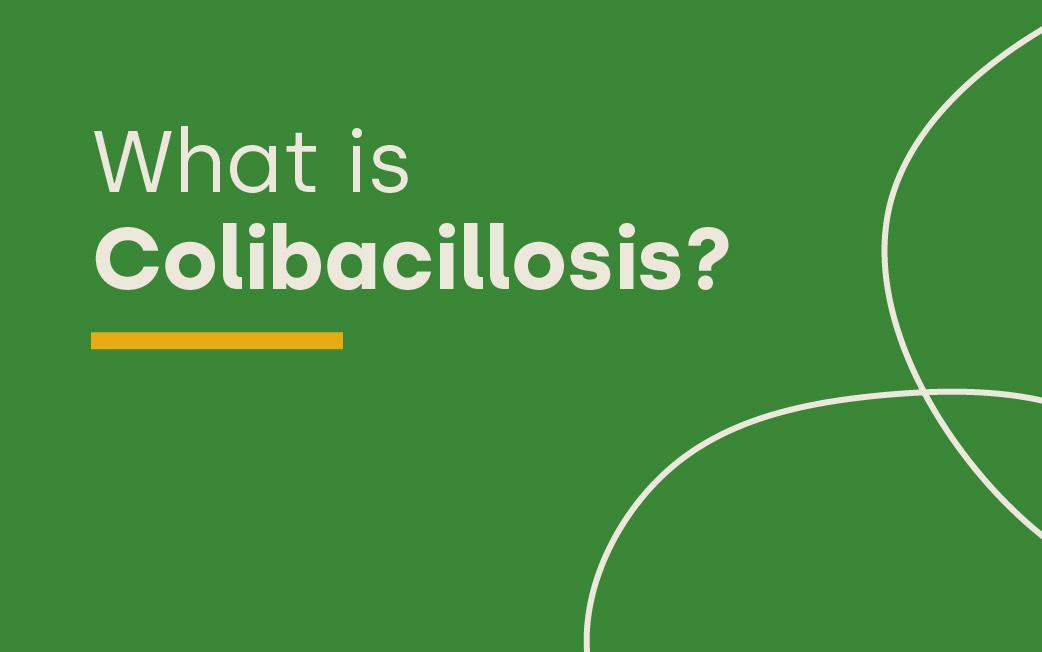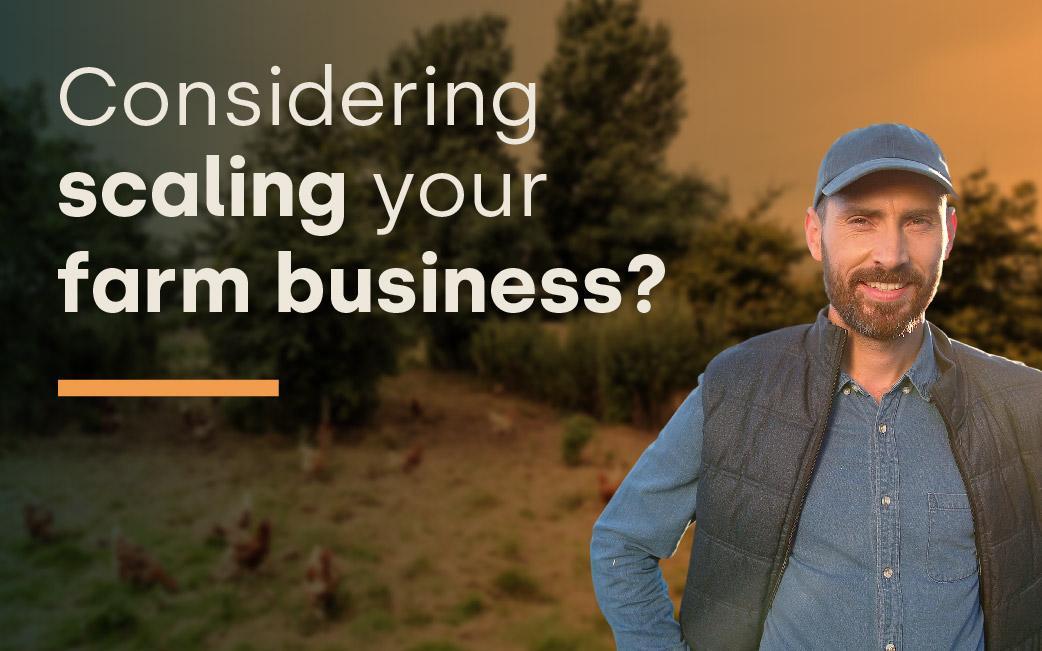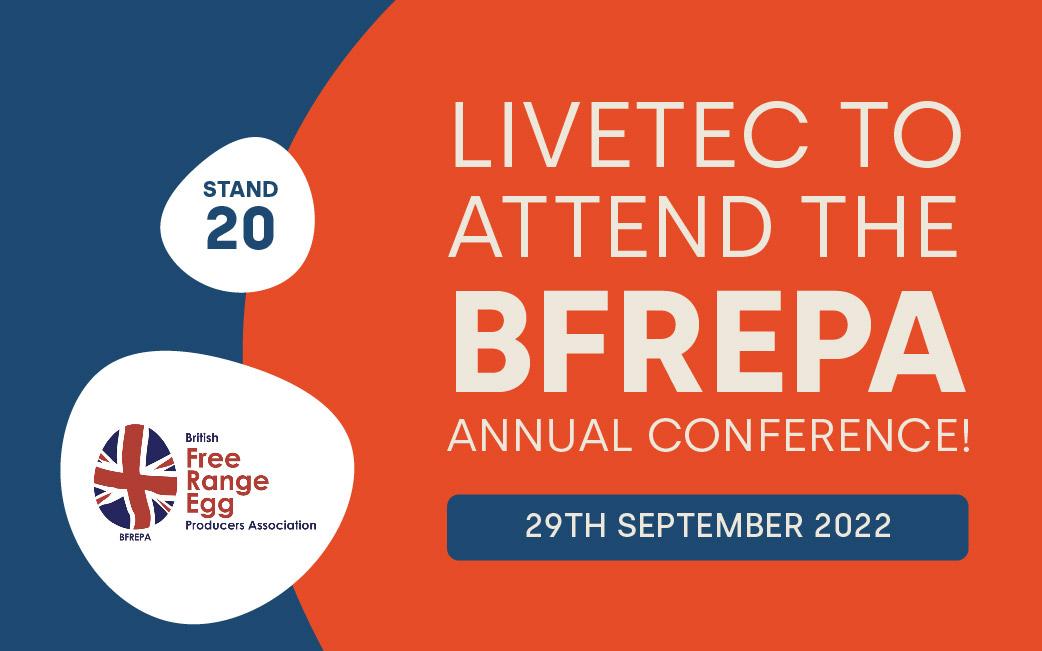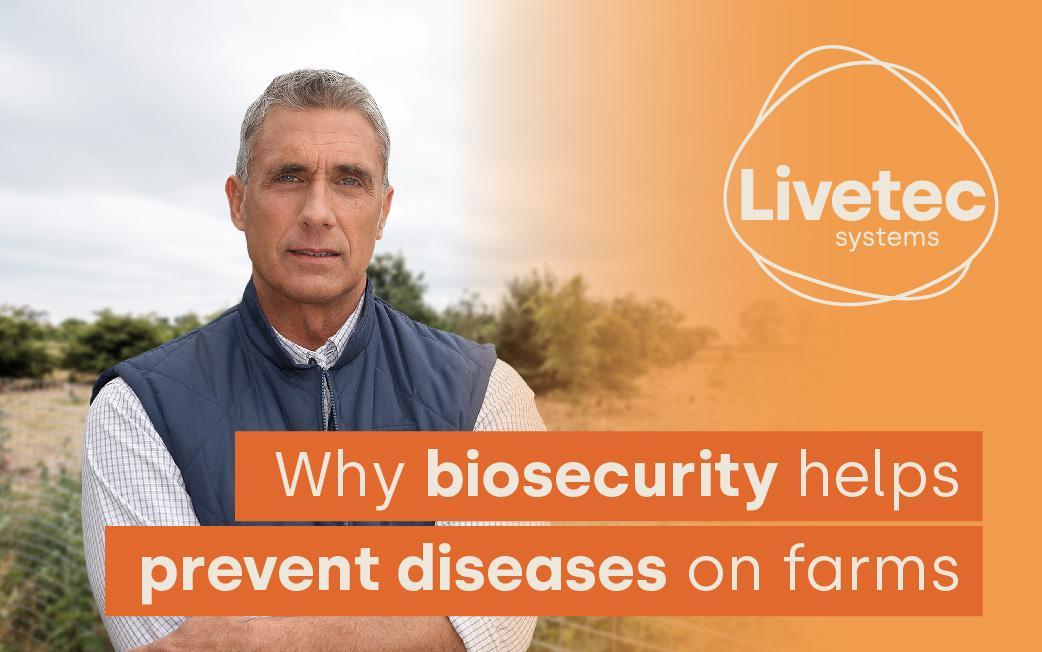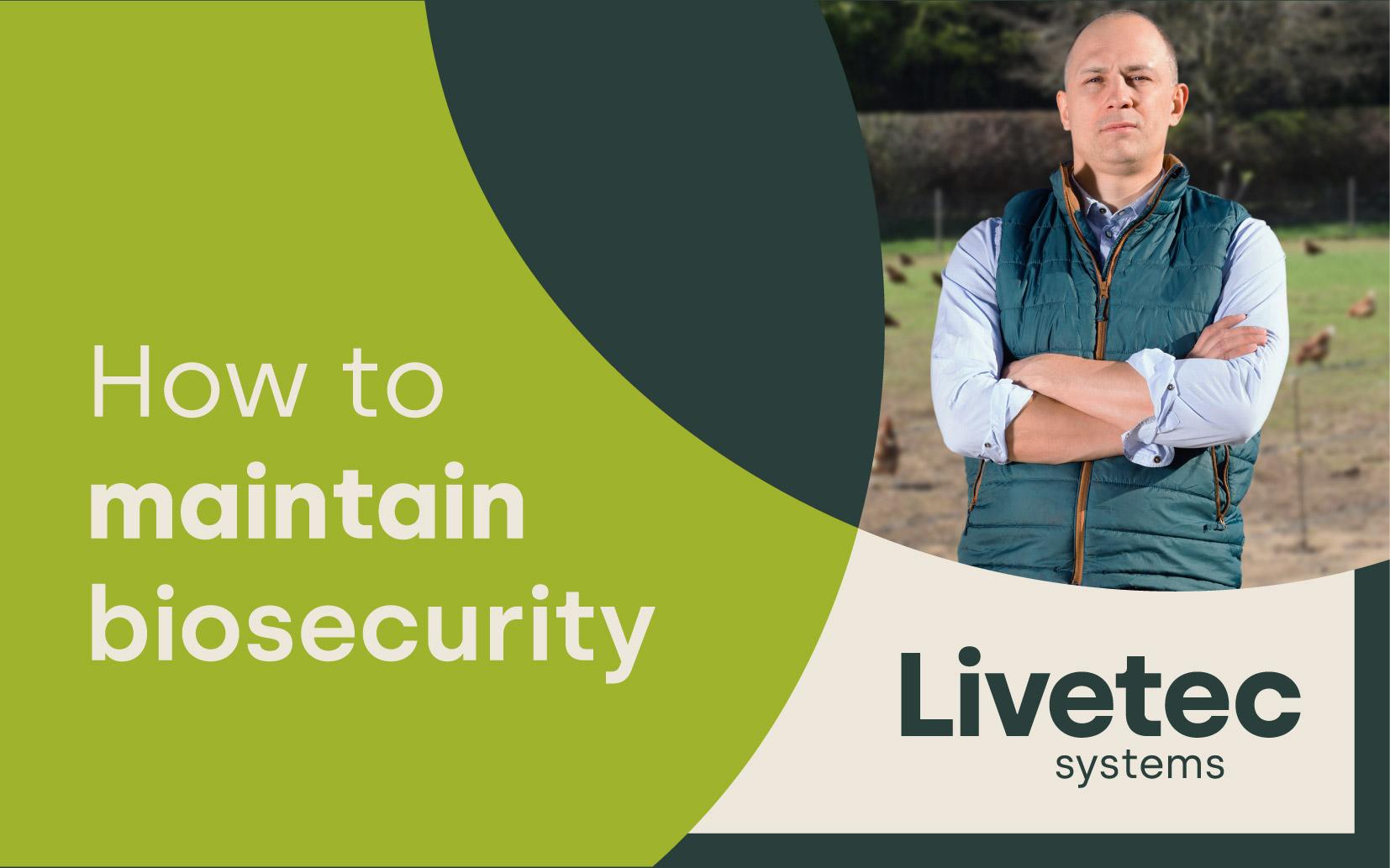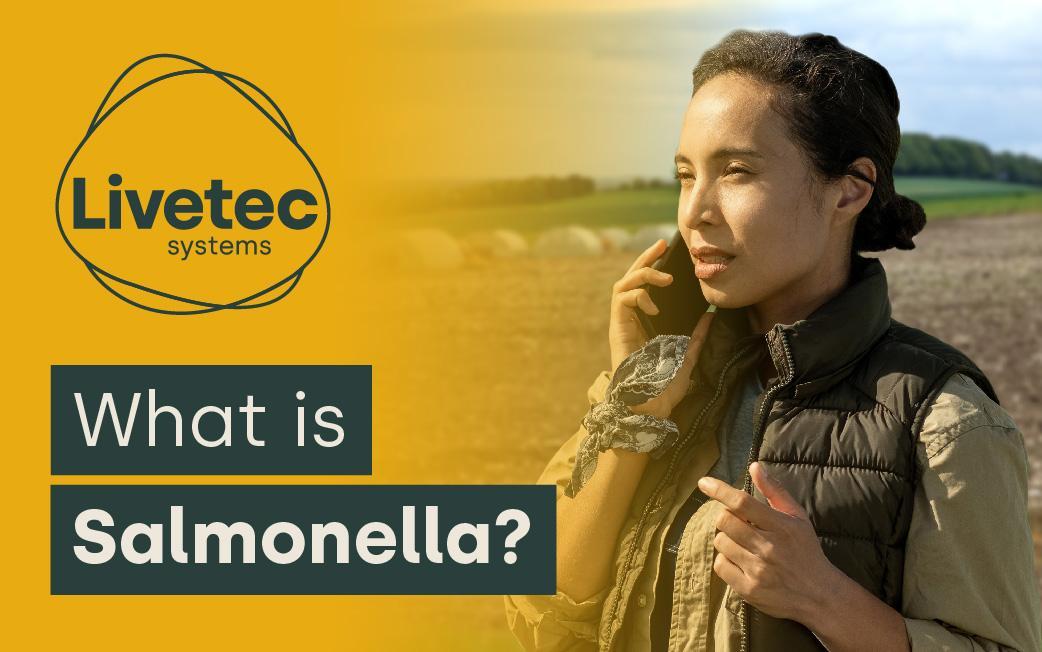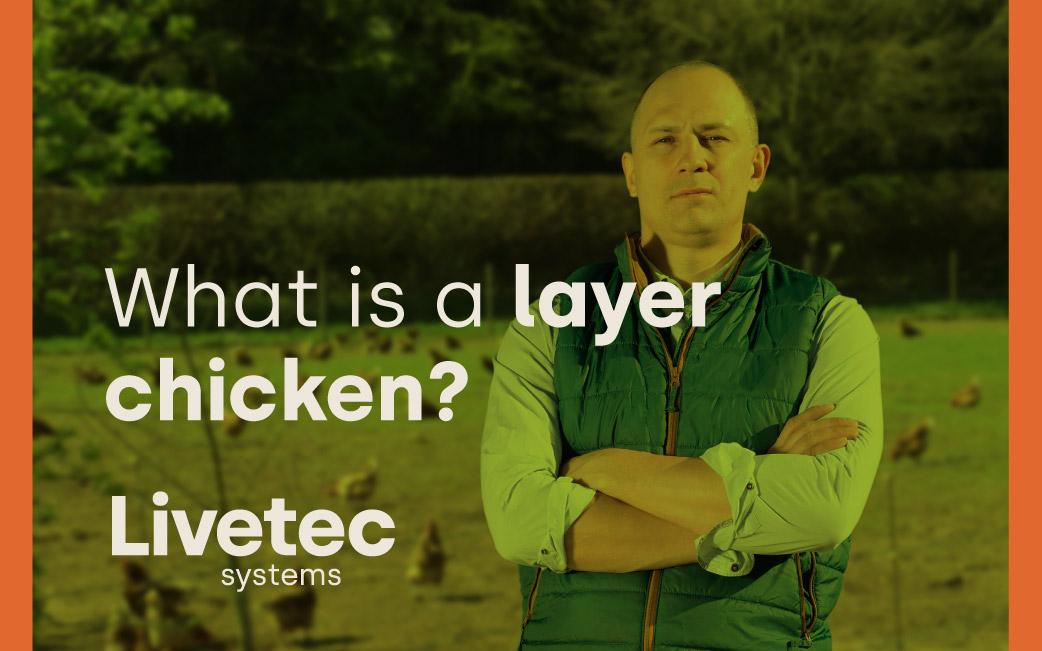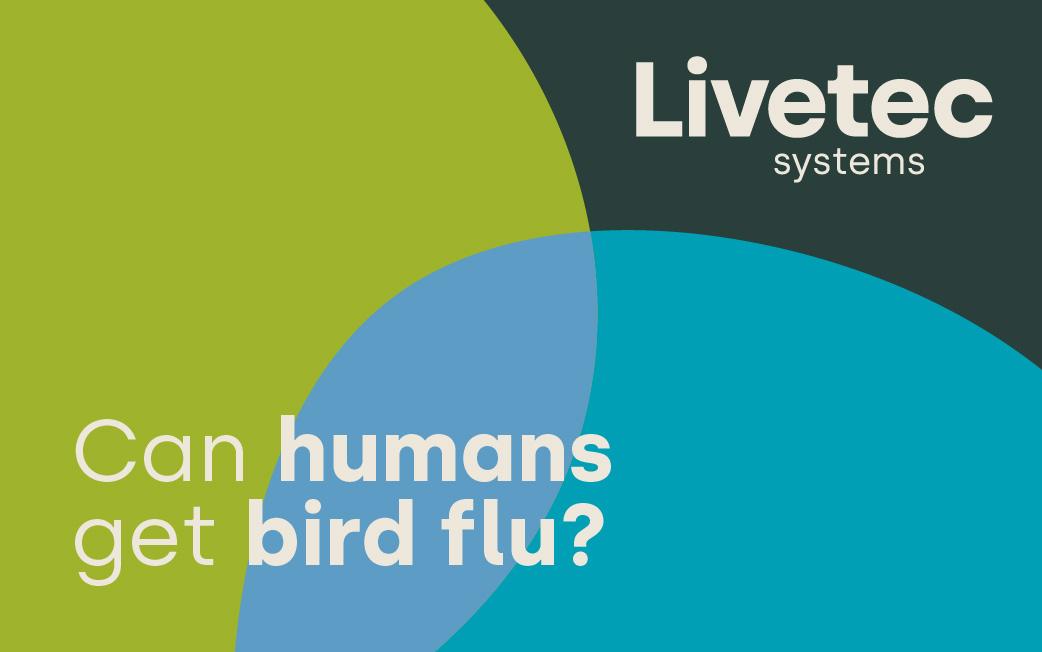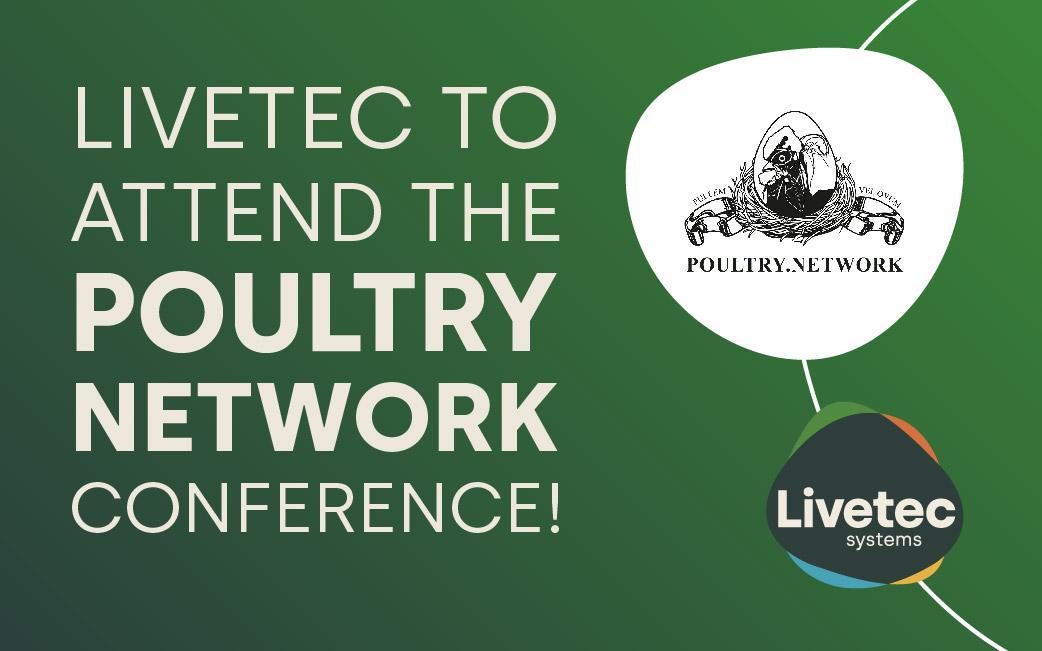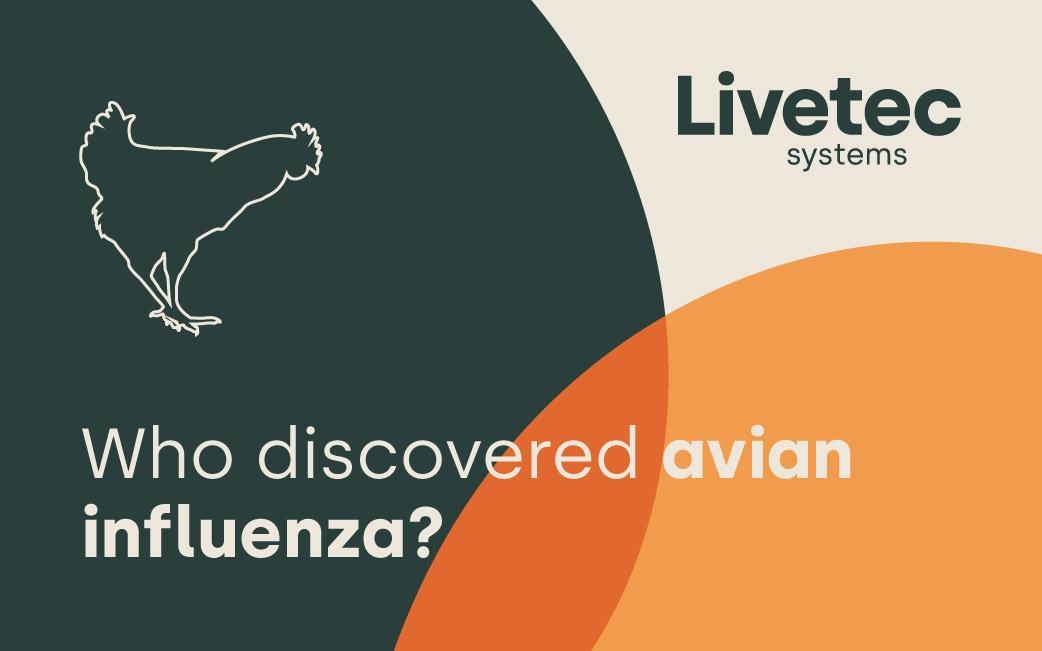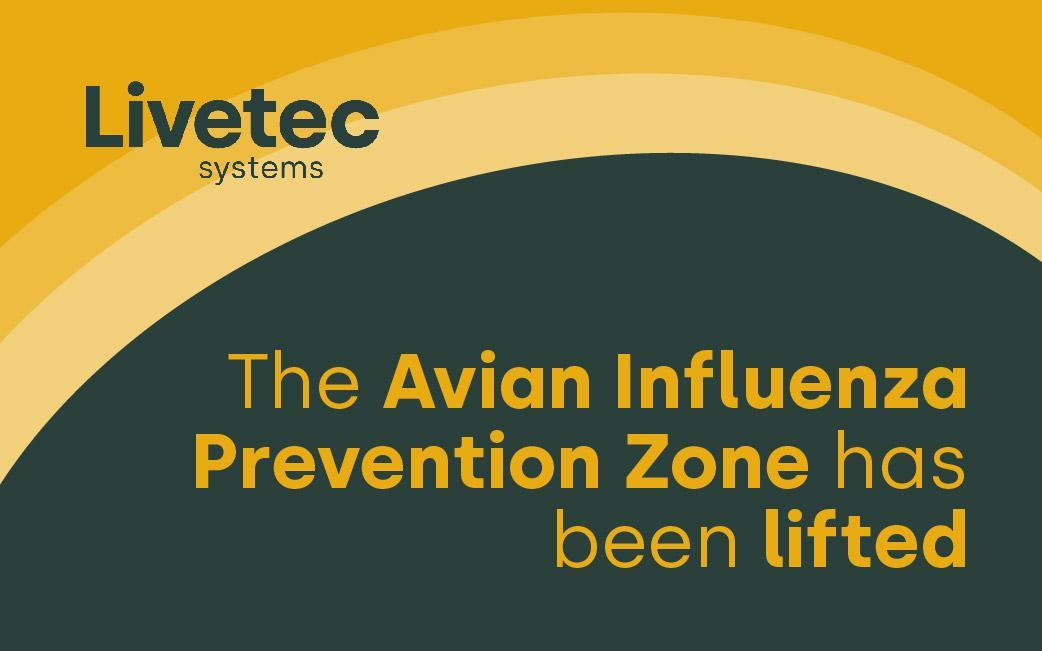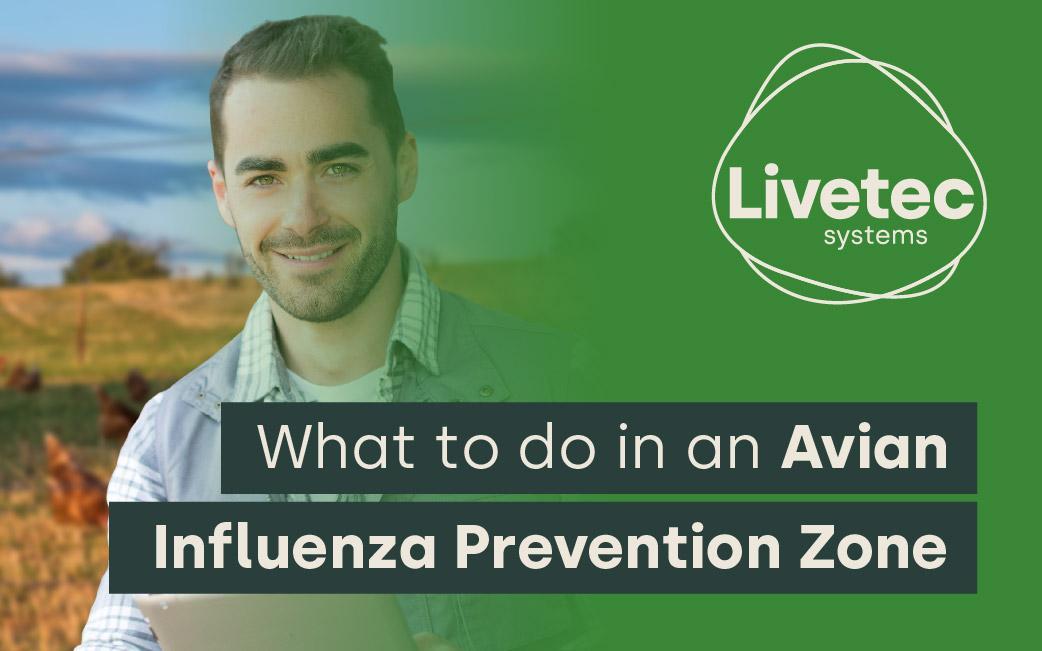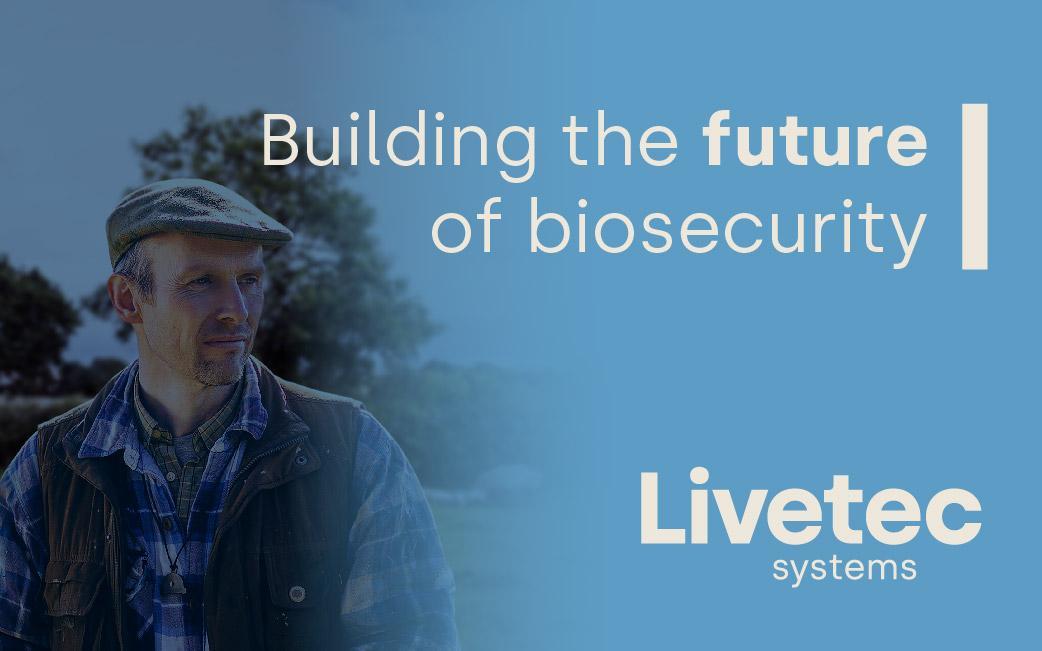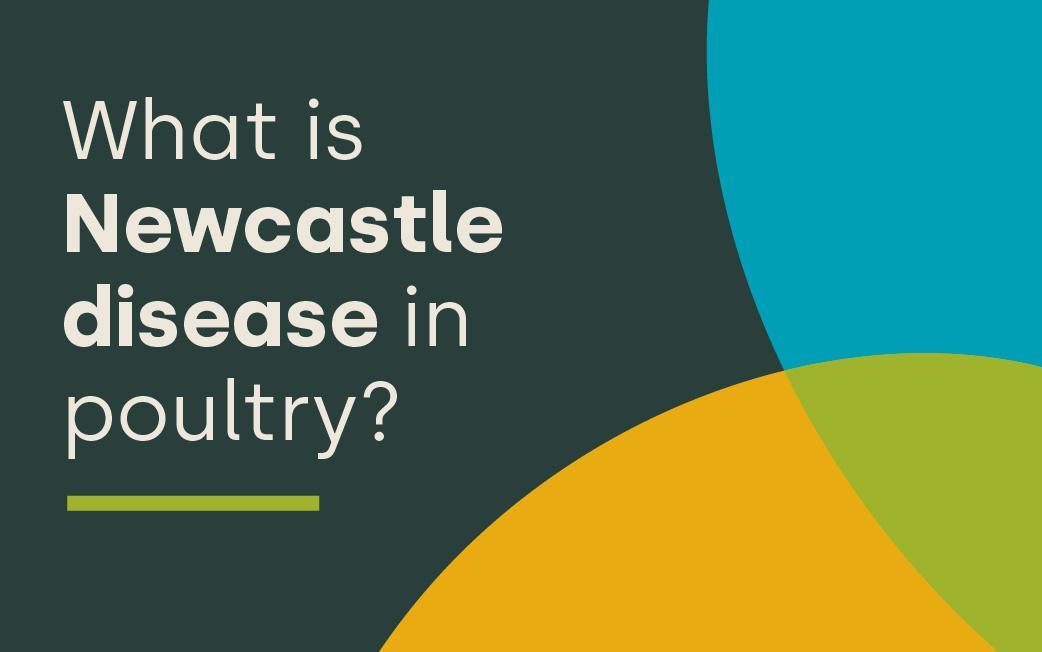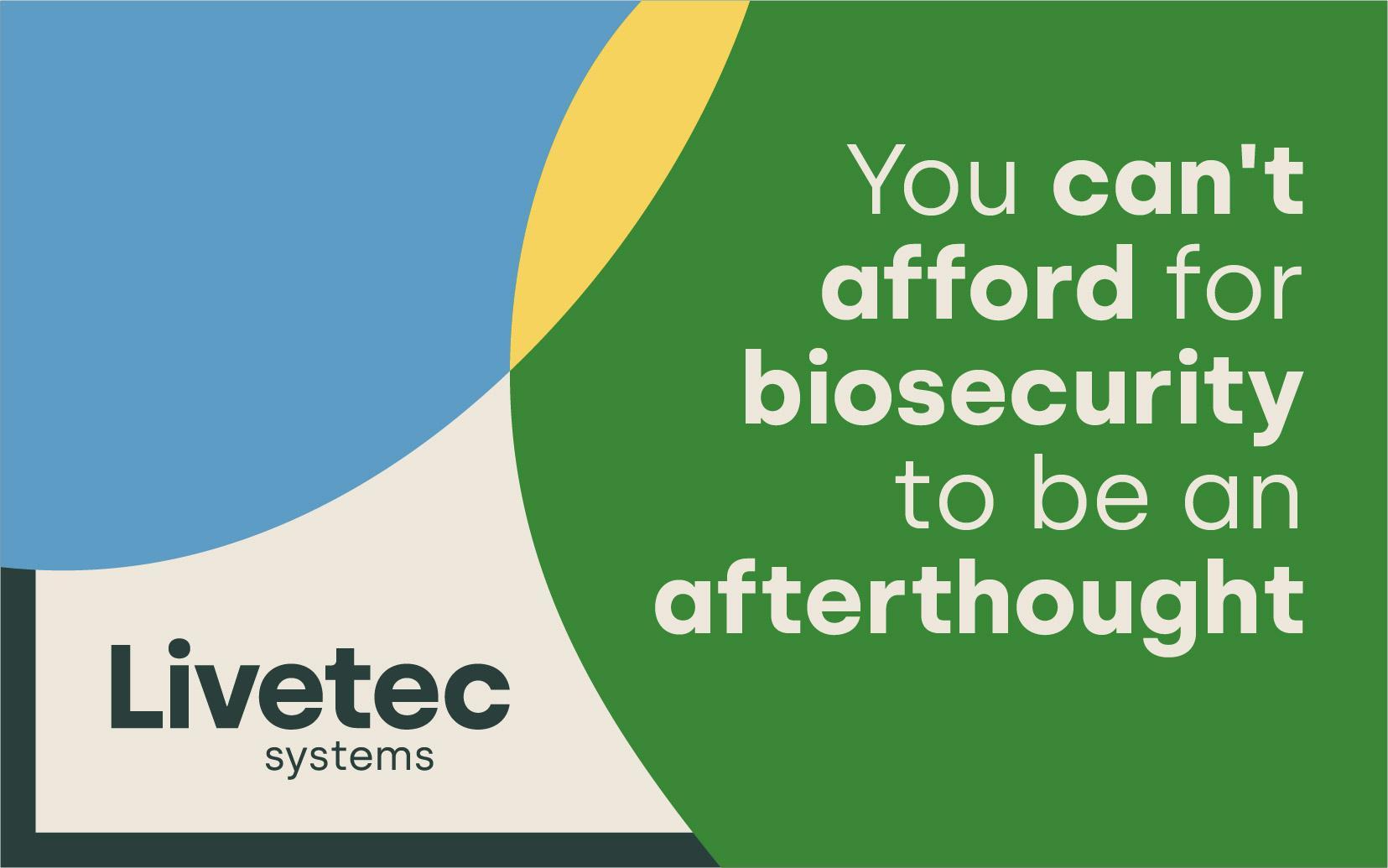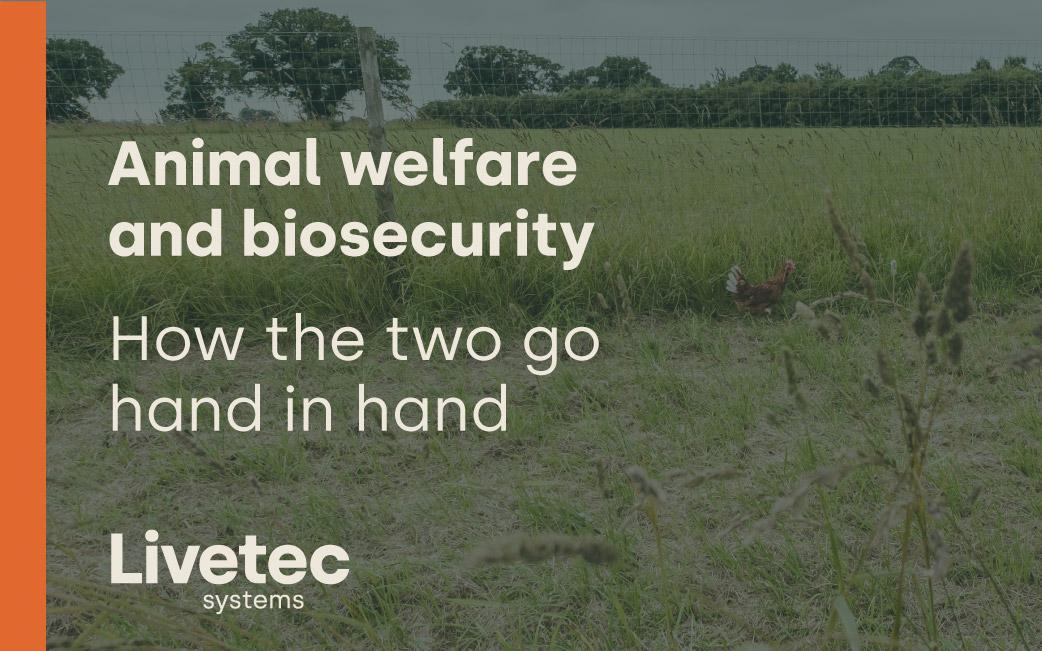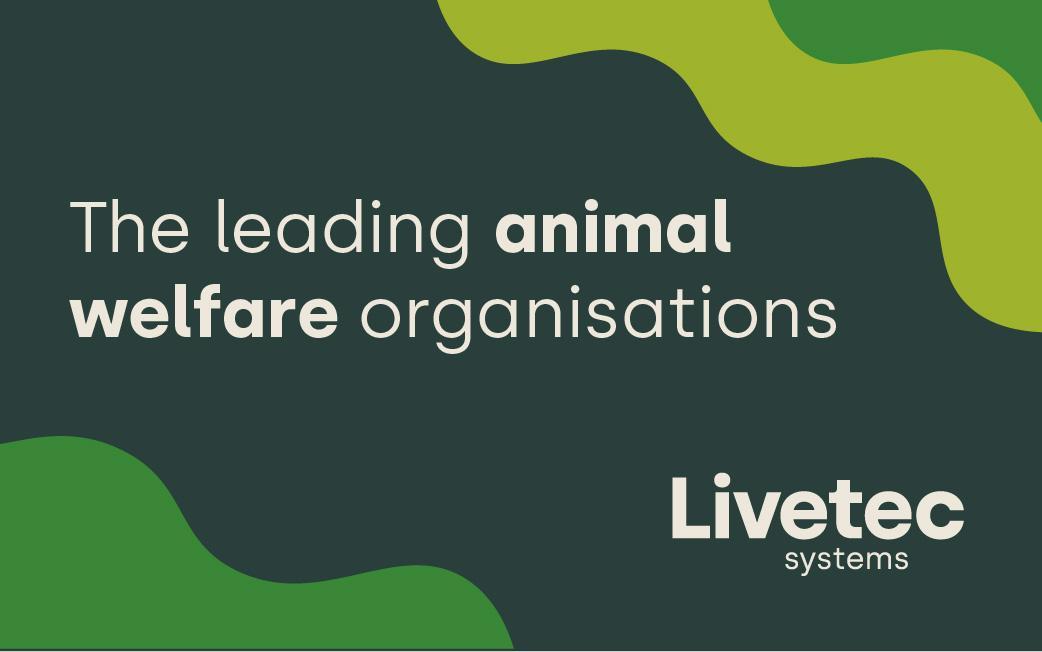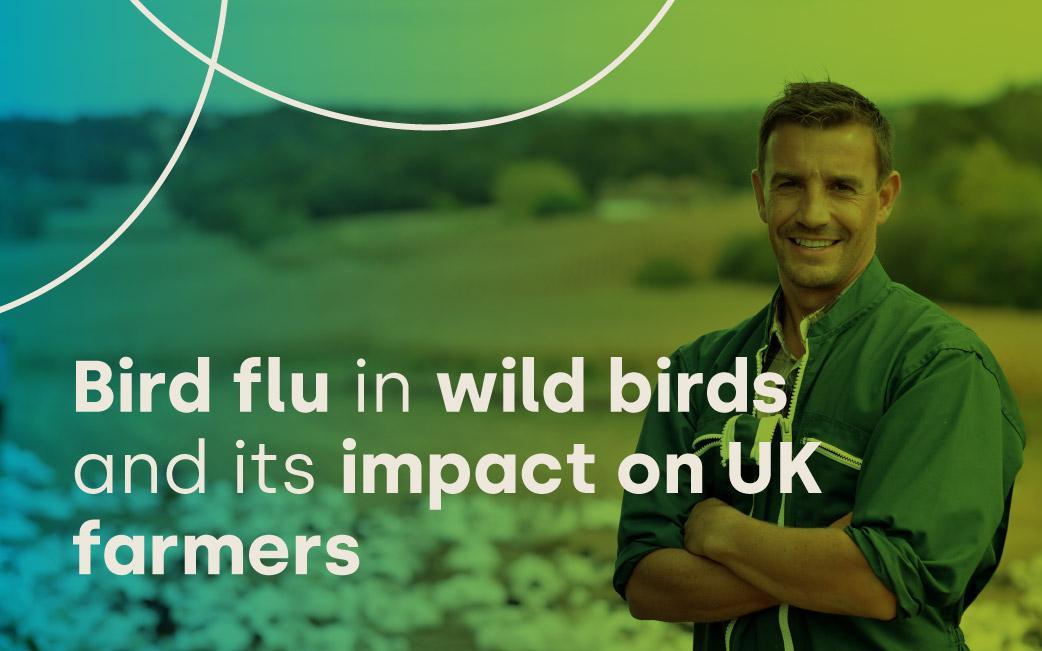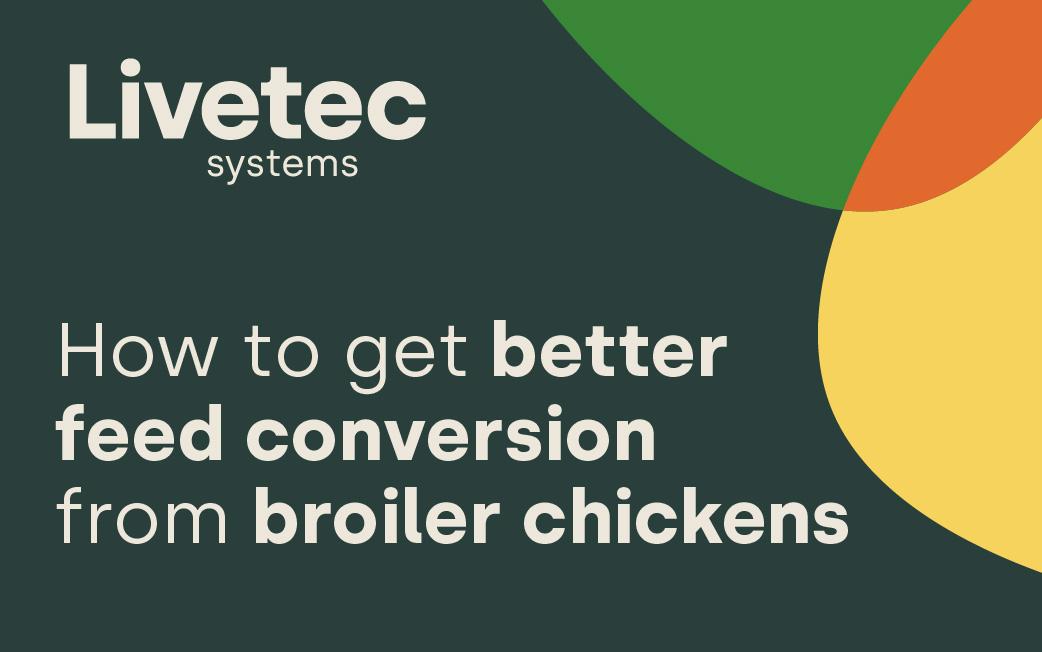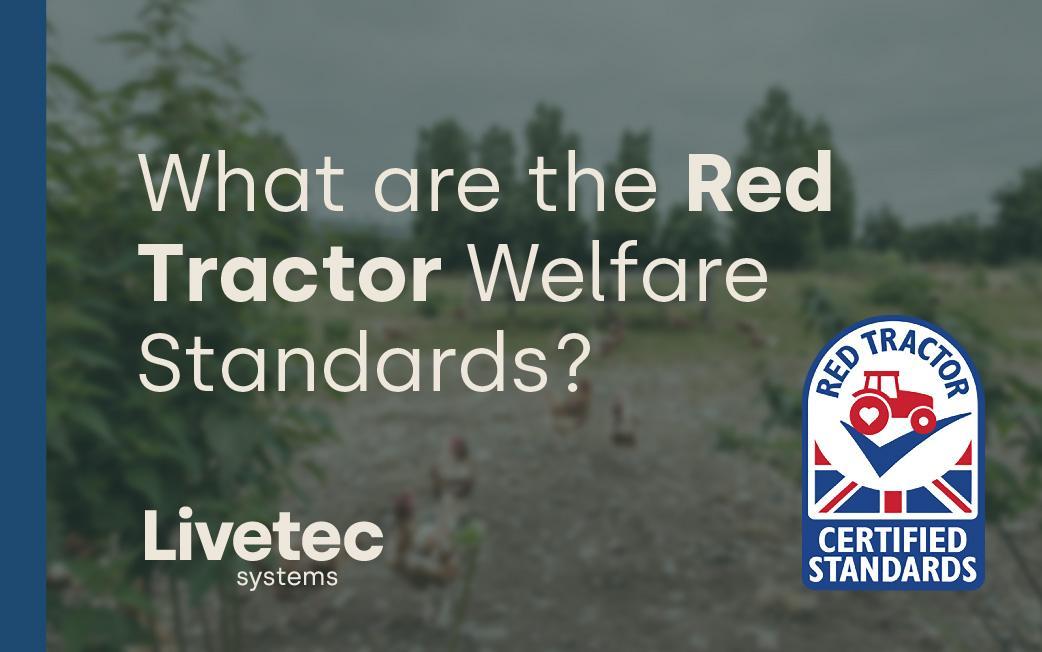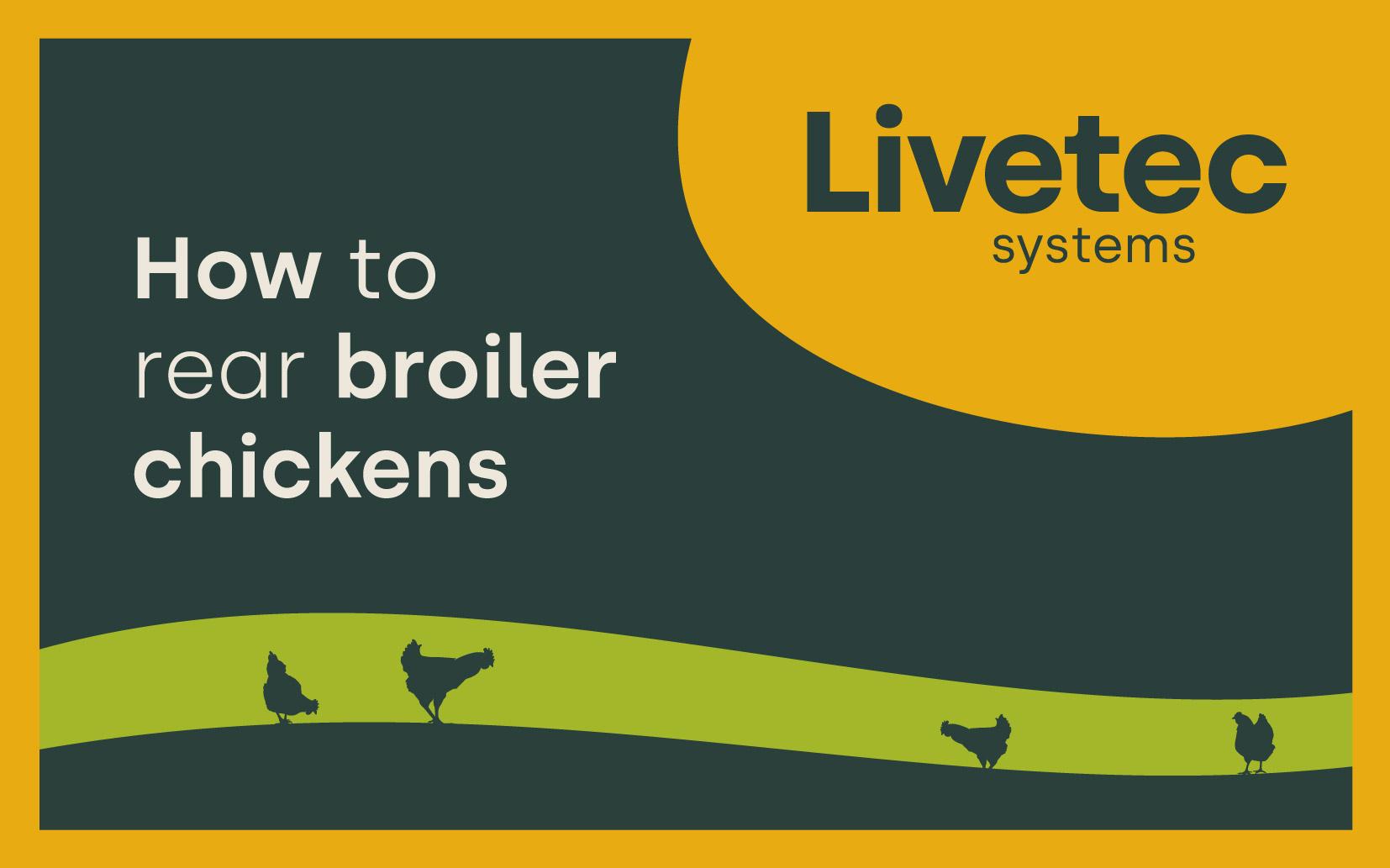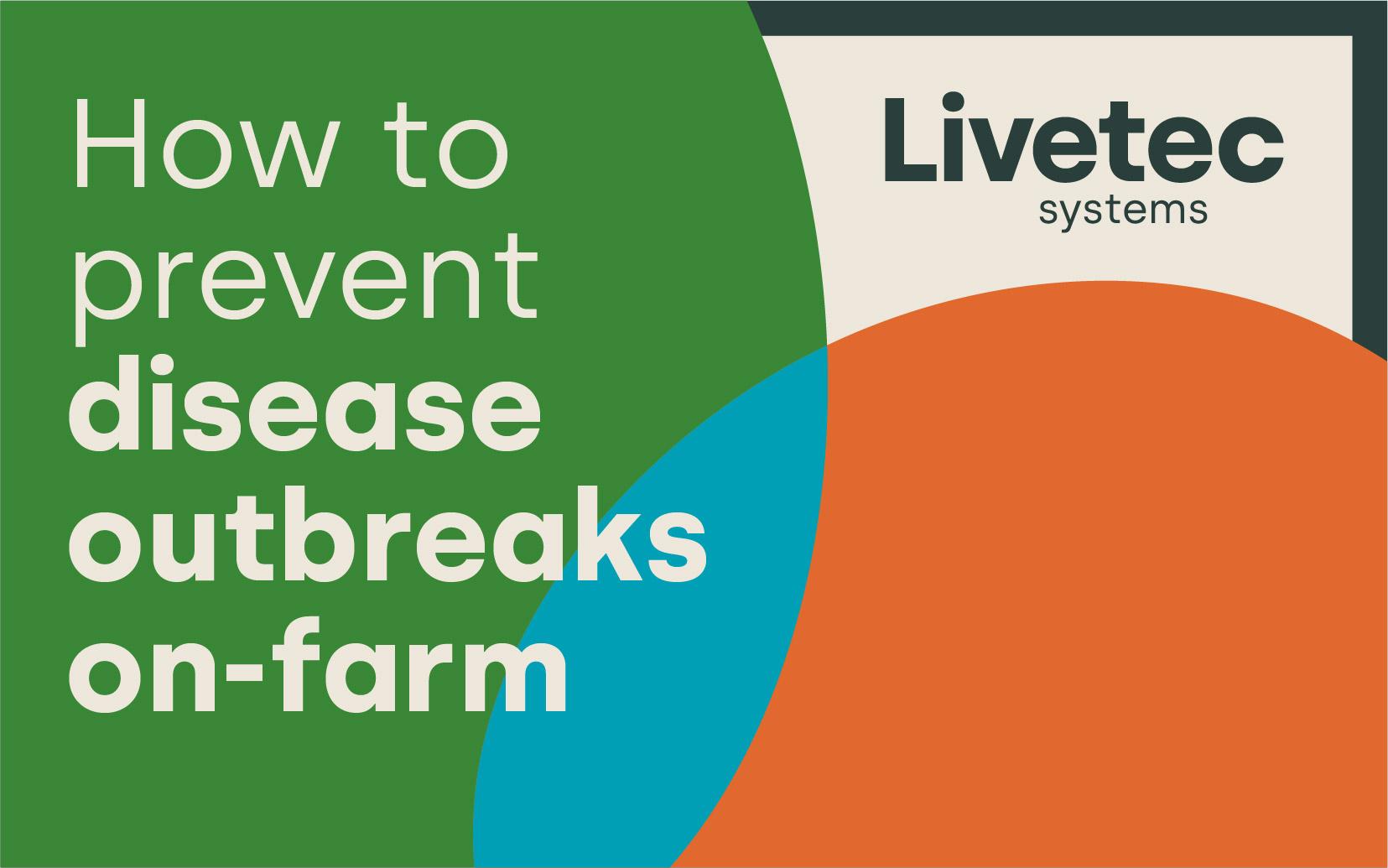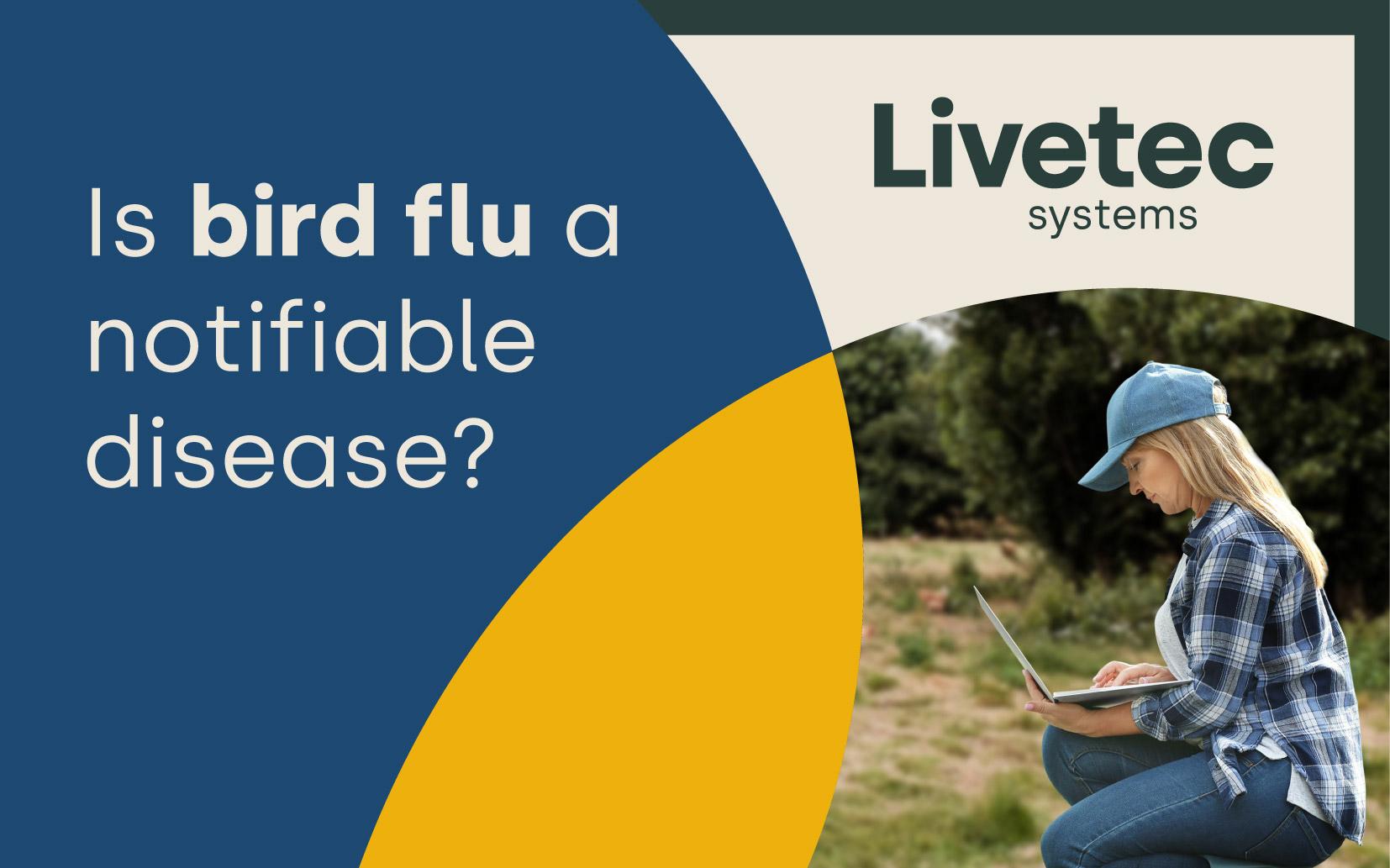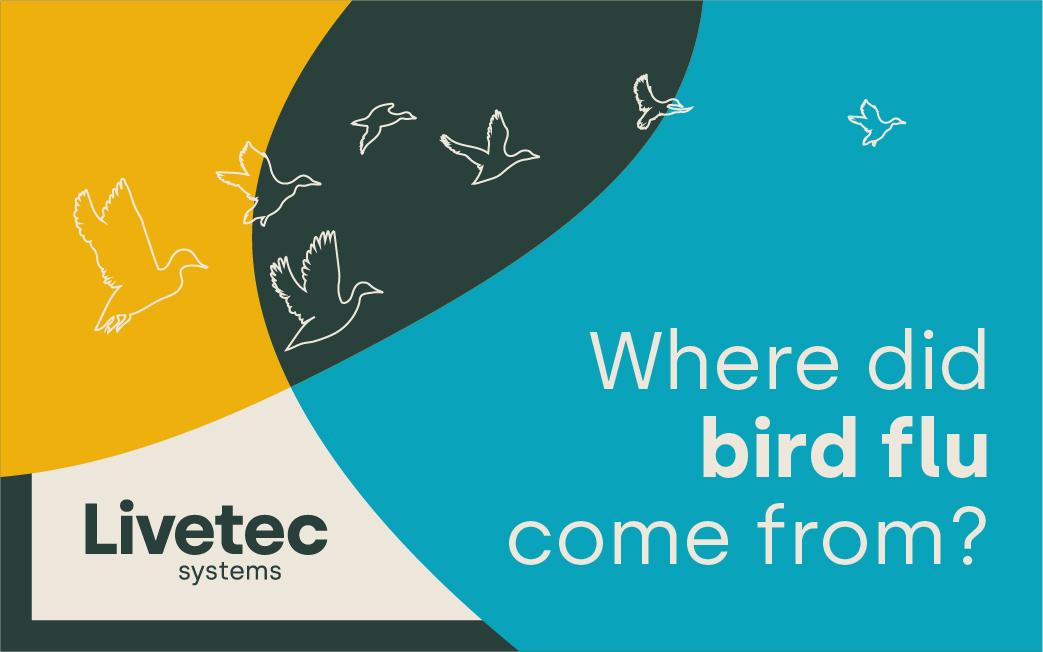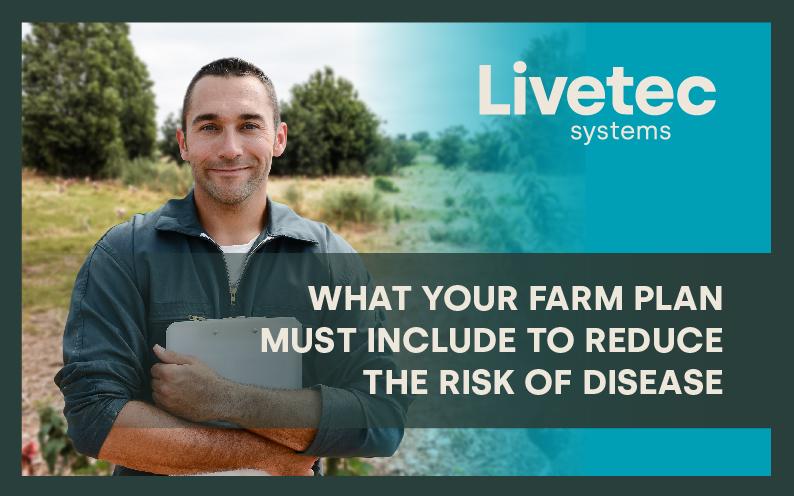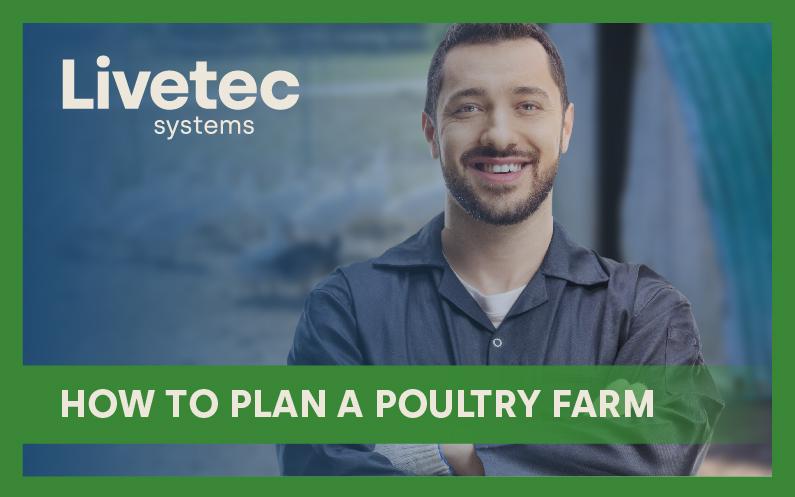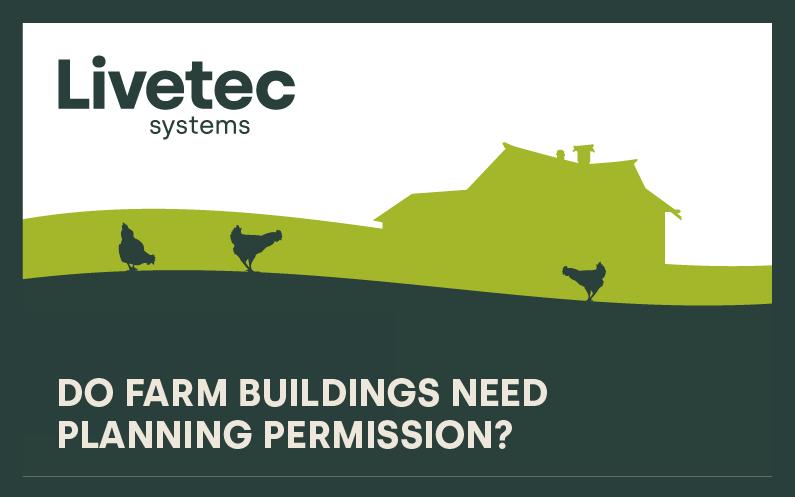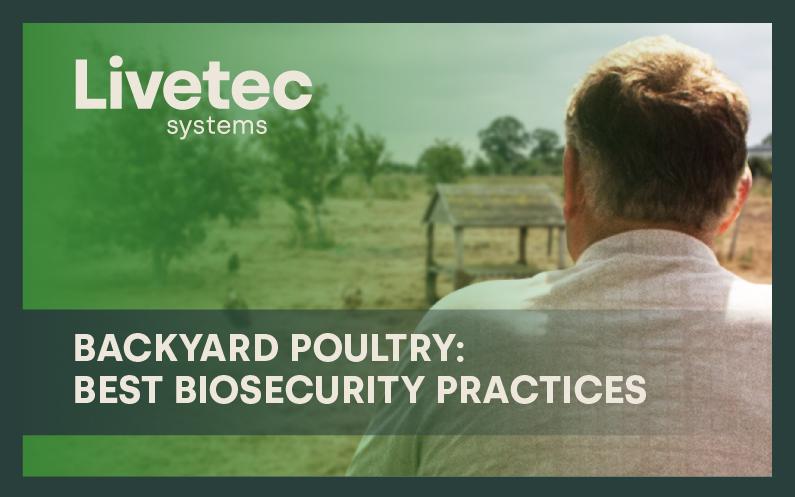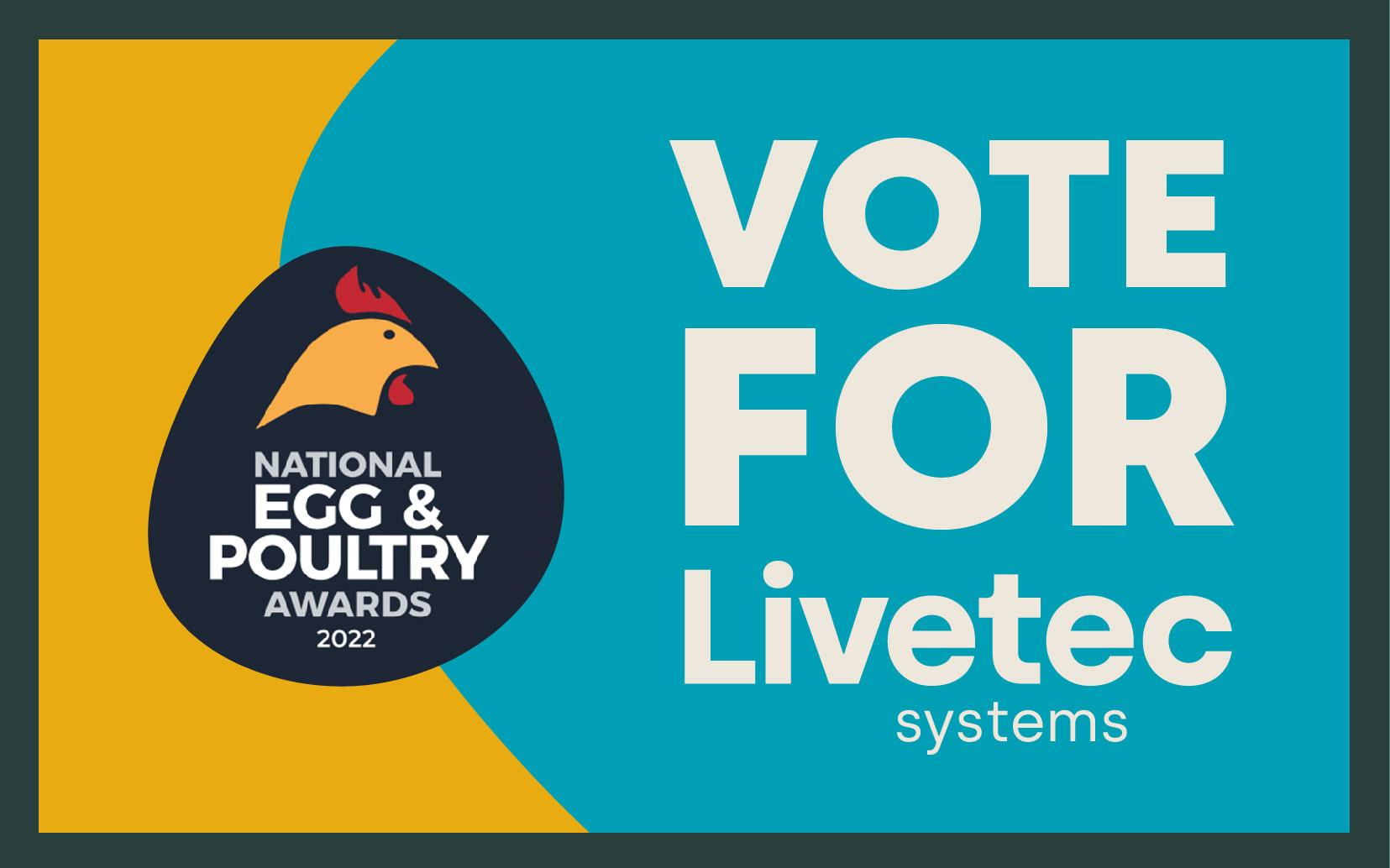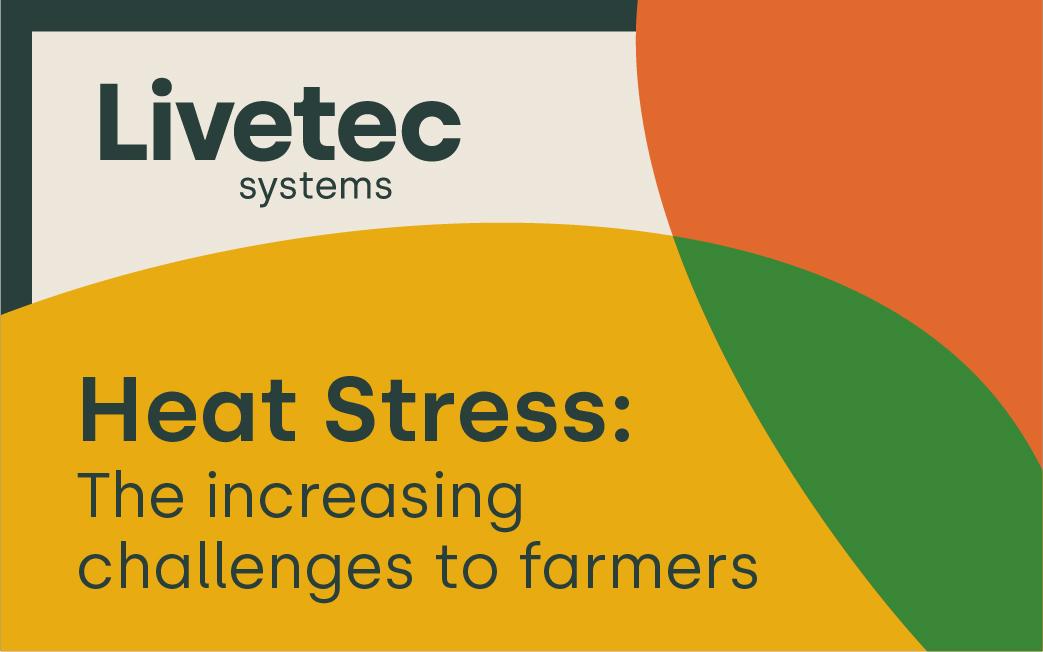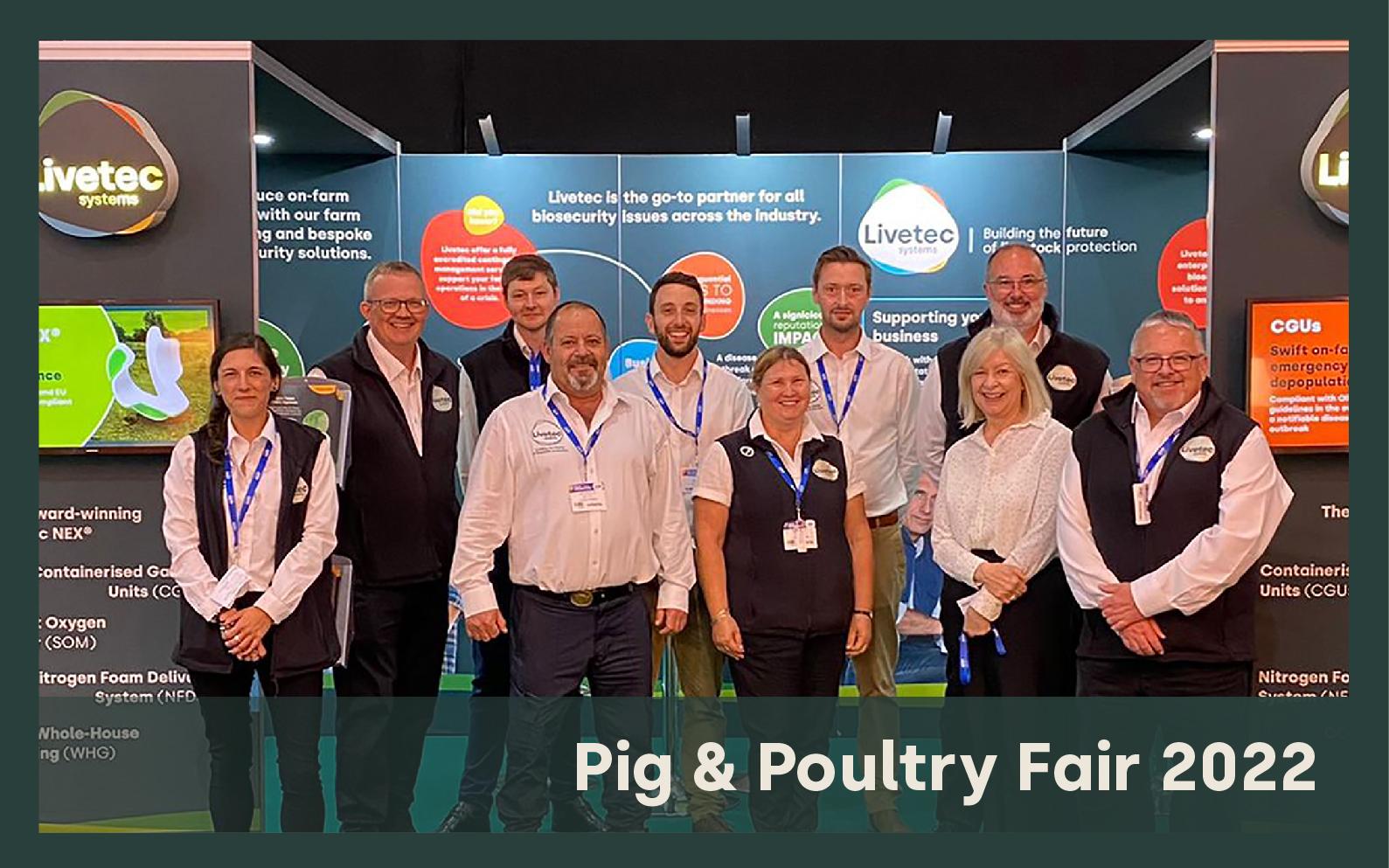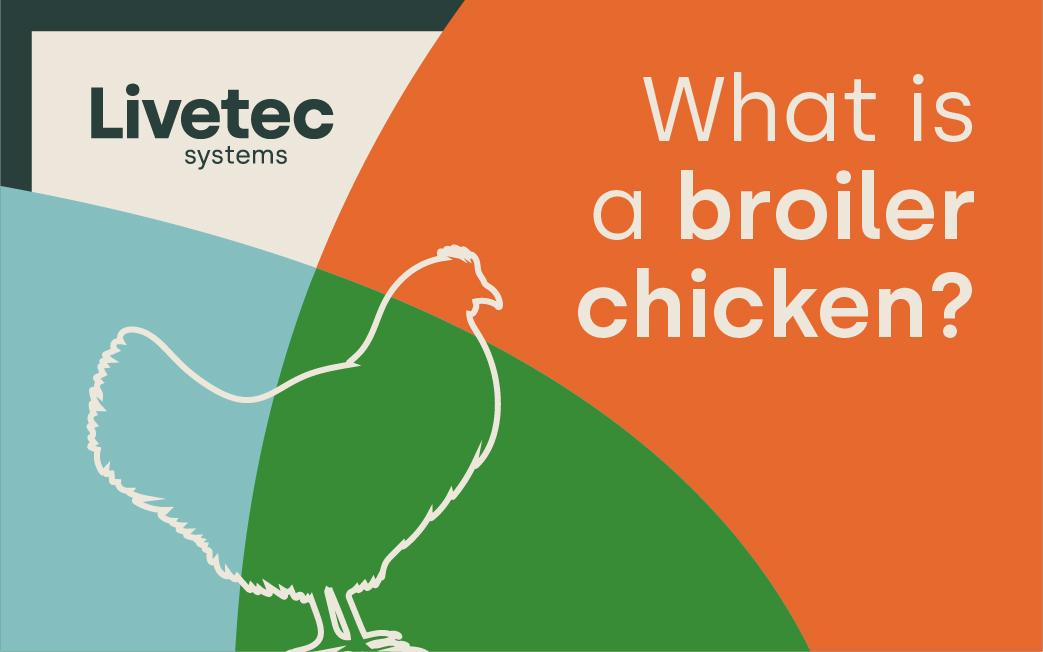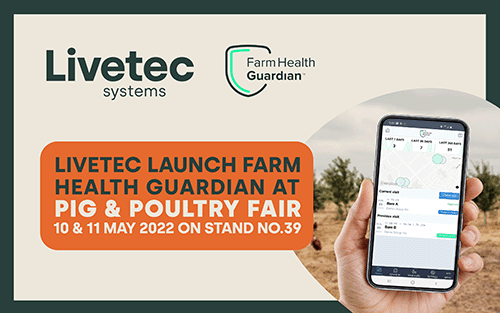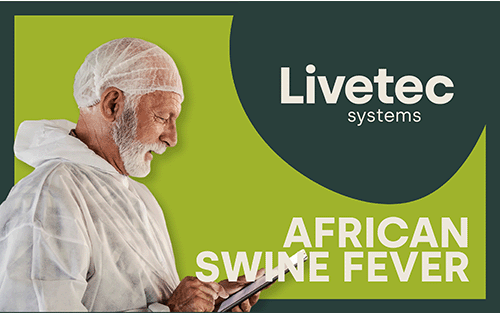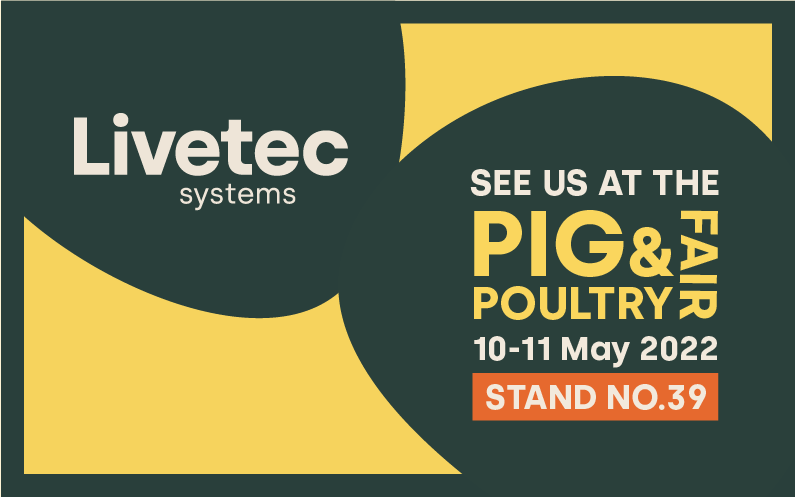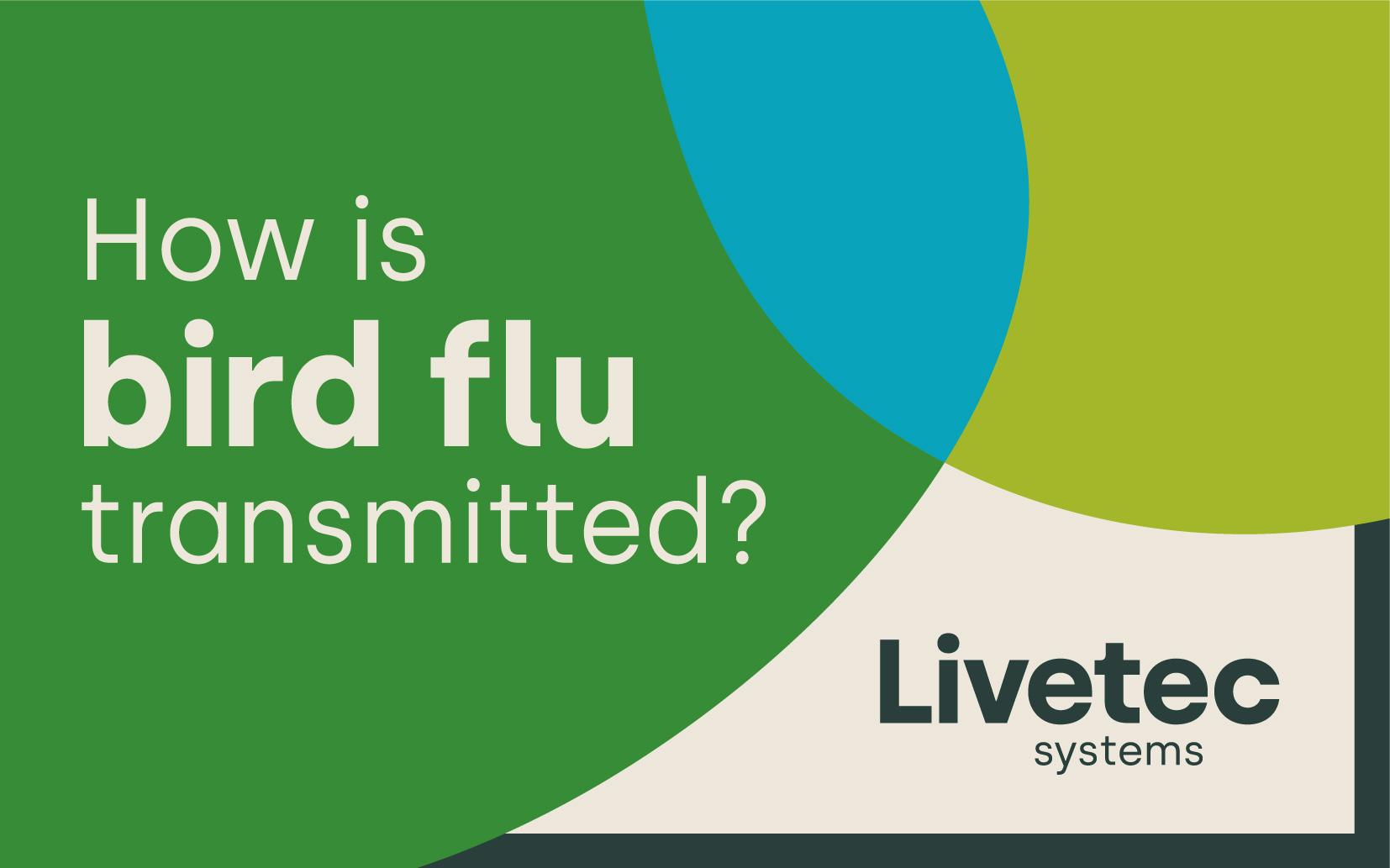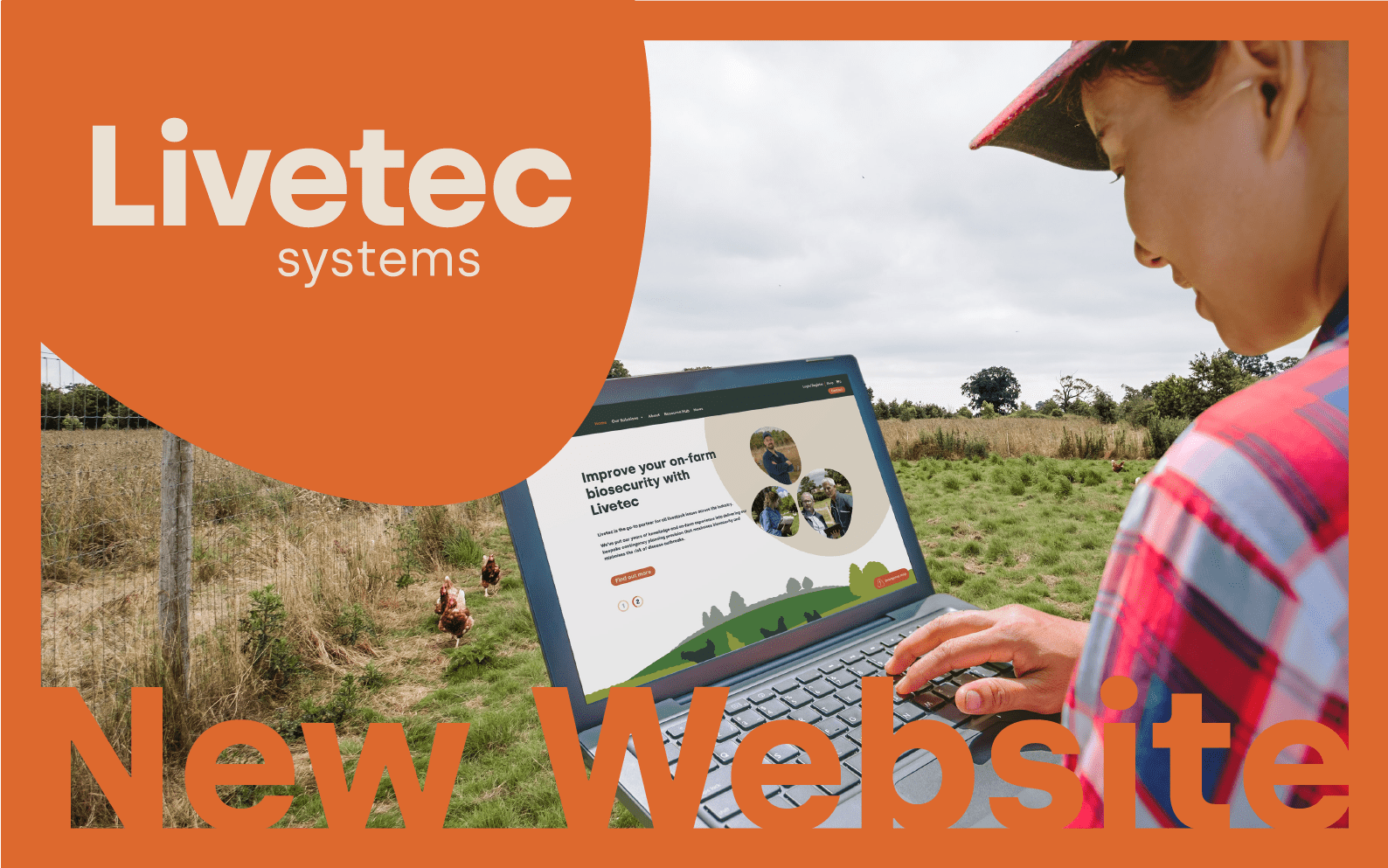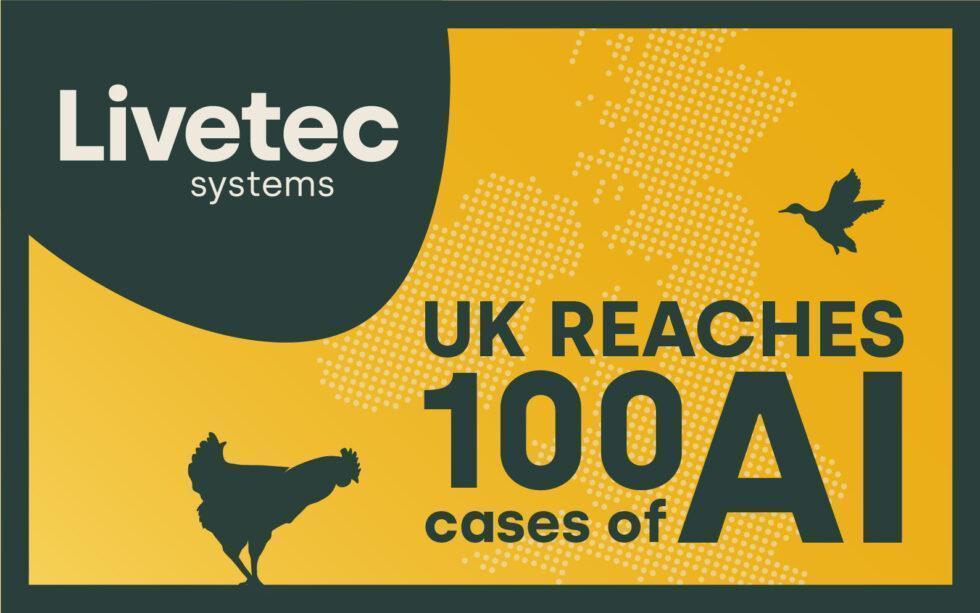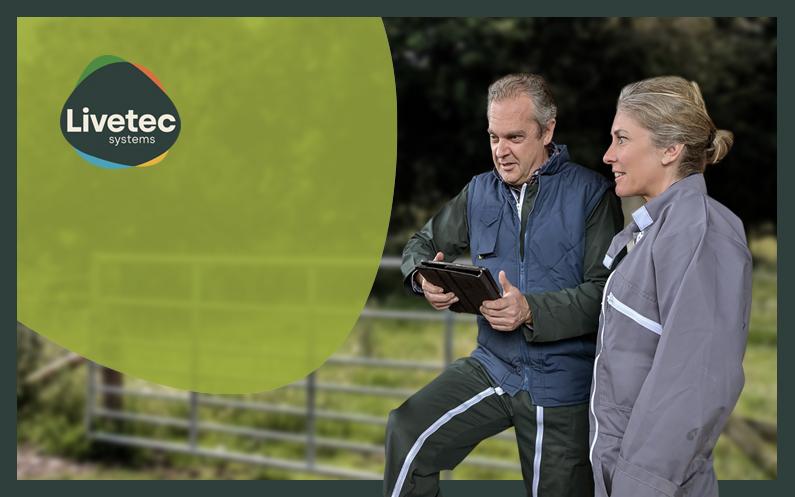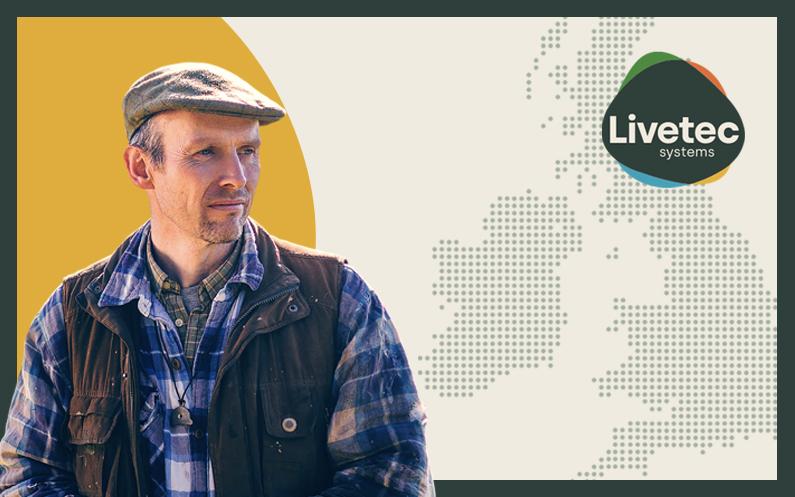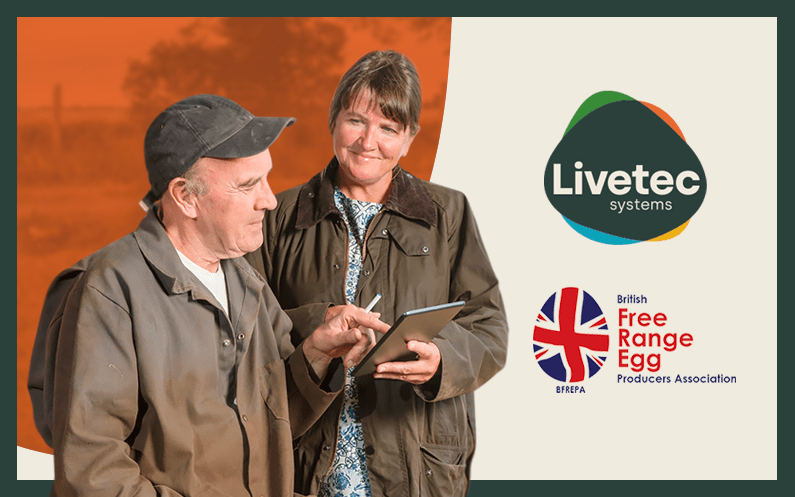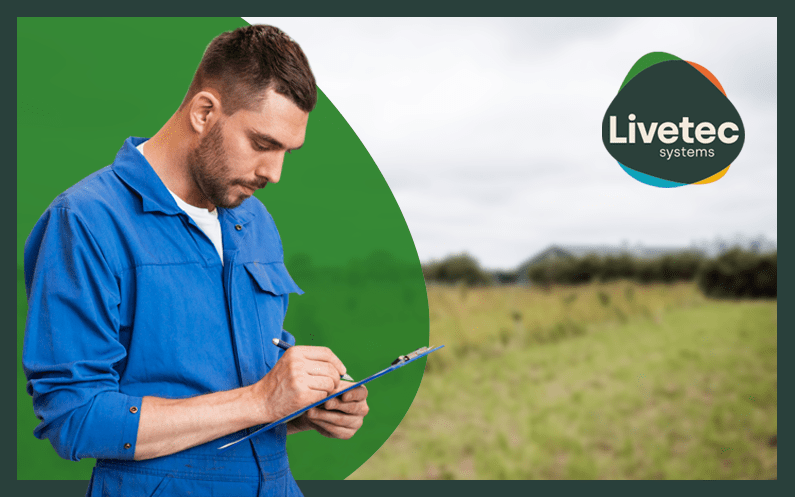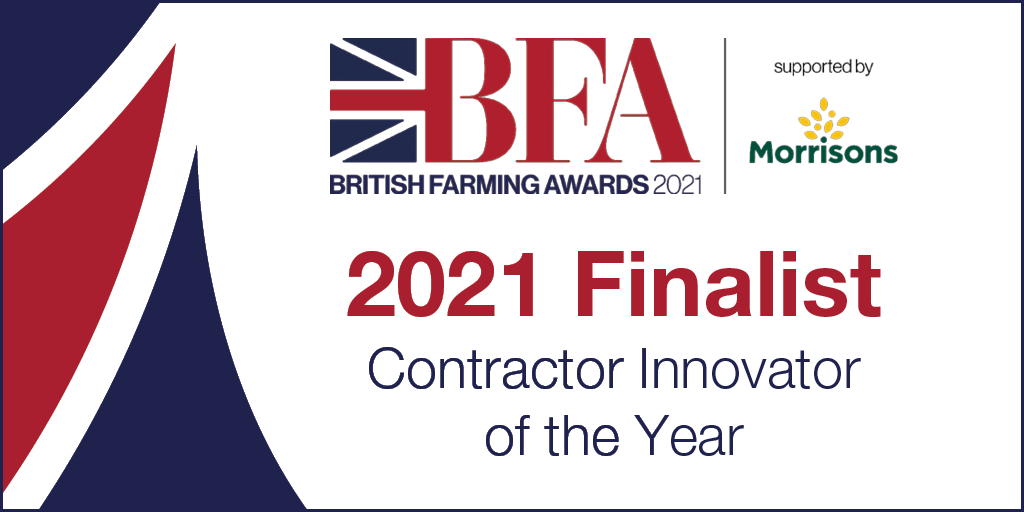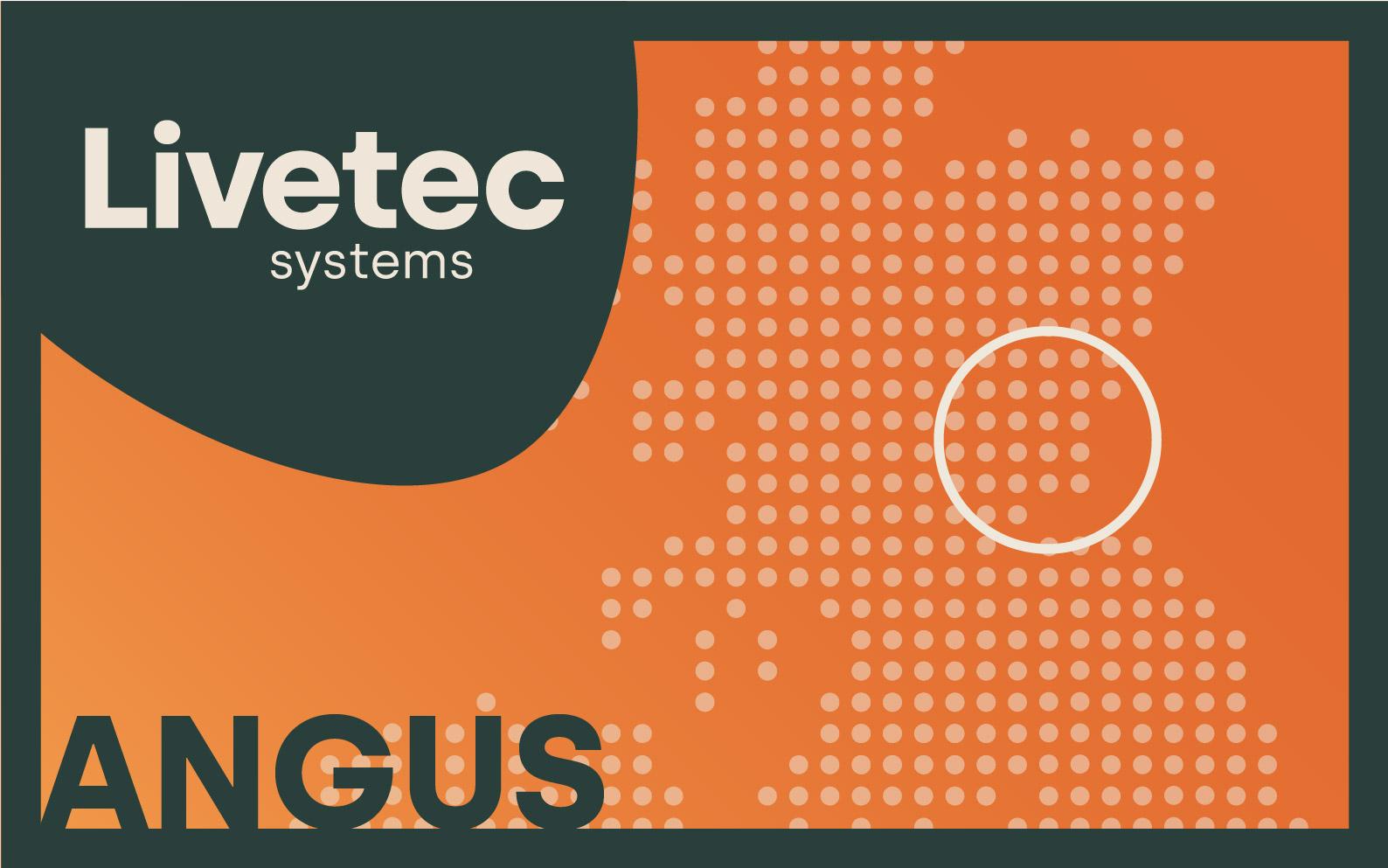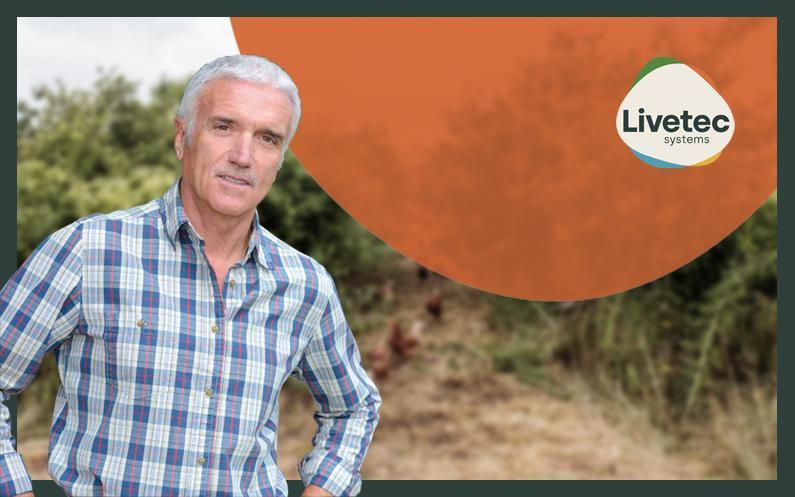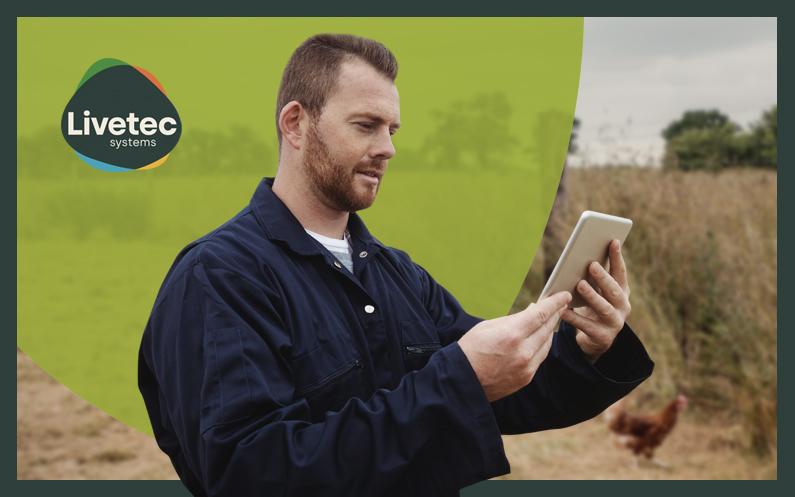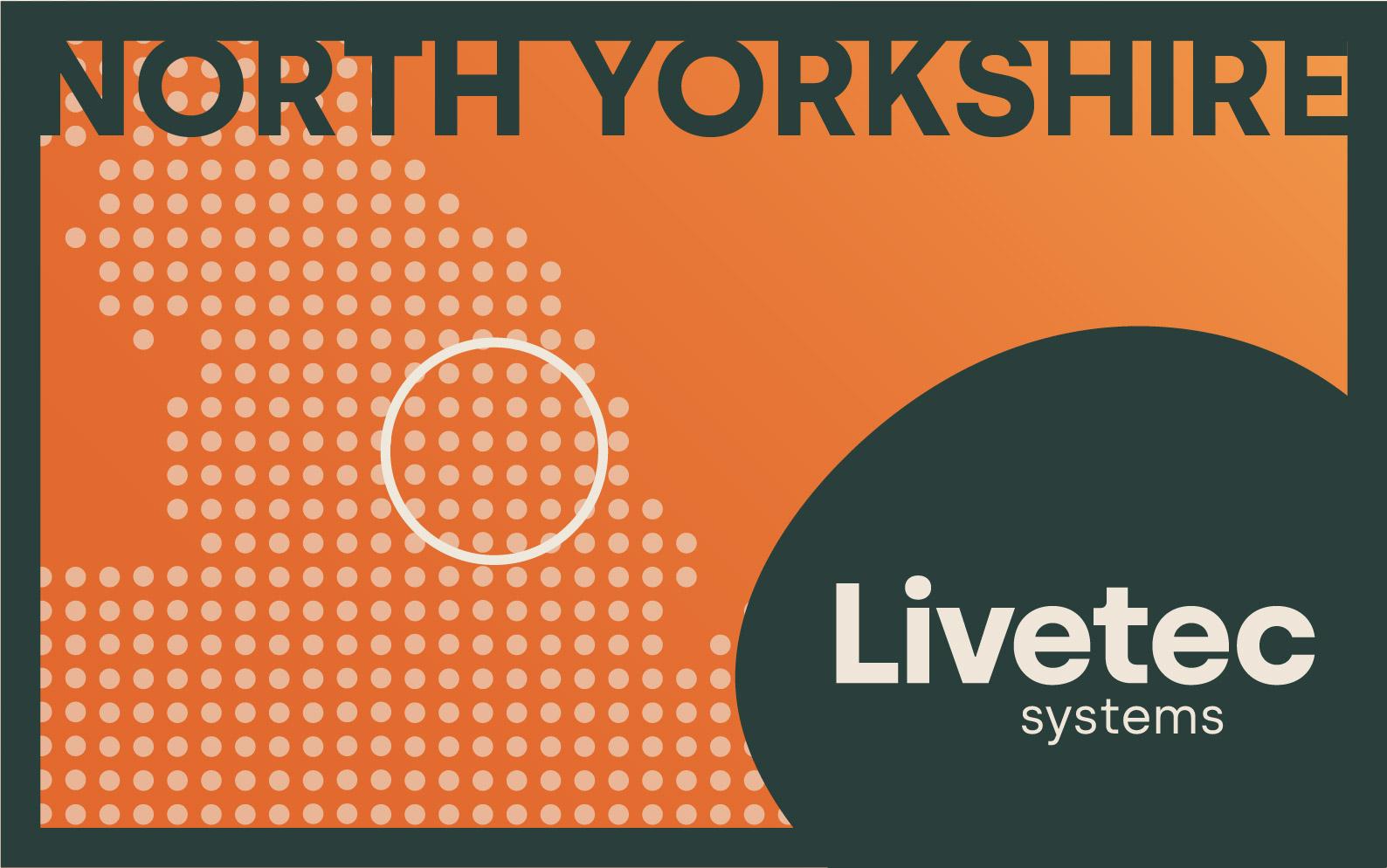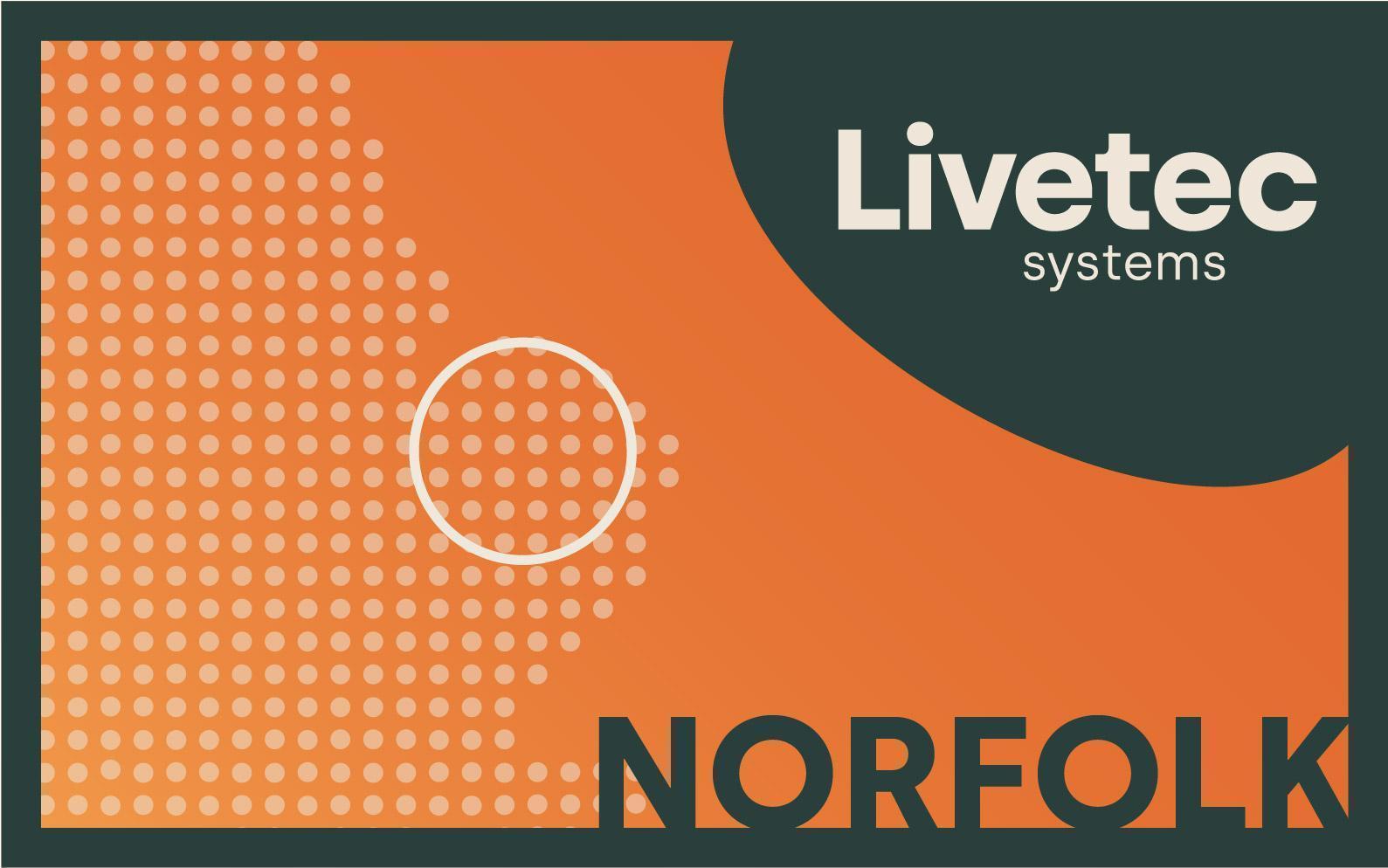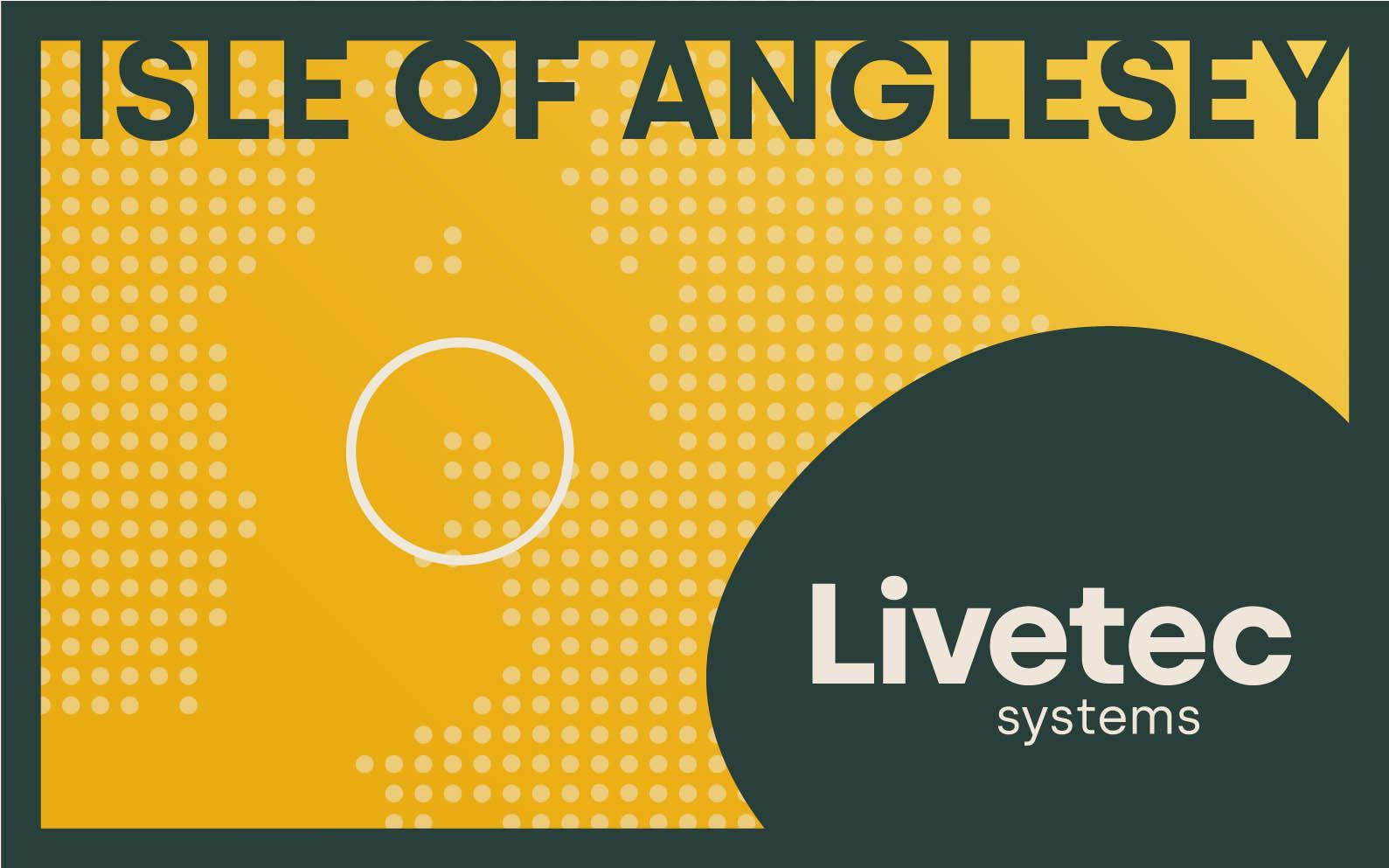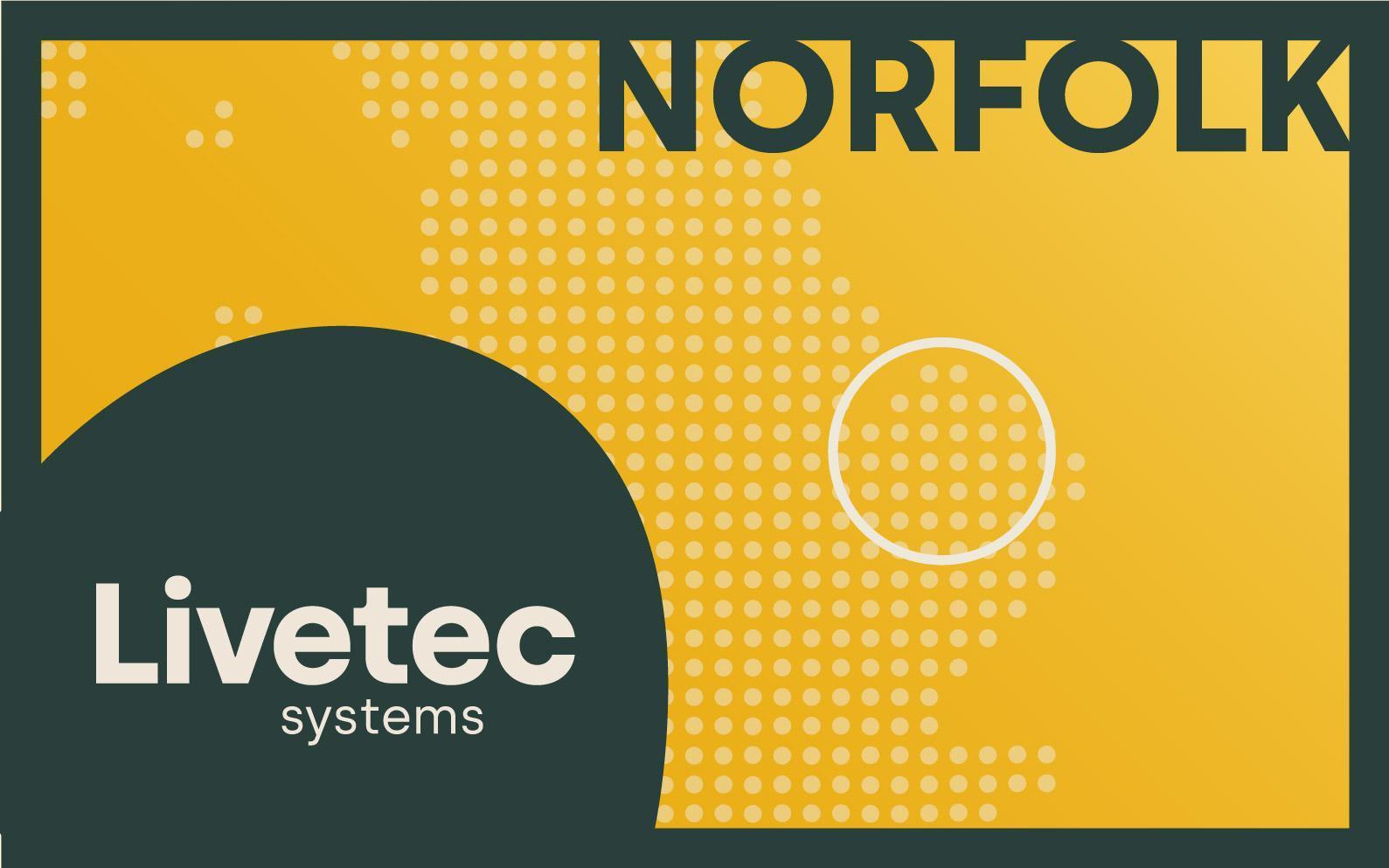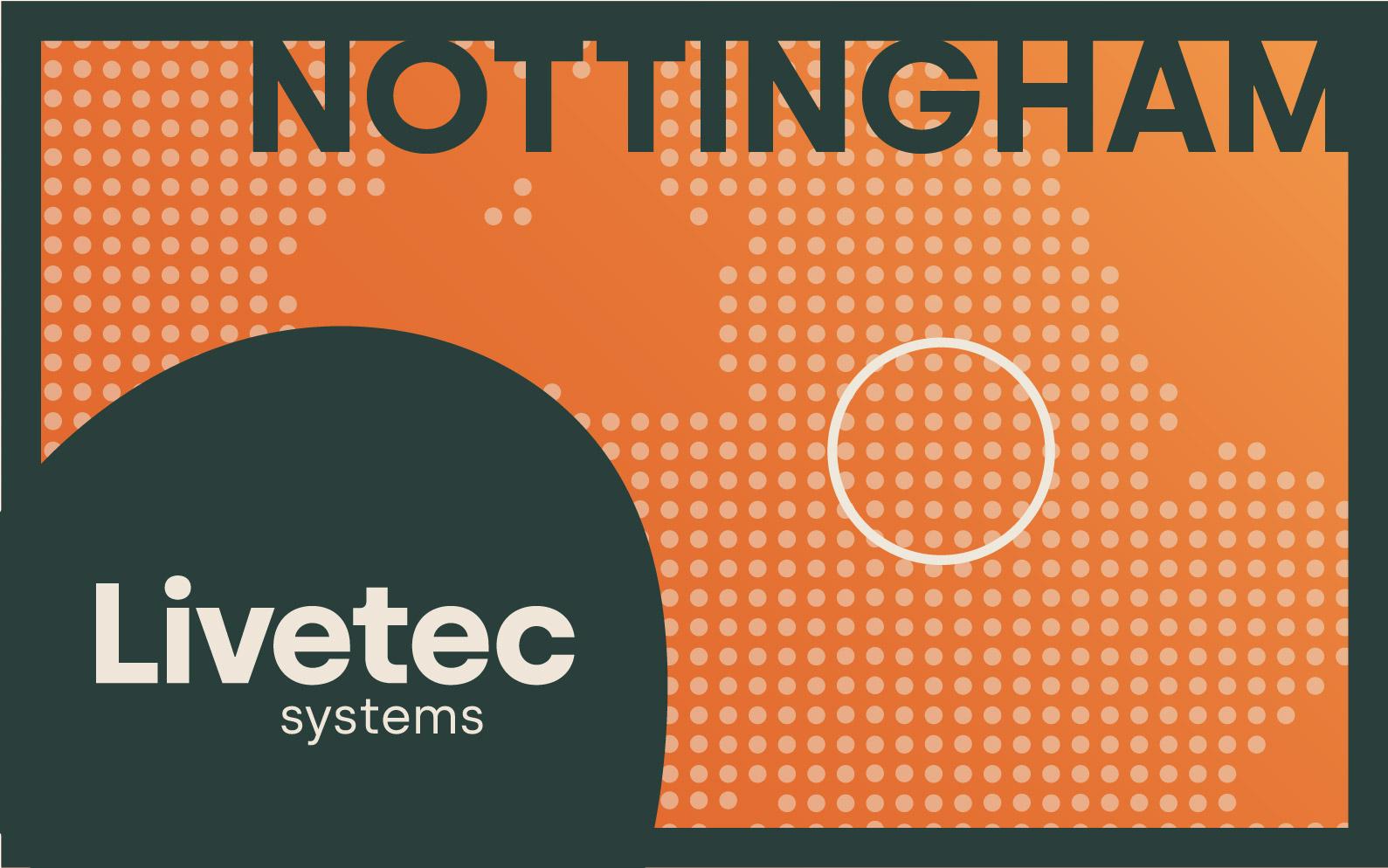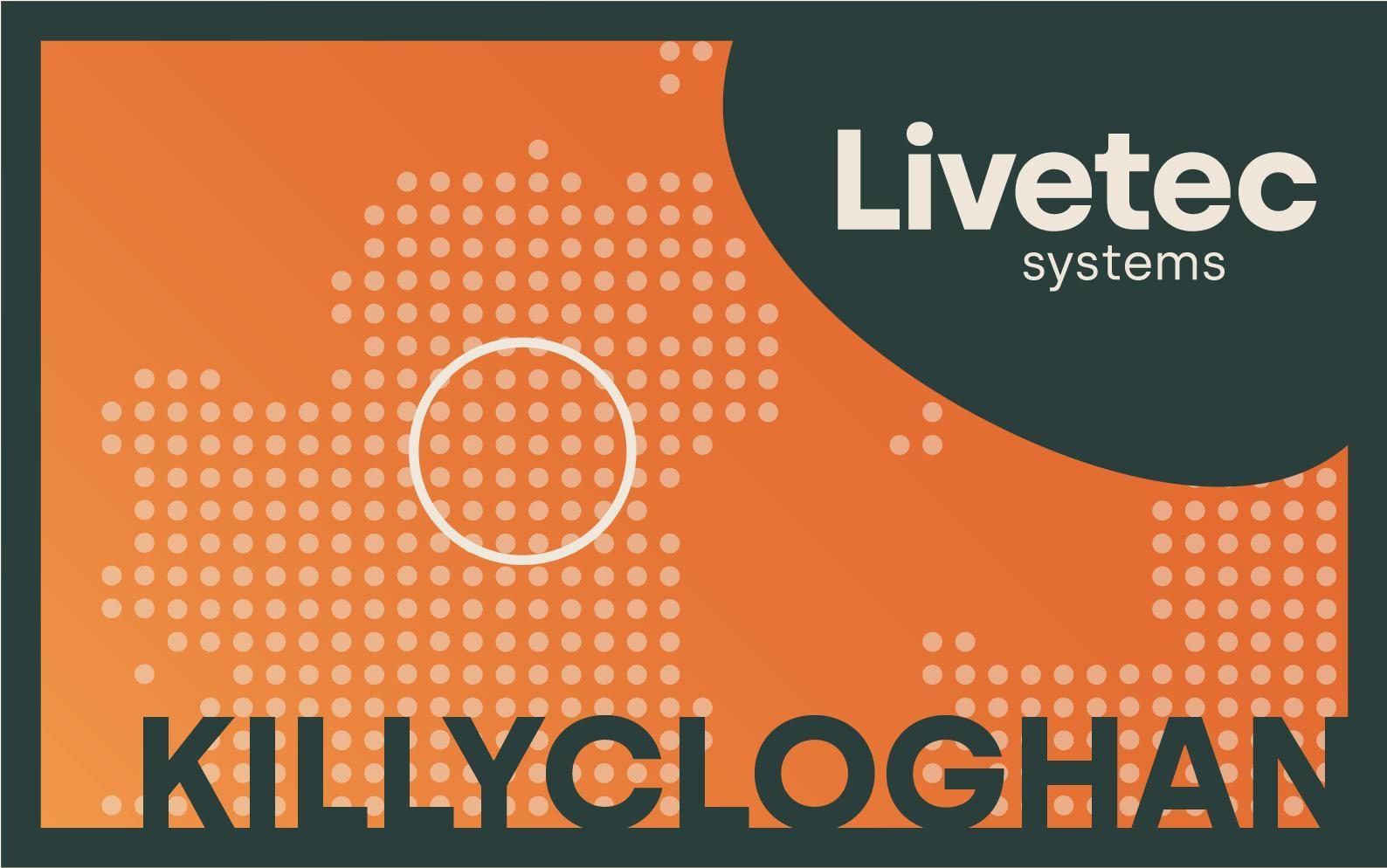Biosecurity is critical to safeguarding the health and wellbeing of your animals. But good biosecurity isn’t just about minimising the risk of devastating disease breakouts. It can also prevent your farm operations from being taken over by DEFRA or APHA.
It is the only way to ensure you don’t suffer huge financial losses as a result of preventable disease. A strong biosecurity strategy will protect the health of your team, make your business insurable as well as safeguard your farm’s reputation and its commercial contracts.
In short, biosecurity impacts every aspect of your farm business. You can’t afford for it to be an afterthought.
What does biosecurity mean?
When we talk about biosecurity, what we’re really referring to is a set of specific preventative measures and daily processes followed on-farm. These often take the form of rules and protocols which are imposed to reduce the risk of disease being brought onto the farm and spreading through your livestock.
A good biosecurity strategy will look at every possible point of entrance for disease, such as visitors, machinery, new livestock, and vehicles as these can help develop the measures that mitigate risks.
What is structural biosecurity?
Structural biosecurity deals with the physical structure of a farm and its layout, including how people and animals use the space and navigate the land.
Typical considerations include:
- Perimeter fencing – to keep out unwanted visitors.
- Building maintenance -to prevent wildlife and vermin entering.
- Standing water and drainage systems – to avoid the build up of pathogens and micro-organisms and ensure adequate water for cleaning.
- Ventilation systems – to maintain adequate air quality and temperature.
- Feed storage – to prevent spoiling and access by vermin and wildlife.
- Animal housing design and layout – to safeguard livestock from contact with wildlife and vermin and prevent different groups mixing.
- Washroom facilities for workers – to avoid germs being tracked onto farm on clothing and footwear and then transferred from one part of the farm to the other.
- Movement of vehicles around the farm – to prevent disease being spread.
- Movement of animals around the farm – to promote isolation and avoid contact with potential sources of disease.
Structural biosecurity can seem overwhelming because it encompasses your land and everything on it. However, it is your primary line of defence so must be taken seriously. How you manage the use of buildings and movement around your farm can dramatically reduce the spread of pathogens and disease.
For example, having separate housing for existing livestock and new livestock arriving on-farm means disease can’t spread from one group to another, as there is no contact between the two.
Likewise, having disinfectants in place at the entrances, exits and zones on the farm for humans as well as vehicle traffic can stop any pathogens or disease being transferred from the visitor or vehicle onto your land and through it.
On the flip side, poor structural biosecurity can remove the barriers that prevent disease incursion and make it easier for illness to sweep through your livestock.
There is no one tactic, tool or procedure that can assure strong biosecurity. A range of targeted measures and well defined protocols are necessary to create and maintain the appropriate levels of protection.
What is operational or procedural biosecurity?
Operational or procedural biosecurity encompasses all day-to-day activities that take place as you go about your usual business on farm. For example:
- Visitors – how they are recorded and what happens before they are permitted access.
- Cleaning and disinfection – how and when this is done.
- Disease monitoring – how monitoring is carried out, how frequently and how records are stored.
- Depopulation – how it’s carried out.
Operational biosecurity is your final line of defence against the incursion of disease, because knowing what should be done isn’t the same as rigorously adhering to the processes specifically designed to minimise the threat of disease.
Not properly carrying out depopulation can mean that not all infected livestock is removed from the farm, and can significantly delay the secondary cleansing and disinfection process, which can already be delayed if you do not already have a suitable plan in place.
Why do you need multiple levels of biosecurity?
No one type of biosecurity will protect your farm and its livestock from the presence of disease.
It’s not enough to have disinfectant trays at the entrance and exit of animal housing for example if you don’t have robust enough perimeter fencing to stop unwanted visitors accessing your land.
Recording visitors won’t compensate for animal housing not being adequately maintained.
You must shroud your farm in multiple layers of appropriate biosecurity measures to protect against each threat, from all directions. Failure to do so provides a pathway for disease and its cascading welfare and wellbeing implications.
The loss of livestock to disease also hampers productivity, renders your business uninsurable, is detrimental to morale, and can result in high financial losses, whilst preventing your farm from operating. This could lead to a loss of contracts and long term financial hardship.
Biosecurity is the most powerful and effective weapon when it comes to mitigating against the risks of disease incursion. In the worst case scenario, a strong biosecurity plan will also help get outbreaks under control quickly, with the least possible impact on livestock welfare, farm finances, operations, and its businesses reputation.
Livetec is building the future of biosecurity
Livetec is at the forefront of biosecurity in UK agriculture. With more than a decade’s worth of experience helping farmers around the country overcome biosecurity-related challenges, our science-backed solutions envelop your farm in the highest, most comprehensive form of protection.
We leave nothing to chance with expert biosecurity solutions, which make the wellbeing of your livestock and your farm business our absolute priority.
Our range of services provide everything required to identify risks and remove or reduce them, with a structured, methodical, and scientific approach that delves deeply into every aspect of structural and operational biosecurity, so you can be assured you aren’t exposing your farm to avoidable risk in any area.
Services include on-site consultations and expert advice, biosecurity planning, contingency plans, bespoke farm mapping, cleansing and disinfection schedules of work, disease outbreak exercises and assurance scheme pre-audit checks. Contact our team to find out more.

